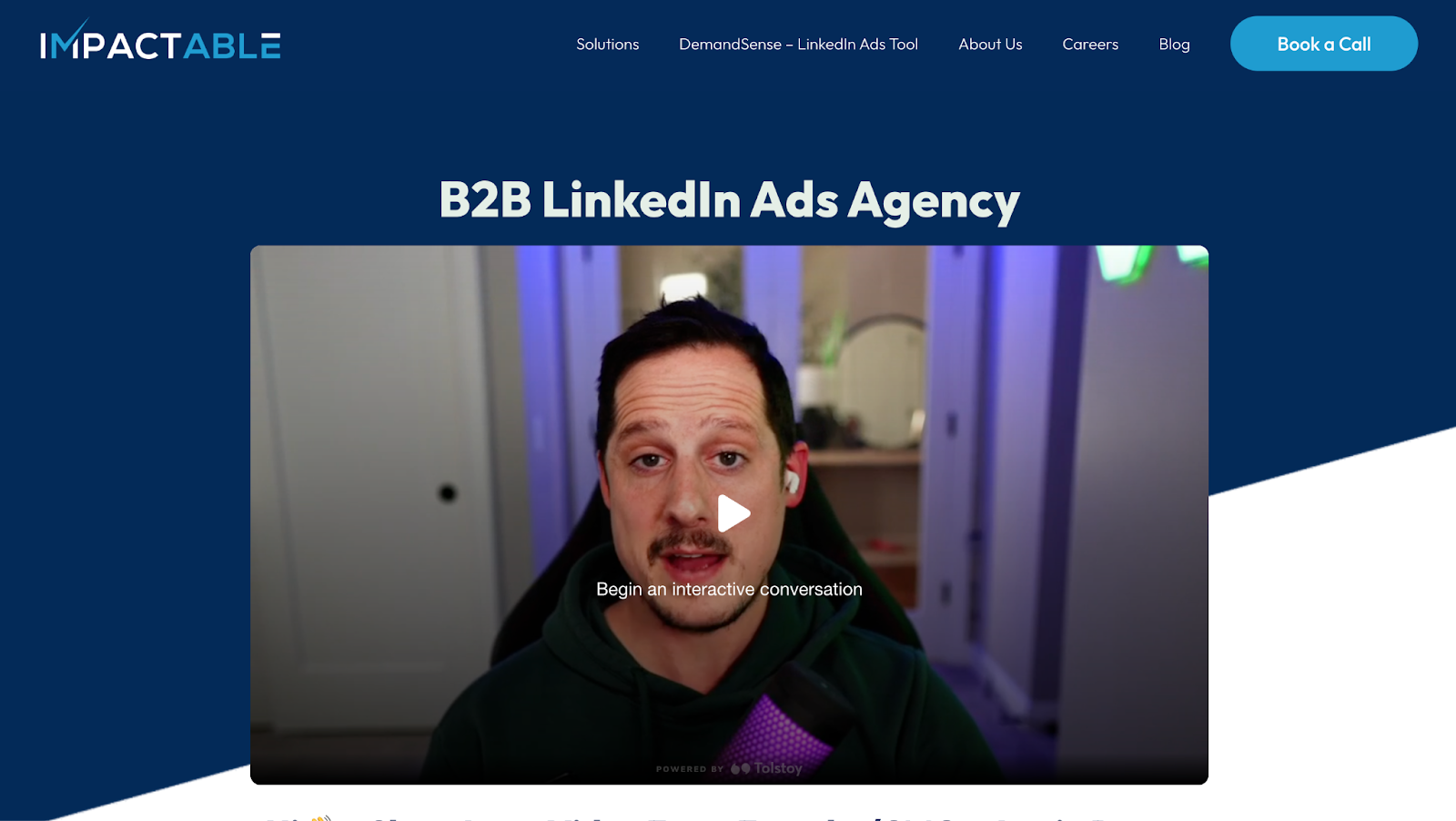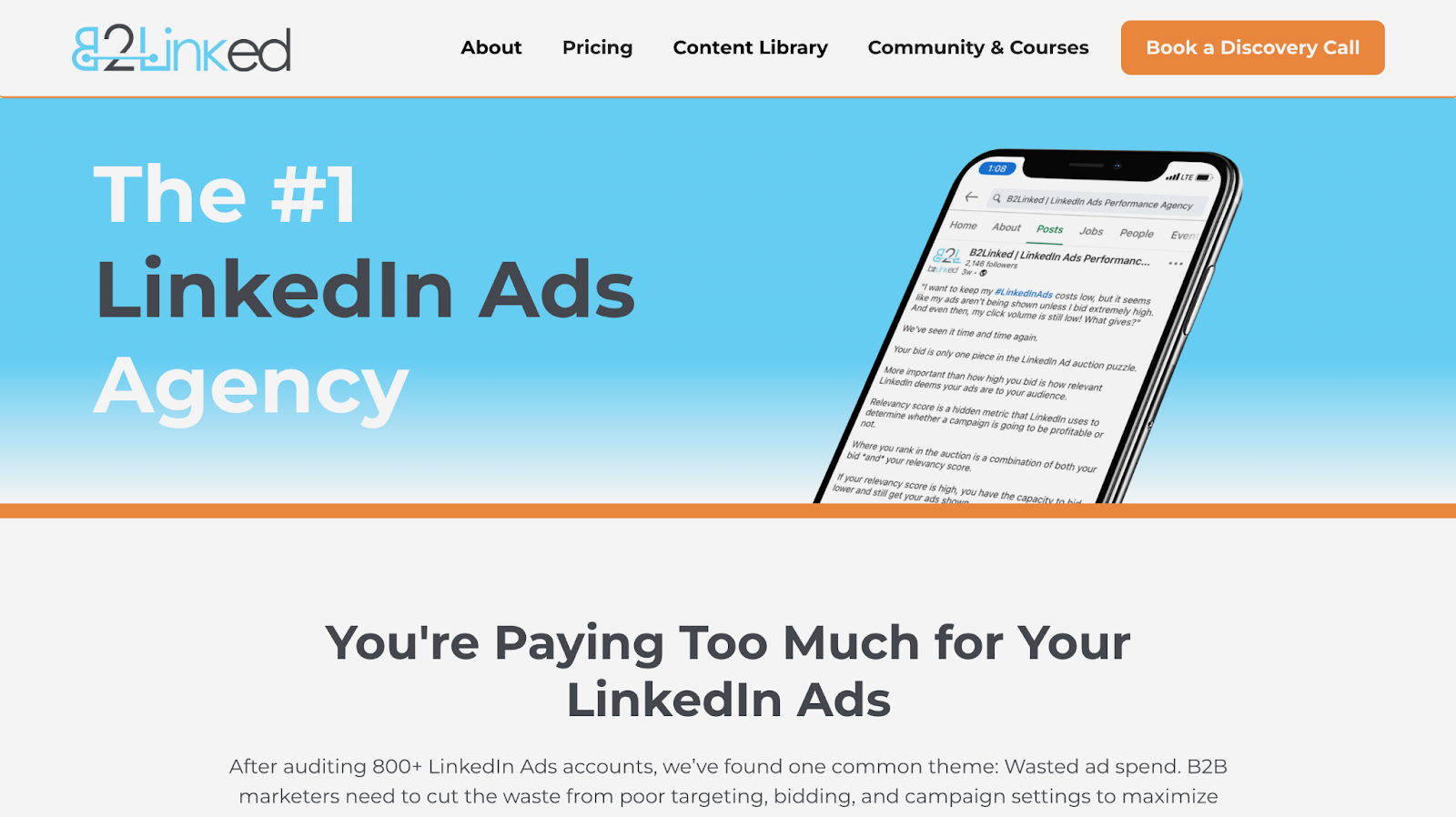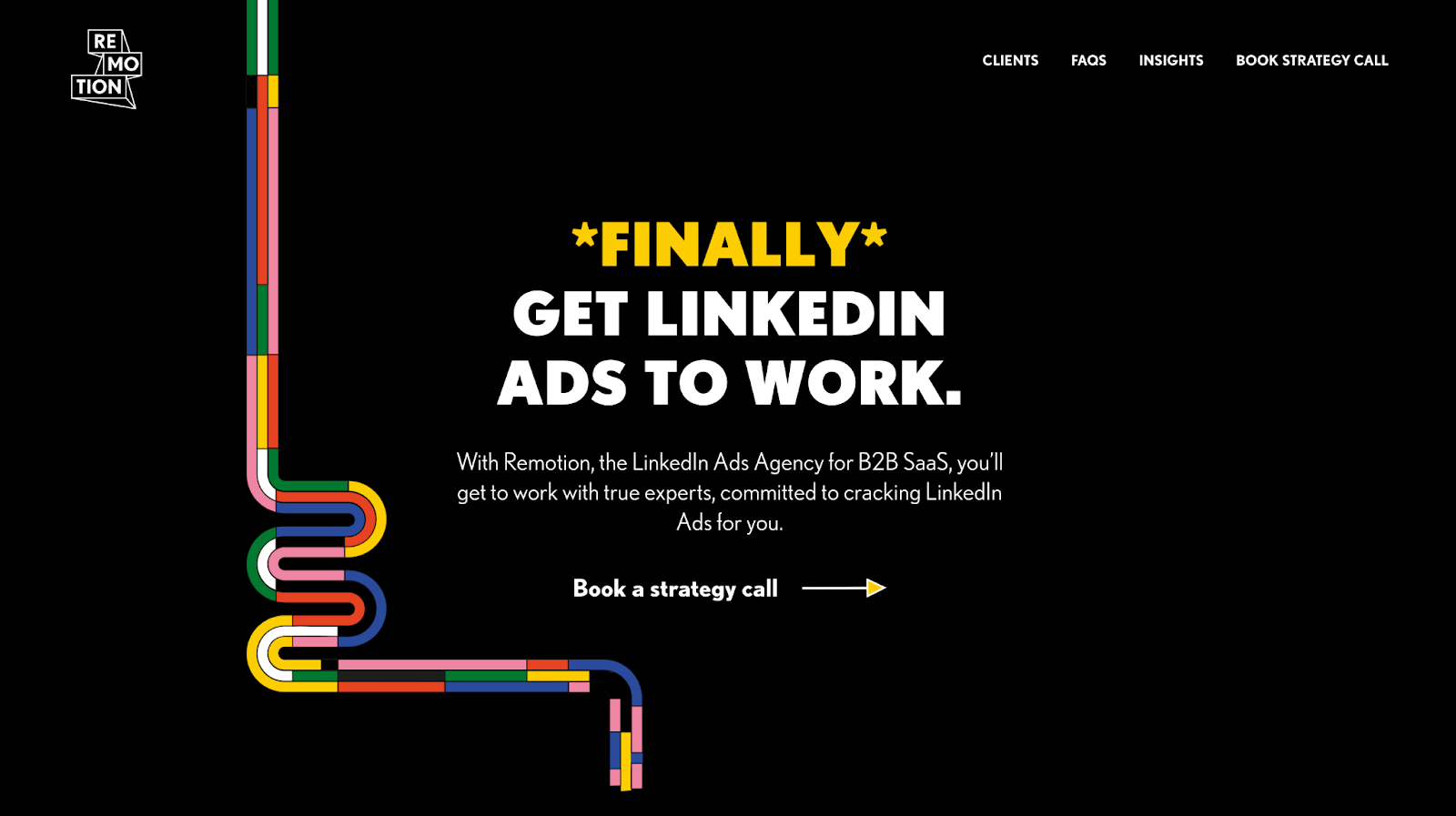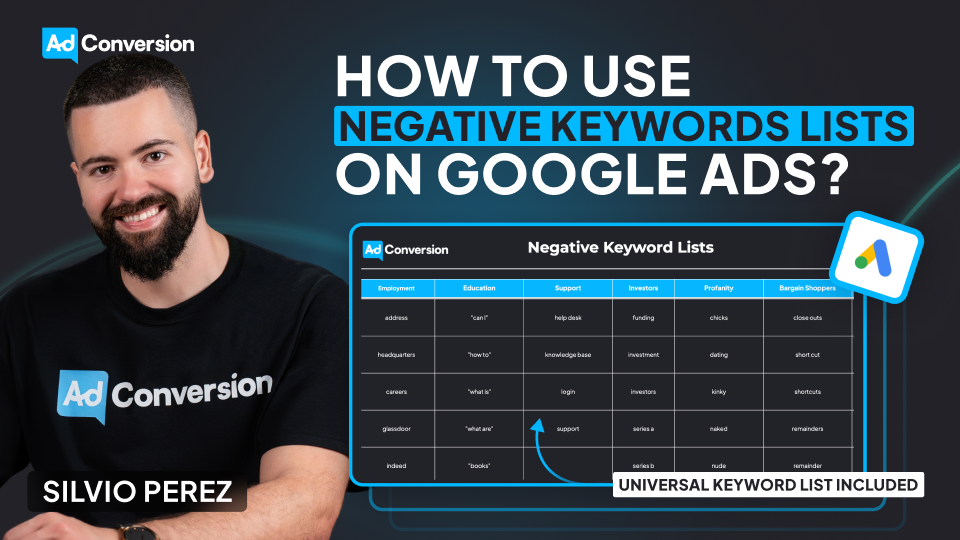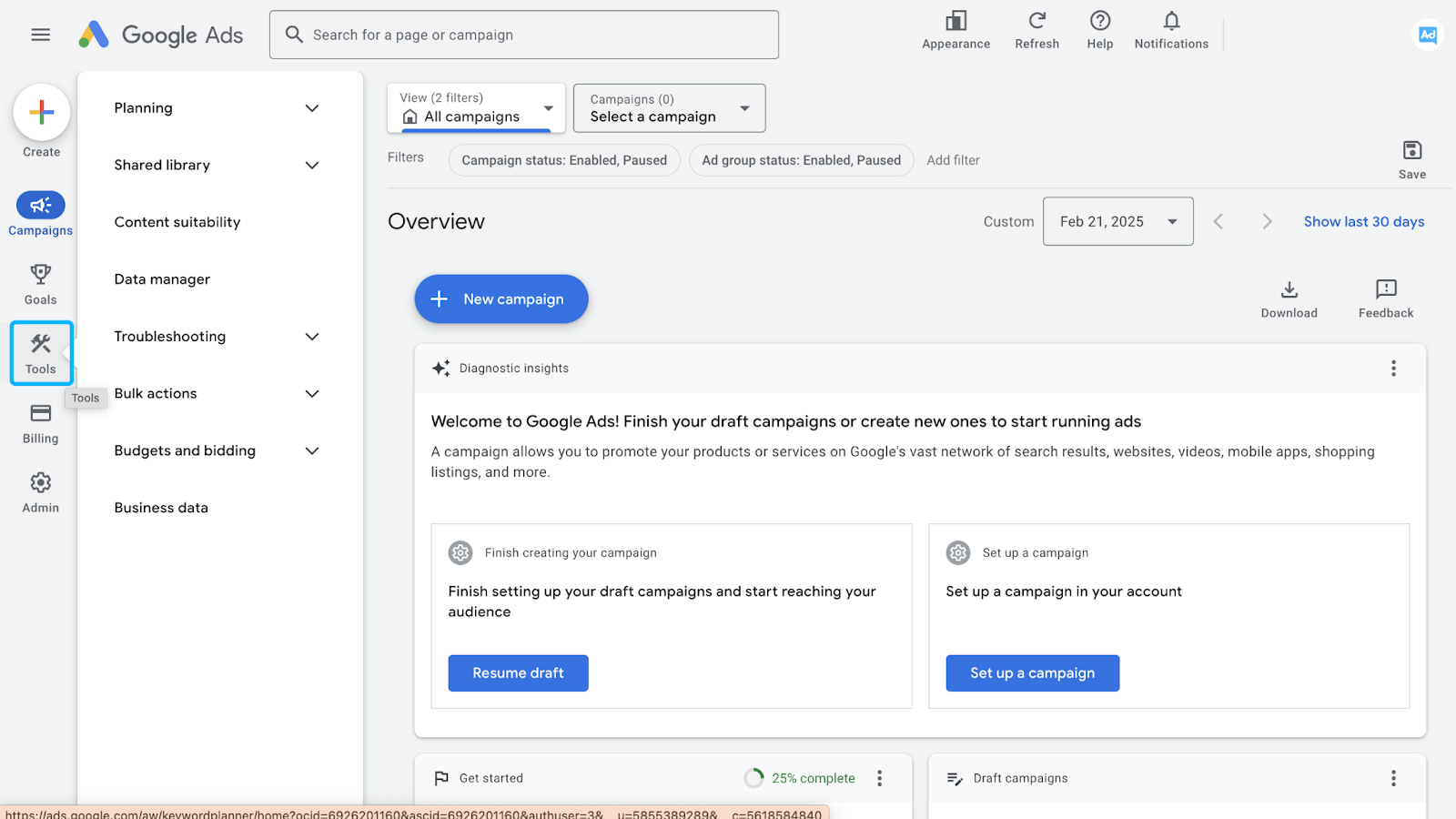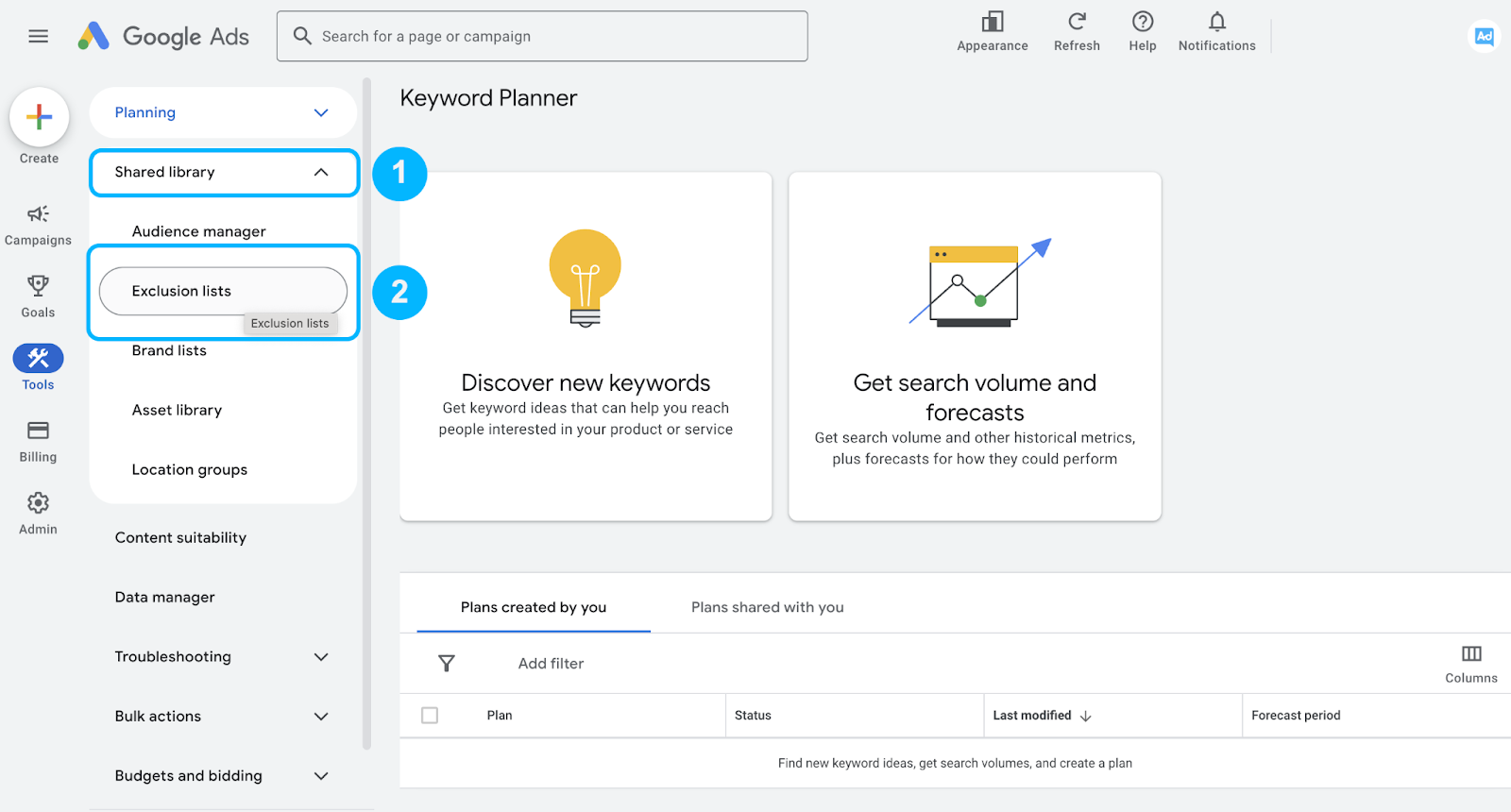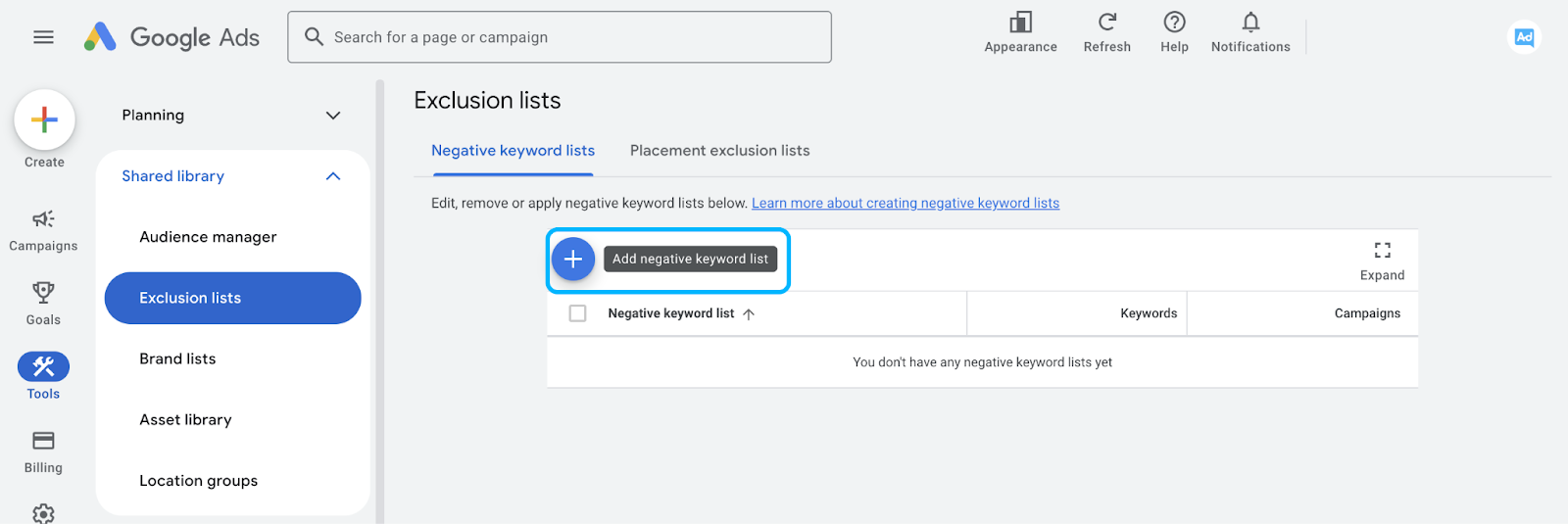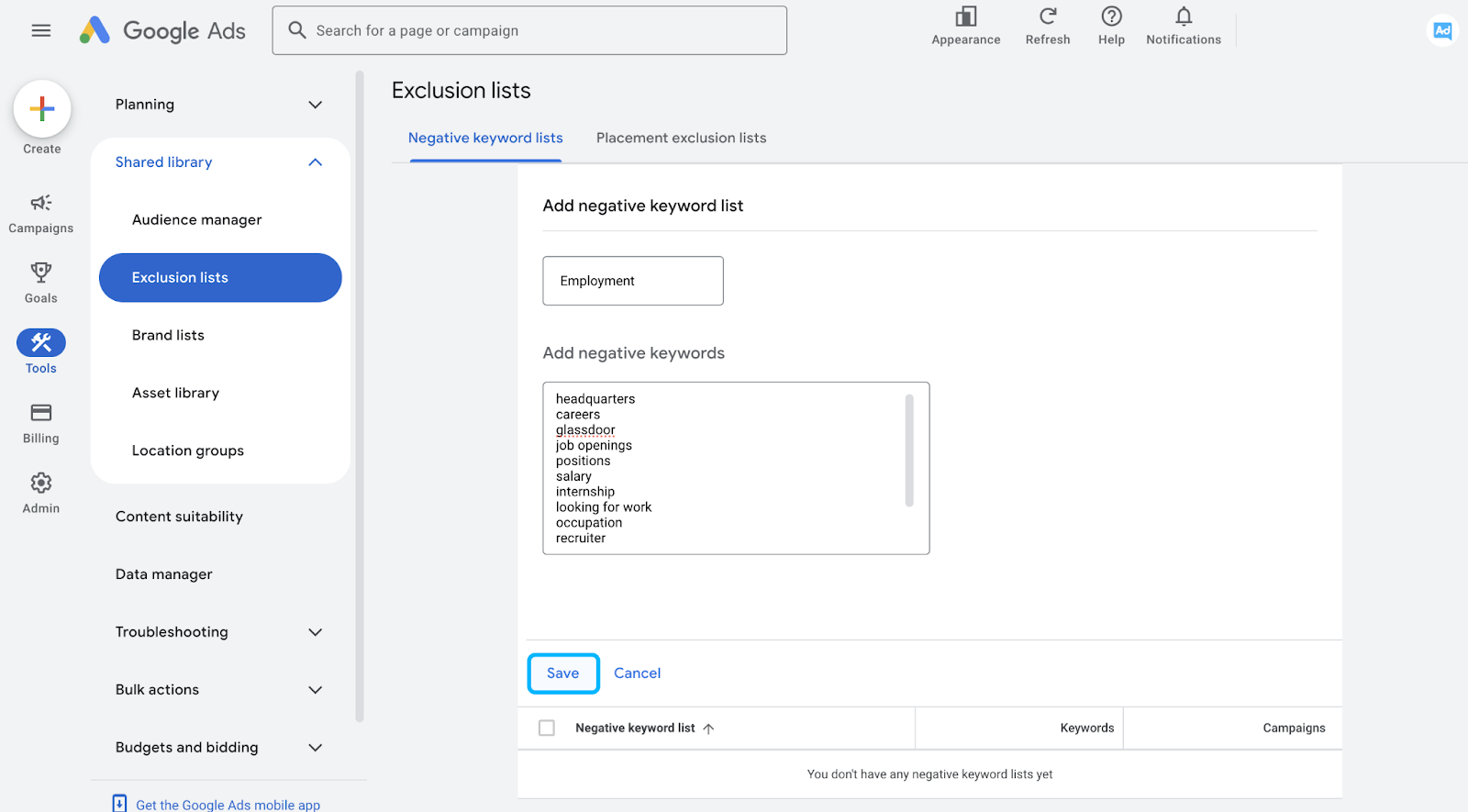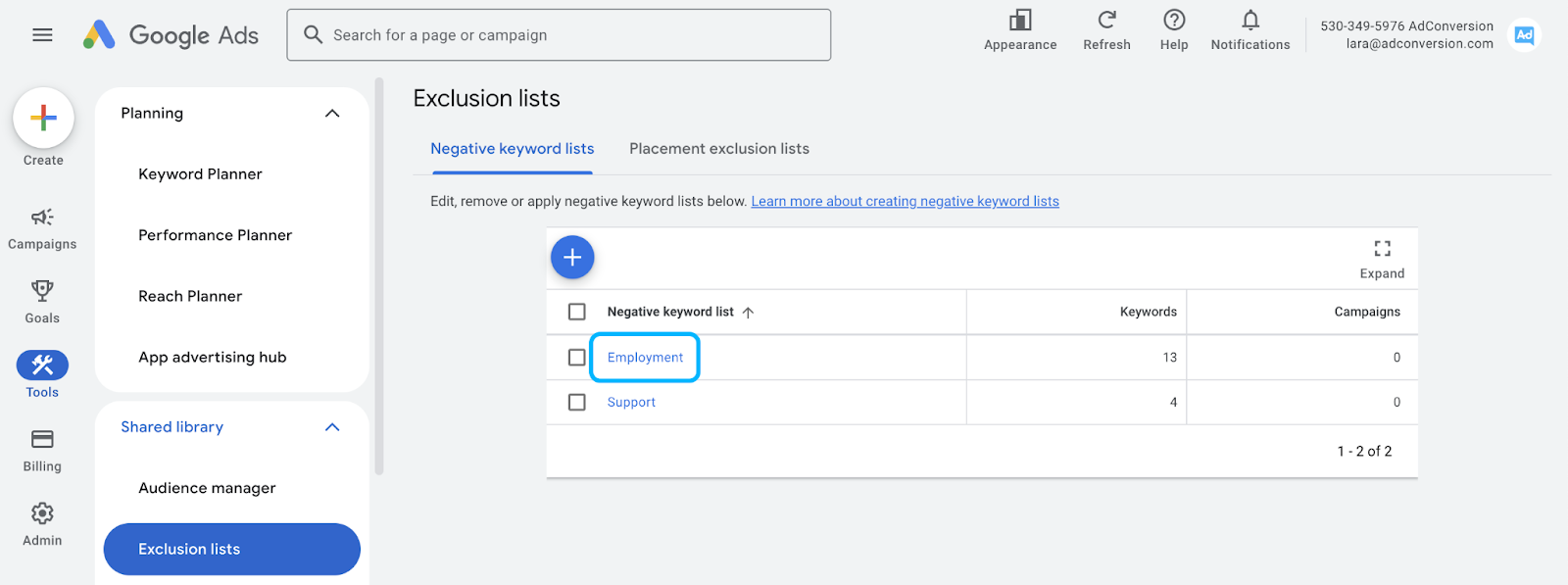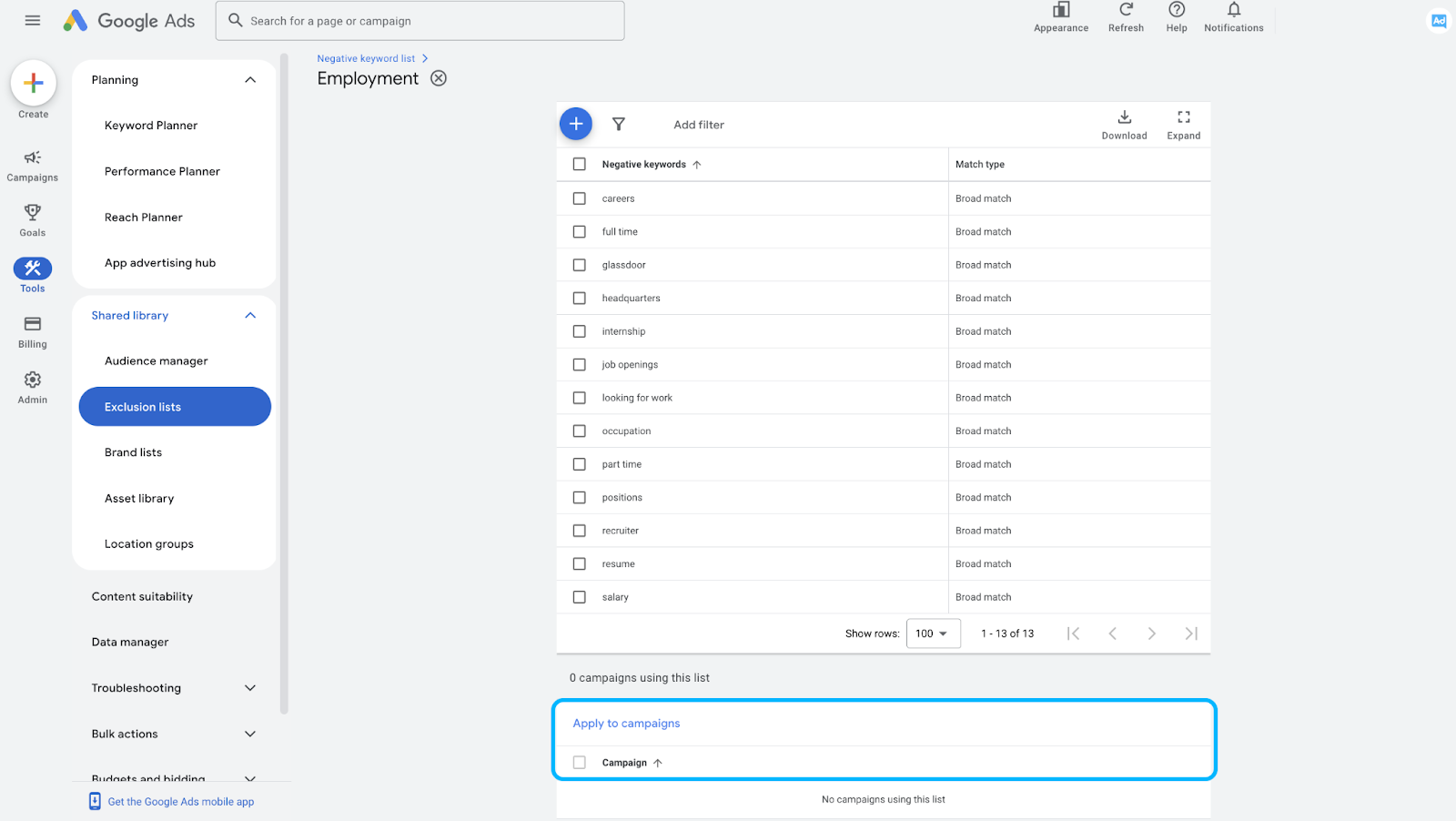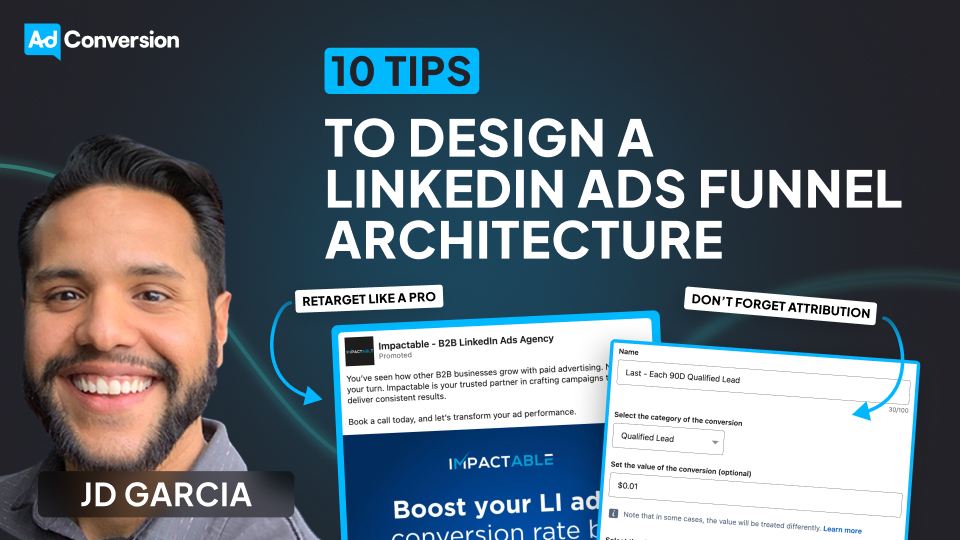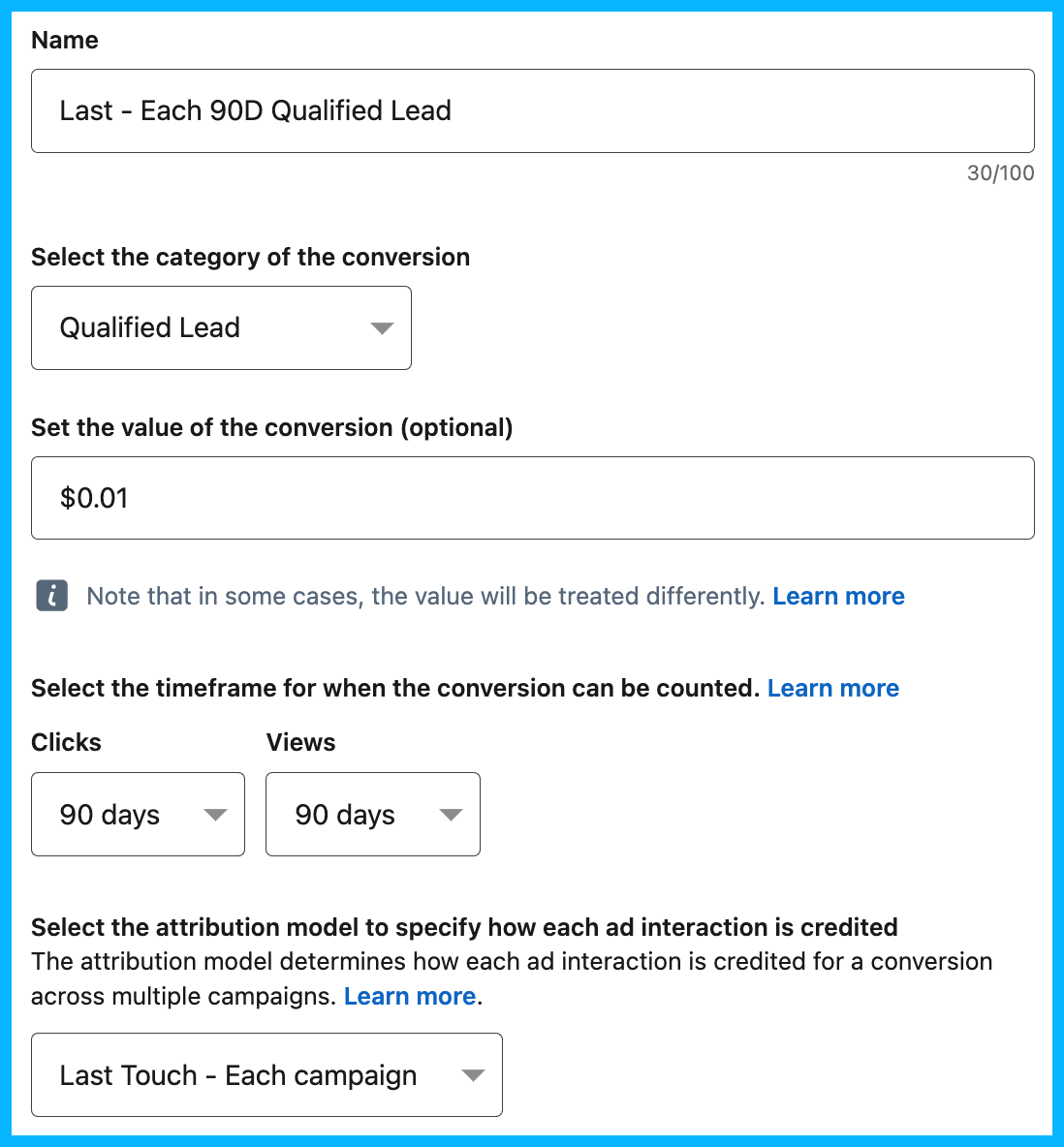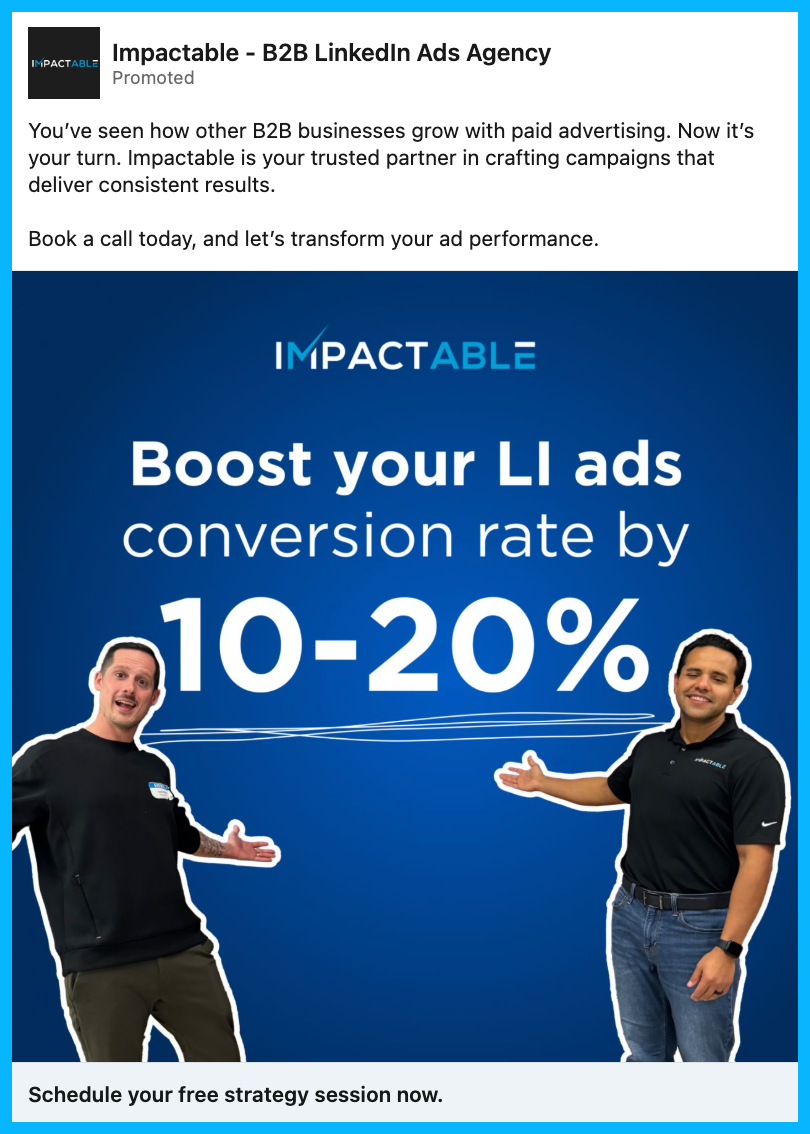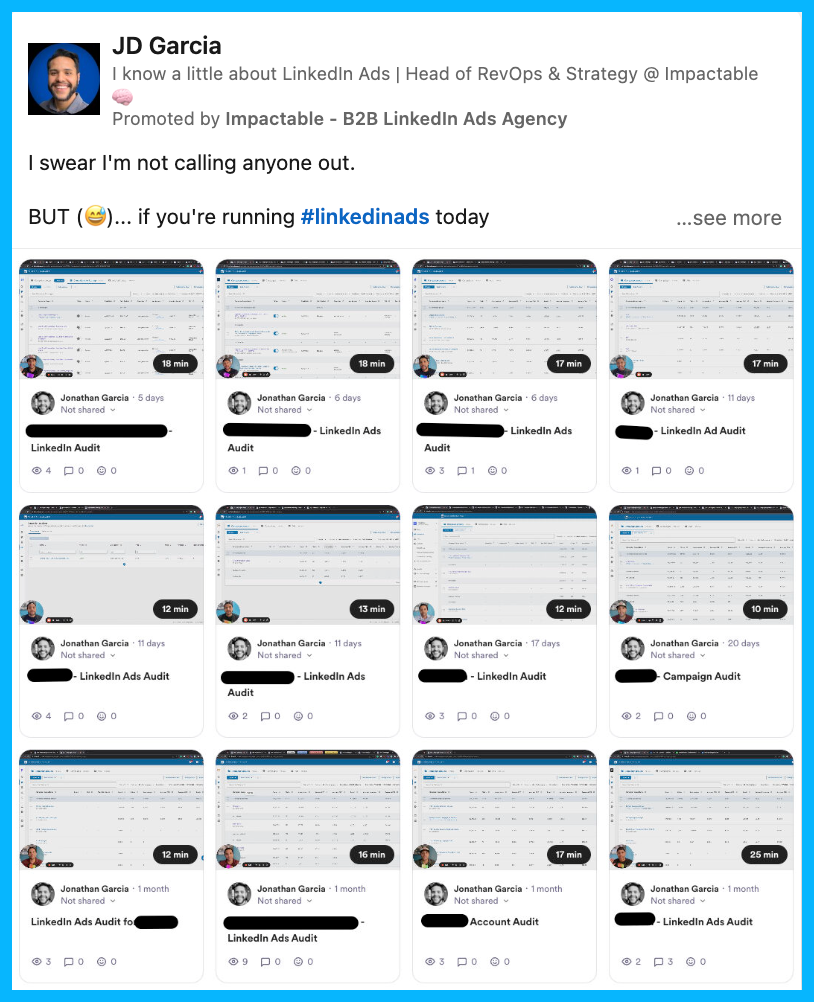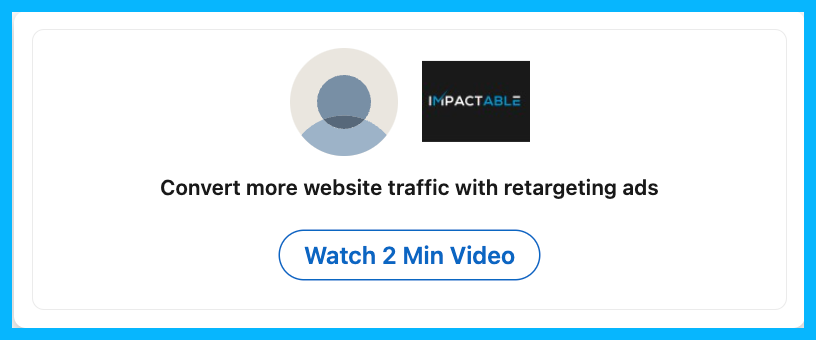
How to Build a Multichannel B2B Retargeting Strategy (Step-By-Step)
With long sales cycles staying top of mind is half the battle when it comes to B2B.
In this blueprint you’ll learn how to build a multichannel B2B retargeting strategy across:
- Meta (Facebook & Instagram)
- X (Twitter)
- & YouTube
So you can stay omnipresent and convert users across channels.
I know you’re going to love it, let’s get started! ❤️
TABLE OF CONTENTS
- Recommended Channels
- Step 1: Confirm Your Remarketing Pixels are Installed
- Step 2: Create all possible retargeting segments by time frame
- Step 3: Adjust targeting and exclusion parameters
- Step 4: Align on retargeting content and offers
- Step 5: Build all Relevant Retargeting Campaigns
- B2B Retargeting FAQ
- Launch Checklist
- Conclusion & Free Courses
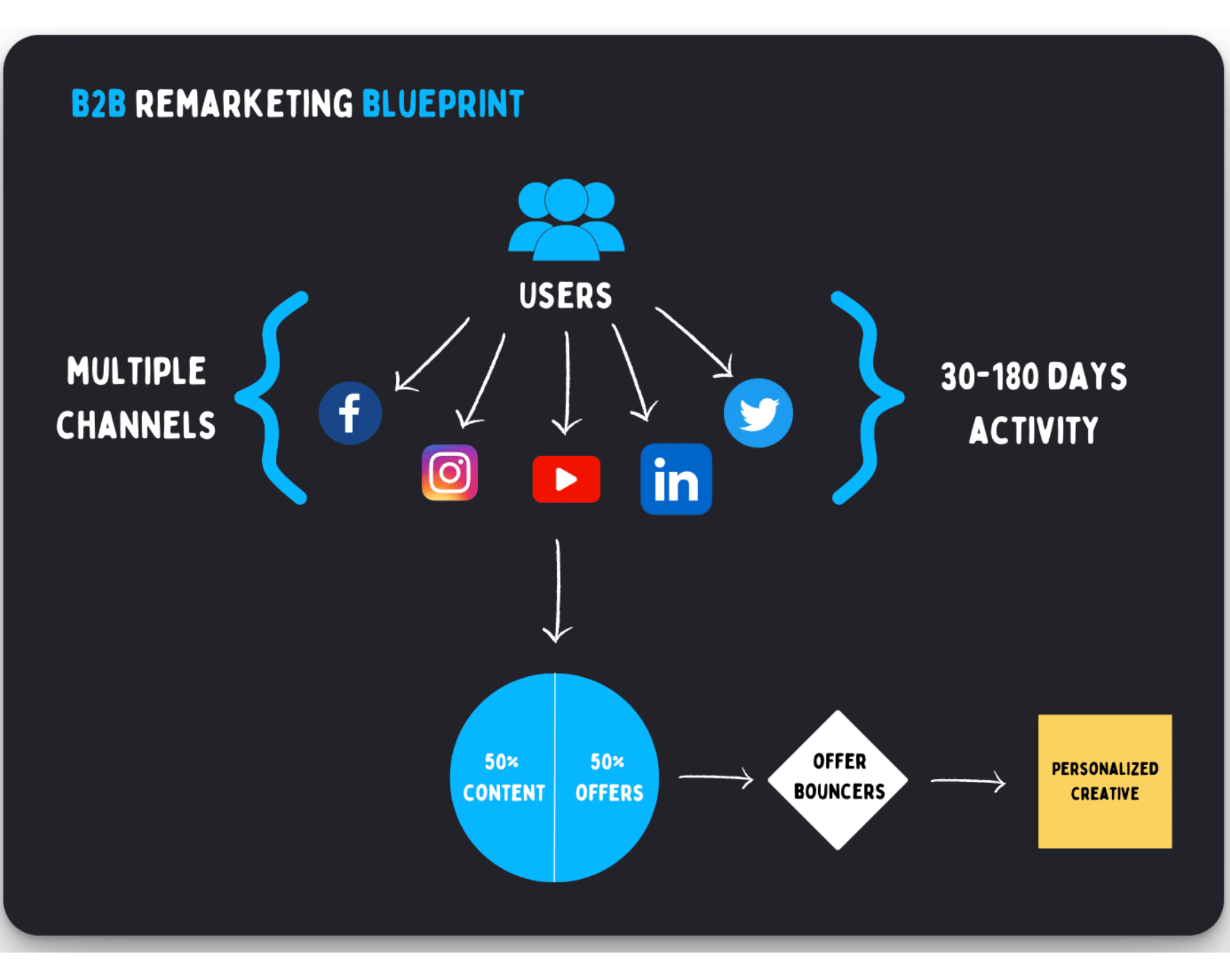
Recommended Channels:
- LinkedIn Ads
- Meta (Facebook & Instagram)
- X (Twitter)
- YouTube
Minimum Budget:
- $1,000/month (for 1 channel)
Recommended Targeting:
Step 1: Confirm Your Remarketing Pixels are Installed
This is a mandatory first step, and something that needs to be done first.
These pixels are how the ad platforms are able to track users activity and provide you the ability to remarket them with various campaigns and offers.
Even if you’re not planning to advertise soon on any channels, I HIGHLY recommend creating a free ad account and installing that platform pixel on your site to start building your remarketing pool.
Here’s what this will look like for each channel.
How to Install the LinkedIn Ads Pixel In 4 Steps
- Create a free LinkedIn Ads account
- Navigate to the “Analyze” → “Insight Tag” section
- Choose how to install your tag (recommend Google Tag Manager aka GTM)
- In Google Tag Manager, create a new tag type with LinkedIn Insight and fire on all pages
.png)
How to Install the Meta (Facebook & Instagram) Ads Pixel In 6 Steps
- Create a free Facebook Ads account
- In the Ads Manager navigate to “Events Manager” → “Connect Data Sources”
- Connect “Web” as a new data source and name your pixel (ex: Meta Pixel)
- Select your new pixel under “Data Sources” and navigate to “Overview” → “Setup Pixel”
- Choose how to install your pixel (recommend Google Tag Manager aka GTM)
- In Google Tag Manager, create a new tag type with Custom HTML and fire on all pages
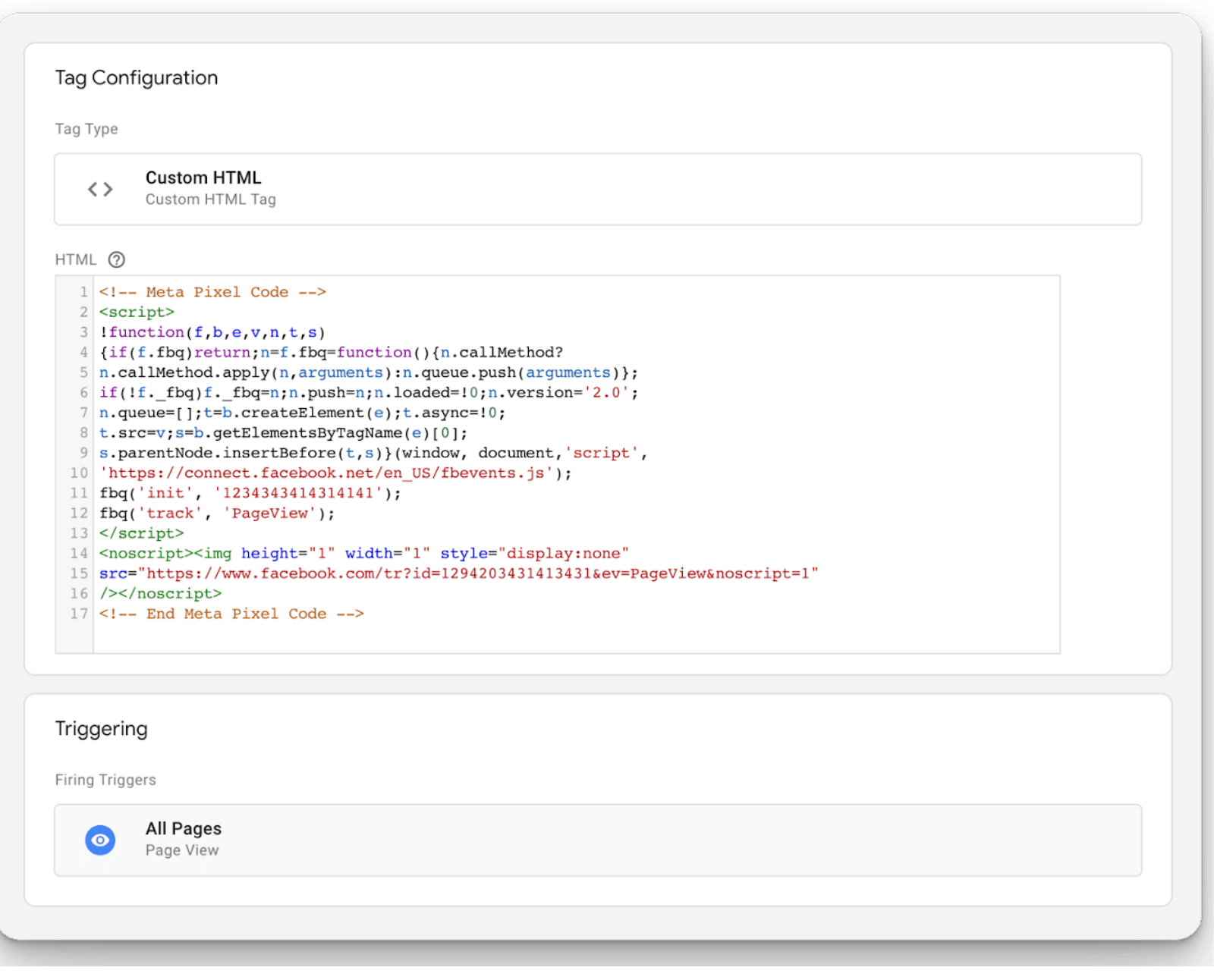
How to Install the X (Twitter) Ads Pixel In 4 Steps
- Create a free X (Twitter) Ads account
- In the Ads Manager navigate to “Events Manager” → “Add Event Source”
- Install with “Pixel code” and allow 1st-party cookies
- In Google Tag Manager, create a new tag type with Custom HTM and fire on all pages

How to Install the Google Ads Pixel In 5 Steps
By installing the Google Ads pixel you’ll be able to remarket to website visitors on YouTube because Google owns YouTube and all campaigns are created in the same ads manager.
- Create a free Google Ads account
- In the Ads Manager navigate to “Audience Manager” → “Your Data Sources”
- Select “Google Ads Tag” → “Edit Source”
- Select “Tag Setup” recommend “Use Google Tag Manager” and copy your ID
- In Google Tag Manager, create a Google Ads Remarketing tag and fire on all pages

Once complete, confirm all pixels are installed correctly on your website with GTM Preview:
.png)
Remarketing audience size requirements for Meta, YouTube, LinkedIn & X (Twitter)
- Meta (Facebook & Instagram) = 1,000 audience members
- YouTube = 100 audience members
- LinkedIn = 300 audience members
- X (Twitter) = 100 audience members
Now that you’ve installed all the pixels for the platforms you’re interested in you’ll need to allow the pixels time to build your cookie pool to meet audience minimums.
I’ve seen it take 7-30+ days depending on monthly engagement or traffic volumes for the retargeting segment you’re trying to build (ex: website visits, video views, post engagement, etc..).
Step 2: Create all possible retargeting segments by time frame.
Once your remarketing audience has met minimums it’s time to build your segments.
This step will vary depending on how large your retargeting audience is.
In a perfect world we’ll want to create retargeting segments for the following timeframes:
The advantage of creating retargeting segments by time frame is:
✅ Easily see which cohort performs best
✅ Allocate more budget to the top performing time frame
✅ Align offers and messaging accordingly
Watch this video to better understand the thought process behind leveraging different remarketing segments by timeframes:
In addition to testing timeframes we want to combine as many relevant remarketing segments together in each cohort so we can scale up our overall audience size (more on this in Step 4).
Depending on the channel you’re advertising on, the available remarketing segments will vary.
Here are my go to choices for each channel below.
Top 10 LinkedIn Ads retargeting segments:
Top 9 Meta (Facebook & Instagram) Ads retargeting segments:
Top 5 X (Twitter) Ads retargeting segments:
Top 4 YouTube Ads retargeting segments:
Depending on your audience sizes you might not be able to use shorter timeframes.
If that’s the case, default to the next longest one:
For example:
❌30 days < 1,000 audience size? Try 90 days
❌90 days < 1,000 audience size? Try 180 days
❌180 days < 1,000 audience size? Hold off on remarketing until your audience sizes build
Build out each relevant remarketing combination for the channels you want to advertise on.
Step 3: Adjust targeting and exclusion parameters.
Equally important to who you’re targeting is who you exclude.
With all your retargeting segments created it’s clear who you’re going to target.
Now it’s time to get clear on who you’ll exclude for each cohort (e.g. 30, 90, 180 days).
Exclusion audiences allow you to remove users who aren’t a good fit for your targeting.
Here’s my go-to exclusions by channel.
Top 8 LinkedIn Ads Exclusion Audiences:
Top 9 Meta (Facebook & Instagram) Ads Exclusion Audiences:
Top 6 X (Twitter) Ads Exclusion Audiences:
Top 6 YouTube Ads Exclusion Audiences:
Feel free to remove and add the exclusions that make sense for your business and who you’re ultimately trying to reach with your retargeting campaigns.
By no means should you only use the ones I outlined above, some will make sense others won’t.
Once you’re clear on who you’ll exclude it’s time to align on content and offers.
Step 4: Align on retargeting content and offers.
Now that you’re clear on who you’ll target and exclude for each cohort. Let’s chat about what content and offers you’ll want to show them.
First things first, don’t make the mistake of only showing offers to people in your remarketing audience. This is the equivalent of following someone all day asking them to buy something.
This is what Corporate Bro has to say about that 😂

Recommended B2B Remarketing Budget Allocation:
Avoid leaving a bad impression and potentially hurting your brand by also adding content in the mix.
50% of your remarketing budget should go towards adding value to your audience, and 50% goes towards asking them to convert on something (ex: Demo, Trial, Event, etc…)
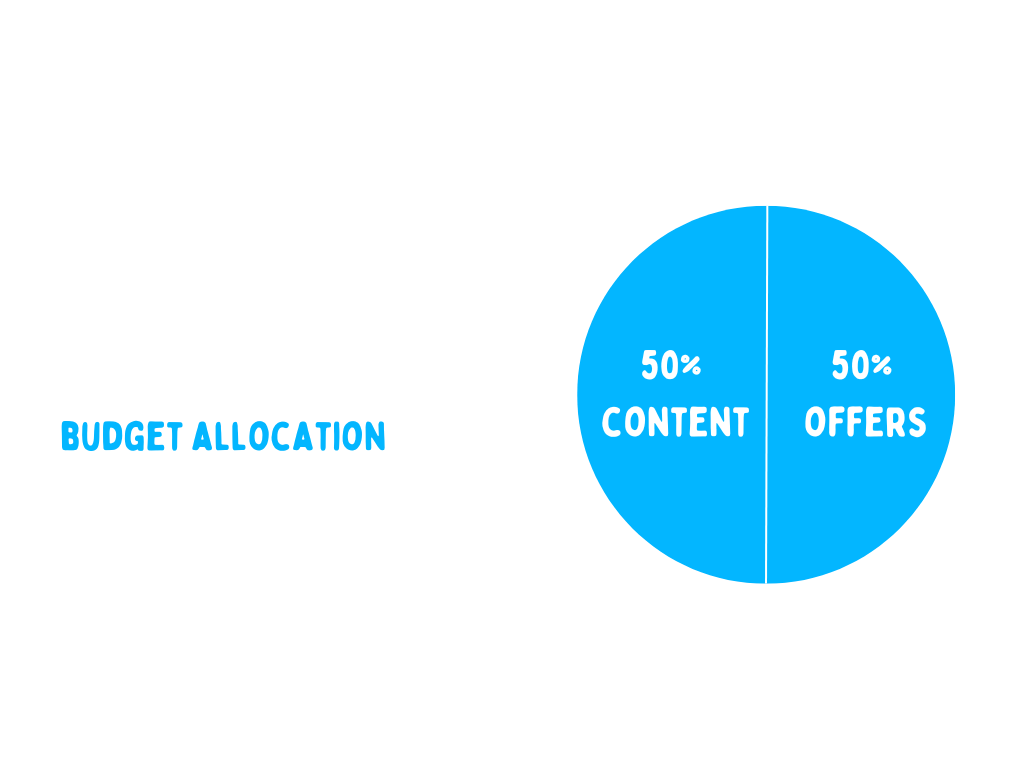
With this budget allocation you’re rotating offers and content equally to your remarketing cohorts (e.g. 30, 90, 180 days) and letting the users decide which asset they're interested in.
Which leads us to common remarketing mistakes you’ll want to avoid.
4 Common Mistakes to Avoid with Retargeting:
1. Only promoting offers
Avoid a pitch fest and split your remarketing budget 50/50 between content and offers as outlined above.
2. Retargeting on assumption instead of action
Don’t create these crazy retargeting flows where someone must do X then Y and finally you’ll give them Z. This kills your retargeting audience size and you’re assuming that you’ll be correct 3/3 times (idk about you but I’m not great at guessing).
Instead show them everything equally (content and offers) and then once they decide to click on an ad, watch a video etc… you can now create unique campaigns to remarket off that activity (now you’re no longer assuming they are interested).
3. Not using all available retargeting segments
Don’t rely on 1 segment alone like a website visitor segment. Instead combine multiple segments together with an OR statement in the same timeframe to scale up your overall retargeting audience so you have more flexibility to layer filters.
4. Failing to refresh creative to offset fatigue
There’s nothing worse than seeing the same ad 1,000 times. This can be easily avoided by creating a workflow to refresh your creatives on a monthly basis.
Just changing the creatives for the same offers and content will create a new experience for users and help offset ad fatigue.
Watch this video to learn more about how to monitor and overcome ad fatigue:
When we talk about remarketing content and offers equally – what exactly does that mean?
- White papers?
- Webinars?
- Tutorials?
- Demos?
- Trials?
The list goes on, and on…
There are 1,000s of offers and content you could potentially promote.
To help simplify and conceptualize this, here are 4 useful remarketing buckets inspired by Canberk Beker, Global Head of Paid Media at Cognism from episode 2 of Behind the Ads.
Recommended Remarketing Buckets by Timeframe:
B2B Retargeting Ad Examples:
Product Marketing
(Content that focuses on promoting the capabilities of your product)
Social Proof
(Leveraging others words and results in our ads)
.png)
Thought Leadership
(Content that educates your target audience and positions you as an expert)
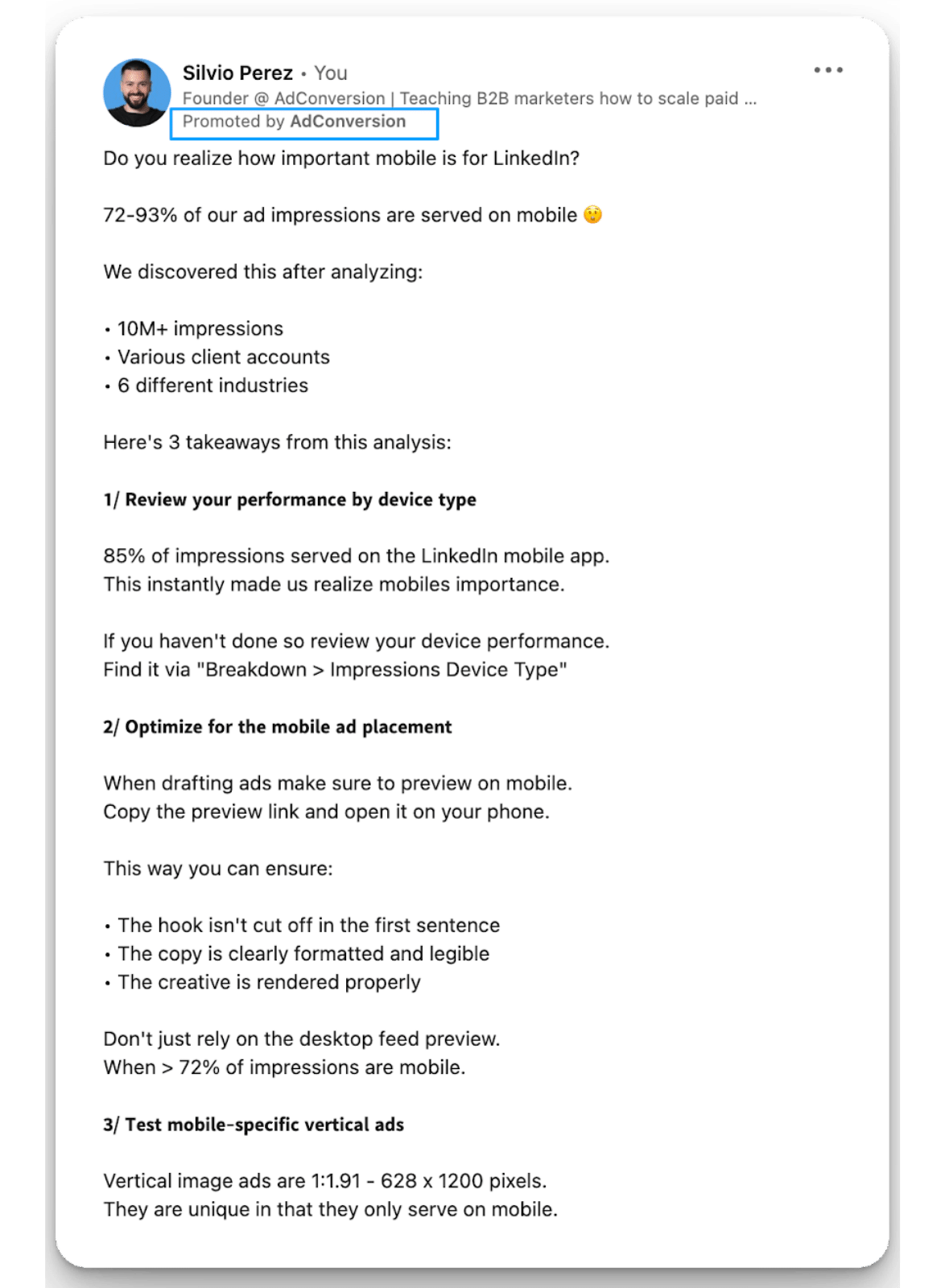
Offers
(Any other type of ad where you’re asking your target audience to convert)
.png)
Armed with your content and offers by time frame there’s one last step to do.
Step 5: Build all Relevant Retargeting Campaigns.
After going through steps 1-4 you should be clear on:
- Which channels you’re going to advertise on
- What retargeting segments you’ll leverage
- Which exclusion audiences you’ll block
- What content/offers you’ll showcase
Let’s wrap up with how these campaigns should be built.
B2B Retargeting Campaign Structure:
Here’s what the retargeting campaign structure will look like at 10,000 feet:
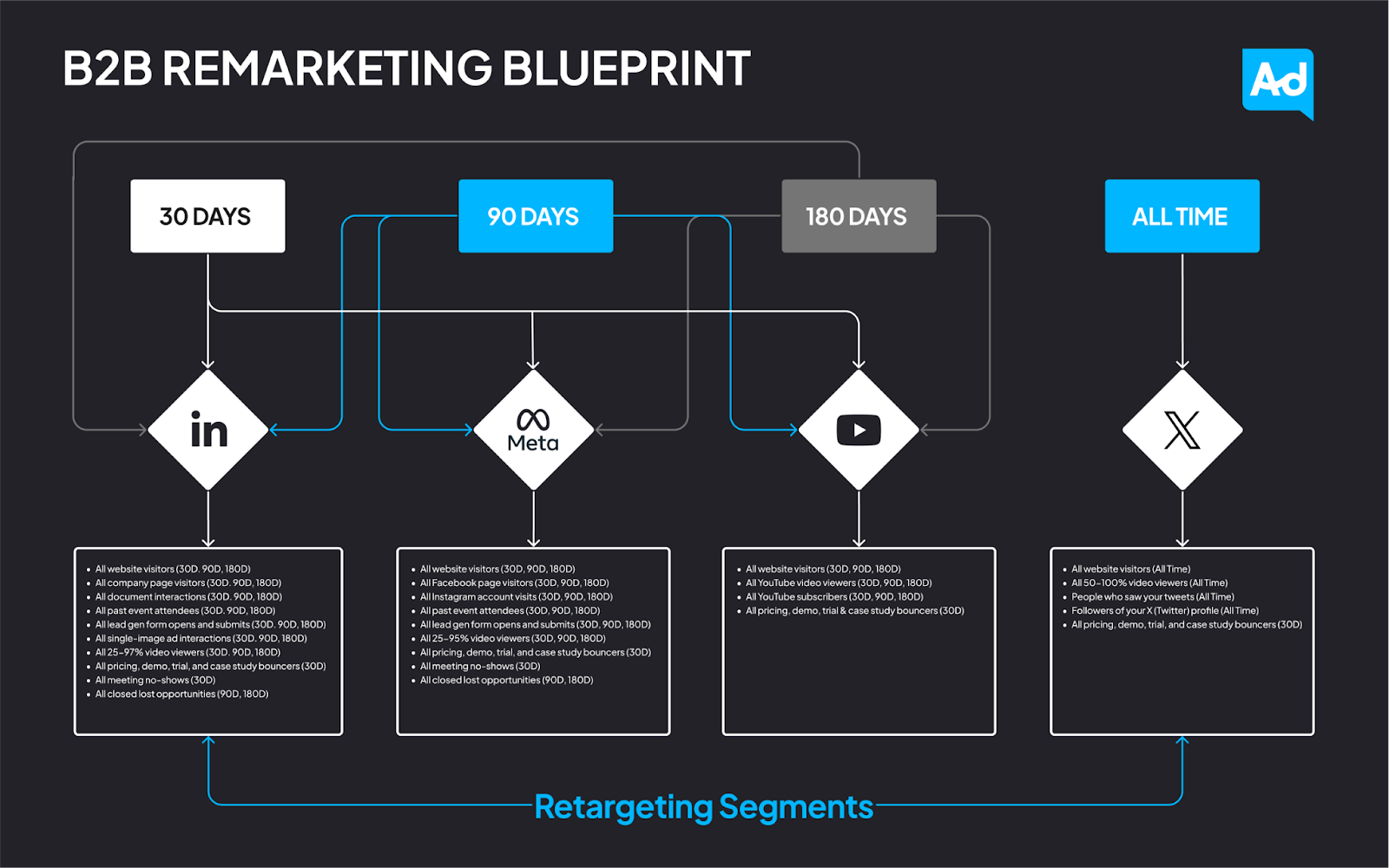
Couple of important call outs:
Every campaign has its own unique timeframe and retargeting bucket.
This makes pacing, optimization, and reporting really easy.
All retargeting segments within the same timeframe are grouped together as an OR.
This allows you to scale your retargeting audience size overall within the cohort.
Combine segments together with OR not AND.
Naming conventions are clear and consistent from the campaign to ad level.
This allows you to easily find your campaigns and reporting on performance.
Here’s how to build these campaigns out for each channel.
How to Build LinkedIn Retargeting Campaigns:
Make sure to disable Audience Expansion and the LinkedIn Audience Network for all LinkedIn retargeting cohort campaigns.


This will prevent LinkedIn from serving your ads to people not in your retargeting audiences and outside of the LinkedIn platform.
Create the following campaigns in the LinkedIn Ads campaign manager across whichever timeframes are applicable for your account:
Cohort #1: 30-Day LinkedIn Retargeting
Campaign Name: {Location} | {Offer} | Remarketing (30D) | {Ad Type} | {Objective}
- EX: USA | PM Content | Remarketing (30D) | Image | Awareness
- EX: USA | Demo | Remarketing (30D) | Video | Conversions
- EX: USA | Social Proof | Remarketing (30D) | Carousel | Engagement
Recommended Objectives:
- Content focus = Brand Awareness, Engagement, Video Views
- Conversion focus = Lead Generation or Conversion
Recommended Daily Budget: $25-$100/day
Recommended Audiences (layer titles or function if possible):
- All website visitors (30D)
- All company page visitors (30D)
- All document interactions (30D)
- All past event attendees (30D)
- All lead gen form opens and submits (30D)
- All single-image ad interactions (30D)
- All 25-97% video viewers (30D)
- All closed lost contacts (30D)
Recommended Bid Strategies:
- Content focus = Maximize delivery
- Conversion focus = Manual CPC
Ads: Product marketing content, social proof, offers (ex: Demo, Trial)
.png)
Cohort #2: 90-Day LinkedIn Retargeting
Campaign Name: {Location} | {Offer} | Remarketing (90D) | {Ad Type} | {Objective}
- EX: USA | PM Content | Remarketing (90D) | Image | Awareness
- EX: USA | Demo | Remarketing (90D) | Video | Conversions
- EX: USA | Social Proof | Remarketing (90D) | Carousel | Engagement
- EX: USA | Thought Leadership | Remarketing (90D) | Image | Awareness
Recommended Objectives:
- Content focus = Brand Awareness, Engagement, Video Views
- Conversion focus = Lead Generation or Conversion
Recommended Daily Budget: $25-$100/day
Recommended Audiences (layer titles or function if possible):
- All website visitors (90D)
- All company page visitors (90D)
- All document interactions (90D)
- All past event attendees (90D)
- All lead gen form opens and submits (90D)
- All single-image ad interactions (90D)
- All 25-97% video viewers (90D)
- All closed lost contacts (90D)
Recommended Bid Strategies:
- Content focus = Maximize delivery
- Conversion focus = Manual CPC
Ads: Product marketing content, social proof, offers (ex: Demo, Trial), thought leadership
.png)
Cohort #3: 180-Day LinkedIn Retargeting
Campaign Name: {Location} | {Offer} | Remarketing (180D) | {Ad Type} | {Objective}
- EX: USA | PM Content | Remarketing (180D) | Image | Awareness
- EX: USA | Demo | Remarketing (180D) | Video | Conversions
- EX: USA | Social Proof | Remarketing (180D) | Carousel | Engagement
- EX: USA | Thought Leadership | Remarketing (180D) | Image | Awareness
Recommended Objectives:
- Content focus = Brand Awareness, Engagement, Video Views
- Conversion focus = Lead Generation or Conversion
Recommended Daily Budget: $25-$100/day
Recommended Audiences (layer titles or function if possible):
- All website visitors (180D)
- All company page visitors (180D)
- All document interactions (180D)
- All past event attendees (180D)
- All lead gen form opens and submits (180D)
- All single-image ad interactions (180D)
- All 25-97% video viewers (180D)
- All closed lost contacts (180D)
Recommended Bid Strategies:
- Content focus = Maximize delivery
- Conversion focus = Manual CPC
Ads: Product marketing content, social proof, offers (ex: Demo, Trial), thought leadership
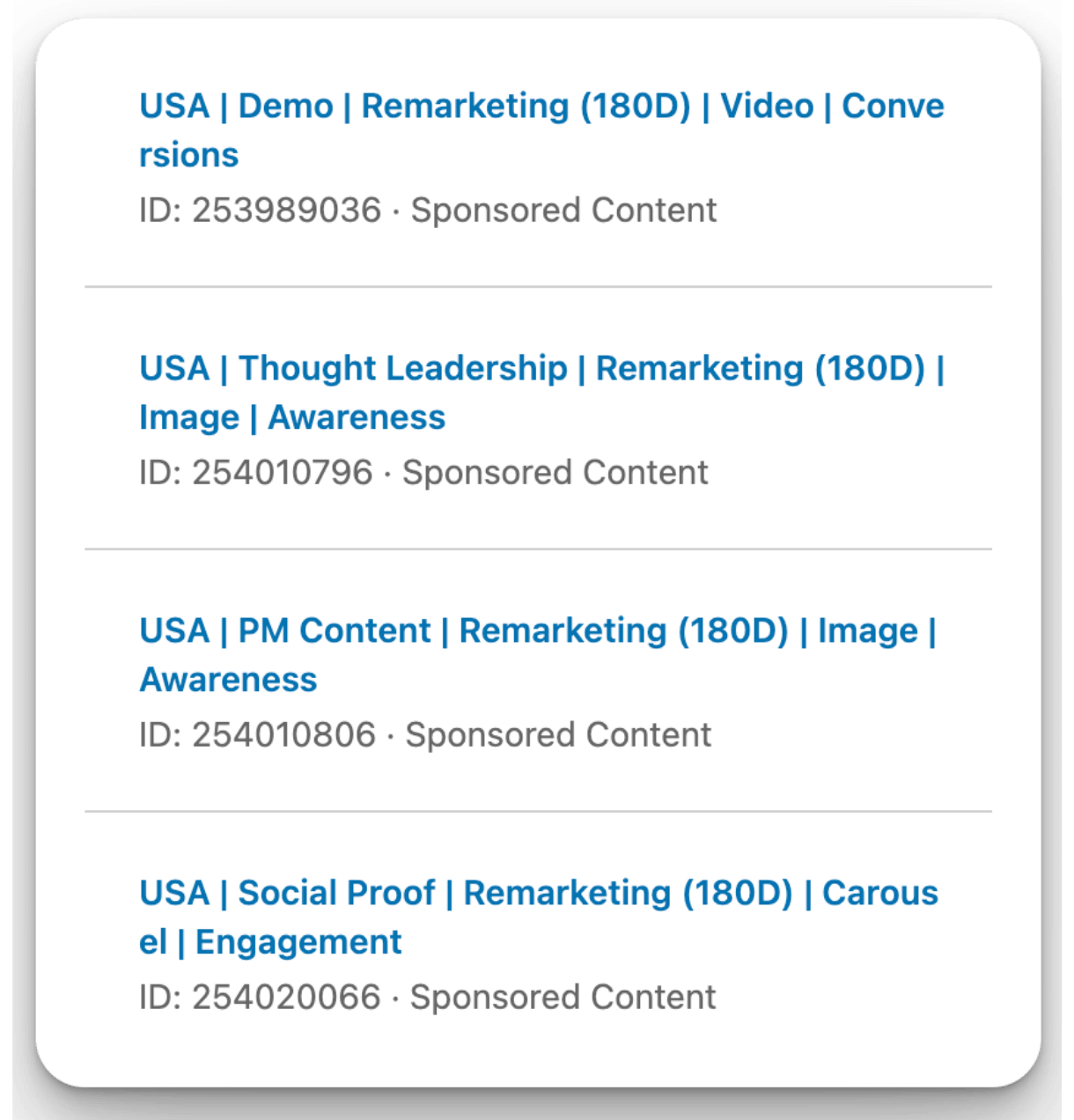
Optional: 30-Day LinkedIn Offer Bouncers Campaign
If you have the audience size available creating an offer bouncer campaign that shows personalized creative to folks who visited your intent pages and didn’t convert is worth testing.
Campaign Name: {Location} | {Offer} | {Offer Name Bouncers} (30D) | {Ad Type} | {Objective}
- EX: USA | Demo | Demo Page Bouncers (30D) | Conversation | Lead Gen
Recommended Objectives:
- Conversion focus = Lead Generation or Conversion
Recommended Daily Budget: $25-$100/day
Recommended Audiences (layer titles or function if possible):
- All pricing, demo, trial, and case study bouncers
- All meeting no-shows
Recommended Bid Strategies:
- Conversion focus = Manual CPC
Ads: Offers
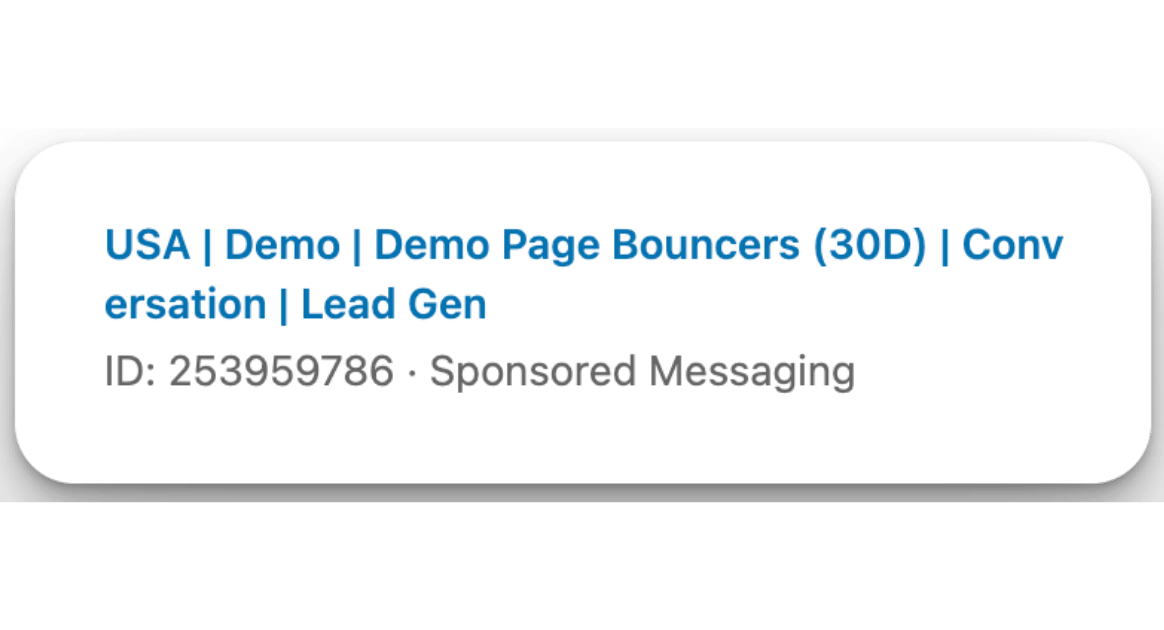
How to Build Meta (Facebook & Instagram) Retargeting Campaigns:
Highly recommend selecting manual placements of feeds and stories for Facebook & Instagram with creative in the correct dimensions to prevent your ads from appearing in the wrong formats.
Also don’t recommend delivering on the Audience Network or Video Feeds based on our past results, and make sure to not to run on Reels unless you have unique creative for that placement.
Always make sure your creative matches the placement it appears for.
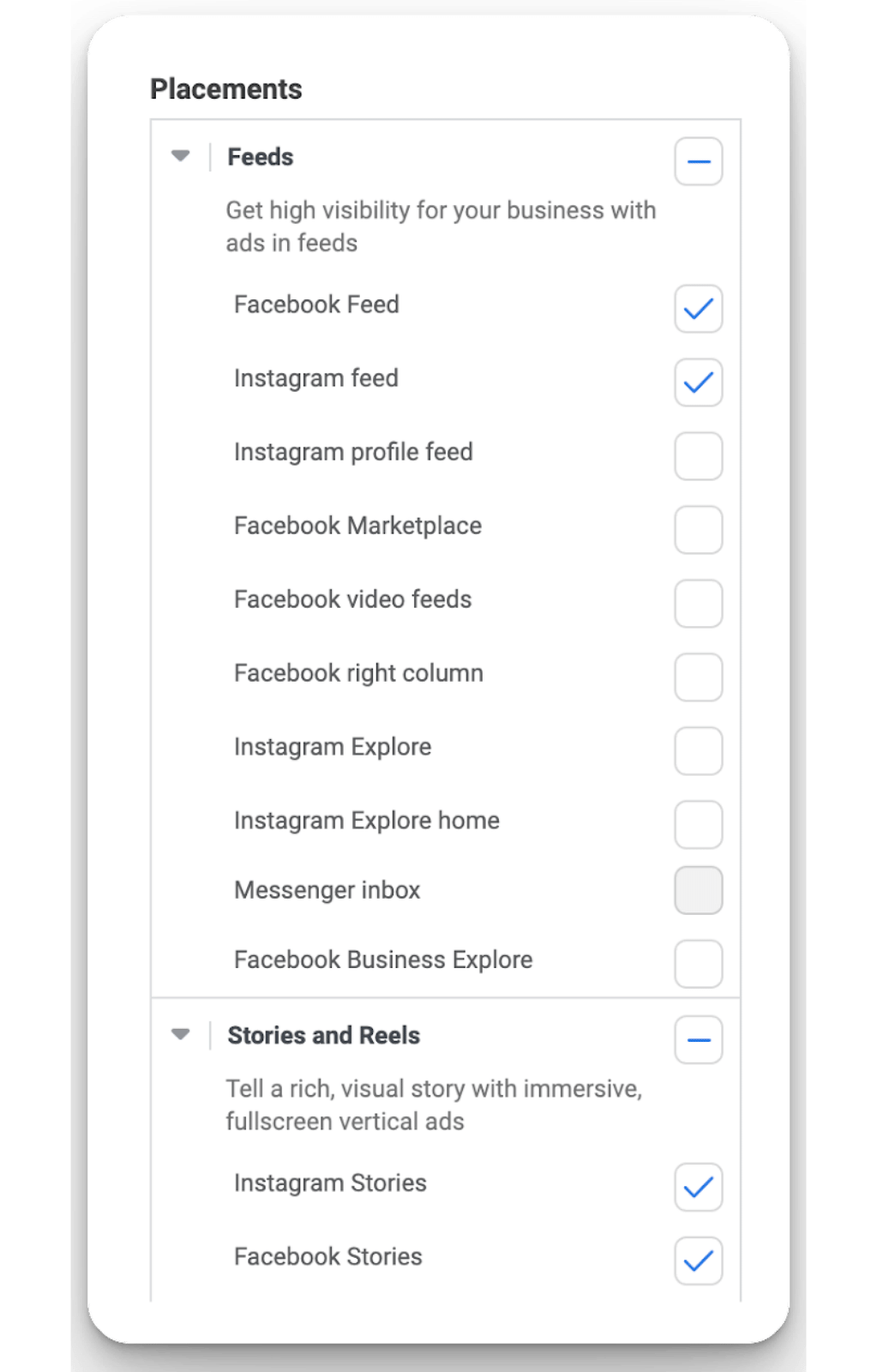
Create the following campaigns in the Meta Ads campaign manager across whichever timeframes are applicable for your account:
Cohort #1: 30-Day Meta Retargeting
Campaign Name: {Location} | {Offer} | Remarketing (30D) | {Ad Type} | {Objective}
- EX: USA | PM Content | Remarketing (30D) | Image | Awareness
- EX: USA | Demo | Remarketing (30D) | Video | Sales
- EX: USA | Social Proof | Remarketing (30D) | Carousel | Traffic
Recommended Objectives:
- Content focus = Awareness, Traffic, Engagement
- Conversion focus = Leads or Sales
Recommended Daily Budget: $25-$100/day
Recommended Audiences:
- All website visitors (30D)
- All Facebook page visitors (30D)
- All Instagram page visitors (30D)
- All past event attendees (30D)
- All lead gen form opens and submits (30D)
- All 25-95% video viewers (30D)
- All closed lost contacts (30D)
Recommended Bid Strategies:
- Content focus = Maximize reach of ads, link clicks, engagement, or views
- Conversion focus = Maximize number of conversions or leads
Ads: Product marketing content, social proof, offers (ex: Demo, Trial)

Cohort #2: 90-Day Meta Retargeting
Campaign Name: {Location} | {Offer} | Remarketing (90D) | {Ad Type} | {Objective}
- EX: USA | PM Content | Remarketing (90D) | Image | Awareness
- EX: USA | Demo | Remarketing (90D) | Video | Sales
- EX: USA | Social Proof | Remarketing (90D) | Carousel | Traffic
- EX: USA | Thought Leadership | Remarketing (90D) | Image | Engagement
Recommended Objectives:
- Content focus = Awareness, Traffic, Engagement
- Conversion focus = Leads or Sales
Recommended Daily Budget: $25-$100/day
Recommended Audiences:
- All website visitors (90D)
- All Facebook page visitors (90D)
- All Instagram page visitors (90D)
- All past event attendees (90D)
- All lead gen form opens and submits (90D)
- All 25-95% video viewers (90D)
- All closed lost contacts (90D)
Recommended Bid Strategies:
- Content focus = Maximize reach of ads, link clicks, engagement, or views
- Conversion focus = Maximize number of conversions or leads
Ads: Product marketing content, social proof, offers (ex: Demo, Trial), thought leadership
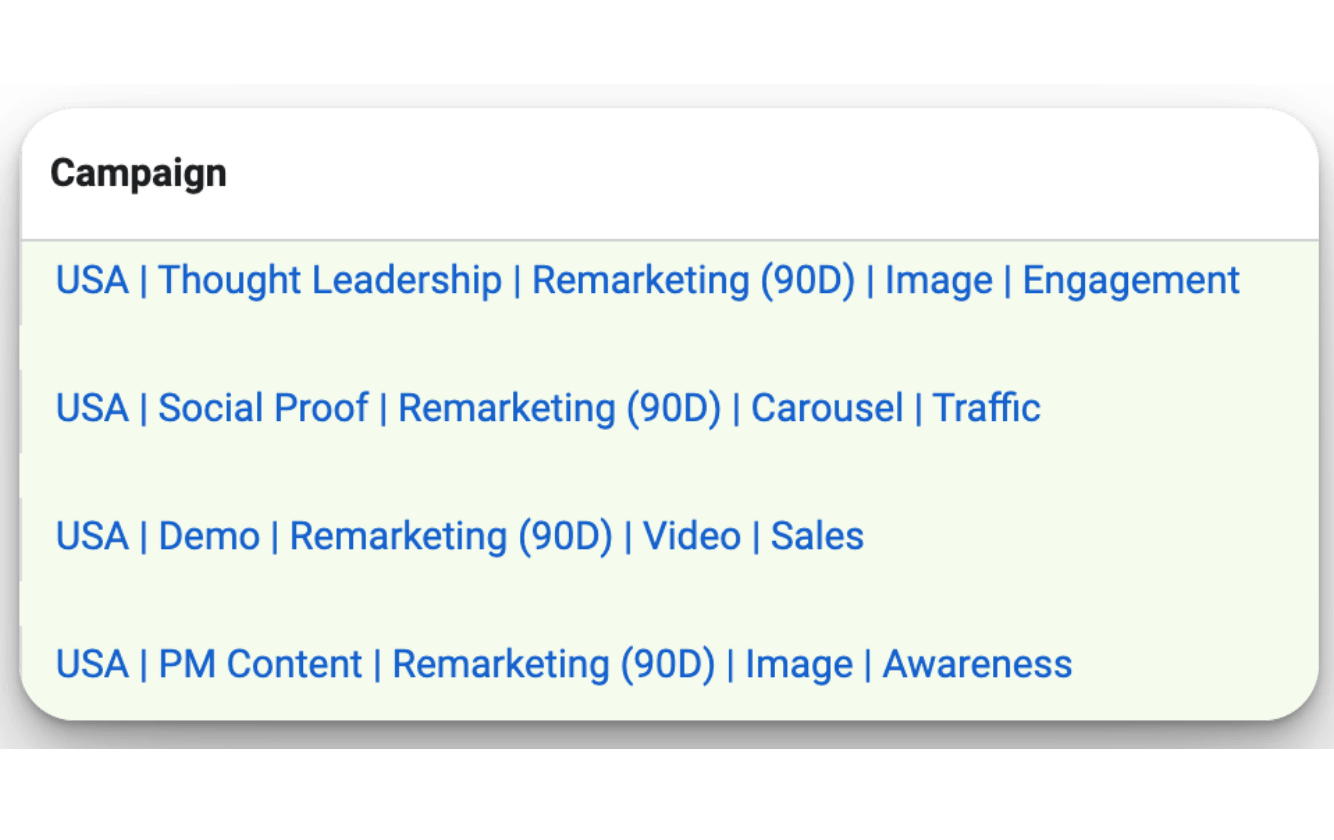
Cohort #3: 180-Day Meta Retargeting
Campaign Name: {Location} | {Offer} | Remarketing (180D) | {Ad Type} | {Objective}
- EX: USA | PM Content | Remarketing (180D) | Image | Awareness
- EX: USA | Demo | Remarketing (180D) | Video | Sales
- EX: USA | Social Proof | Remarketing (180D) | Carousel | Traffic
- EX: USA | Thought Leadership | Remarketing (180D) | Image | Engagement
Recommended Objectives:
- Content focus = Awareness, Traffic, Engagement
- Conversion focus = Leads or Sales
Recommended Daily Budget: $25-$100/day
Recommended Audiences:
- All website visitors (180D)
- All Facebook page visitors (180D)
- All Instagram page visitors (180D)
- All past event attendees (180D)
- All lead gen form opens and submits (180D)
- All 25-95% video viewers (180D)
- All closed lost contacts (180D)
Recommended Bid Strategies:
- Content focus = Maximize reach of ads, link clicks, engagement, or views
- Conversion focus = Maximize number of conversions or leads
Ads: Product marketing content, social proof, offers (ex: Demo, Trial), thought leadership
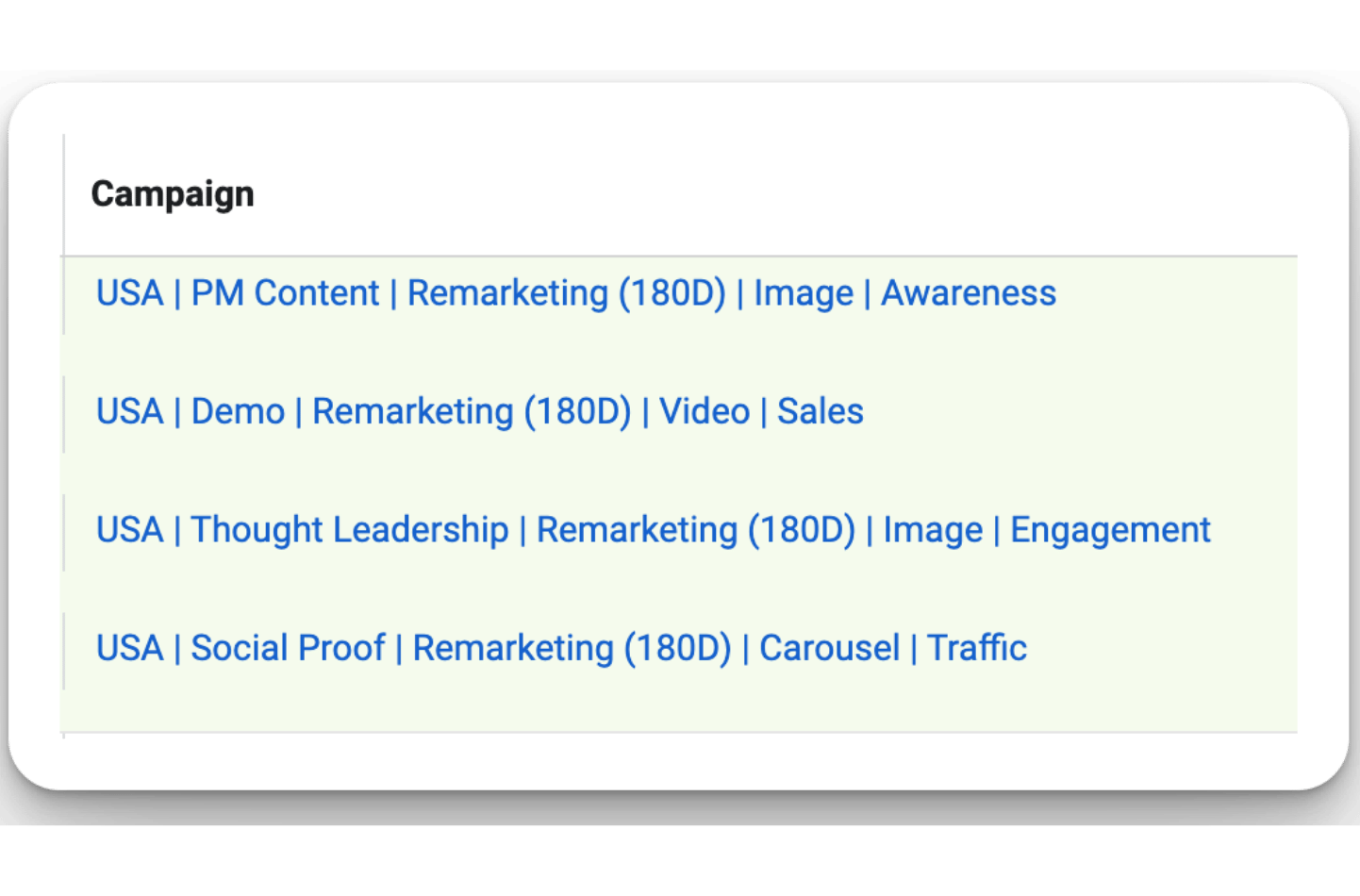
Optional: 30-Day Meta Offer Bouncers Campaign
If you have the audience size available creating an offer bouncer campaign that shows personalized creative to folks who visited your intent pages and didn’t convert is worth testing.
Campaign Name: {Location} | {Offer} | {Offer Name Bouncers} (30D) | {Ad Type} | {Objective}
- EX: USA | Demo | Demo Page Bouncers (30D) | Image | Leads
Recommended Objectives:
- Conversion focus = Leads or Sales
Recommended Daily Budget: $25-$100/day
Recommended Audiences:
- All pricing, demo, trial, and case study bouncers
- All meeting no-shows
Recommended Bid Strategies:
- Conversion focus = Maximize number of conversions or leads
Ads: Offers
.png)
How to Build X (Twitter) Retargeting Campaigns:
With X (Twitter) we don’t have the ability to filter by time frame so we’ll create the following campaigns in the ads manager:
Cohort #1: All Time (Twitter) Retargeting
Campaign Name: {Location} | {Offer} | Remarketing (All Time) | {Ad Type} | {Objective}
- EX: USA | PM Content | Remarketing (All Time) | Image | Reach
- EX: USA | Demo | Remarketing (All Time) | Video | Conversions
- EX: USA | Social Proof | Remarketing (All Time) | Carousel | Engagement
- EX: USA | Thought Leadership | Remarketing (All Time) | Image | Reach
Recommended Objectives:
- Content focus = Reach, Video Views, Engagement, Website Traffic
- Conversion focus = Conversions or Keywords
Recommended Daily Budget: $25-$100/day
Recommended Audiences:
- All website visitors (All Time)
- All 50-100% video viewers (All Time)
- People who saw your tweets (All Time)
- Followers of your X (Twitter) profile (All Time)
Recommended Bid Strategies:
- Content or conversion focus = Autobid
Ads: Product marketing content, social proof, offers (ex: Demo, Trial), thought leadership
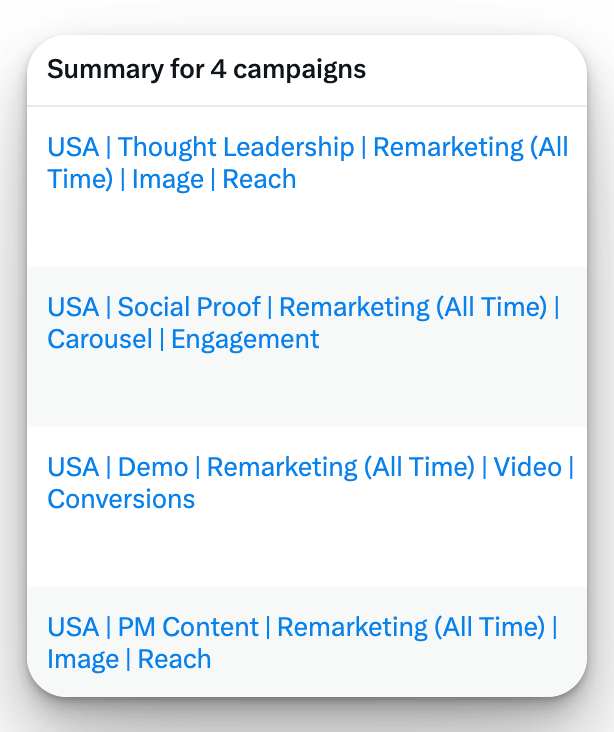
Optional: All Time X (Twitter) Offer Bouncers Campaign
If you have the audience size available creating an offer bouncer campaign that shows personalized creative to folks who visited your intent pages and didn’t convert is worth testing.
Campaign Name: {Location} | {Offer} | {Offer Name Bouncers} (All Time) | {Ad Type} | {Objective}
- EX: USA | Demo | Demo Page Bouncers (All Time) | Image | Conversions
Recommended Objectives:
- Conversion focus = Conversions or Keywords
Recommended Daily Budget: $25-$100/day
Recommended Audiences:
- All pricing, demo, trial, and case study bouncers
- All meeting no-shows
Recommended Bid Strategies:
- Content or conversion focus = Autobid
Ads: Offers
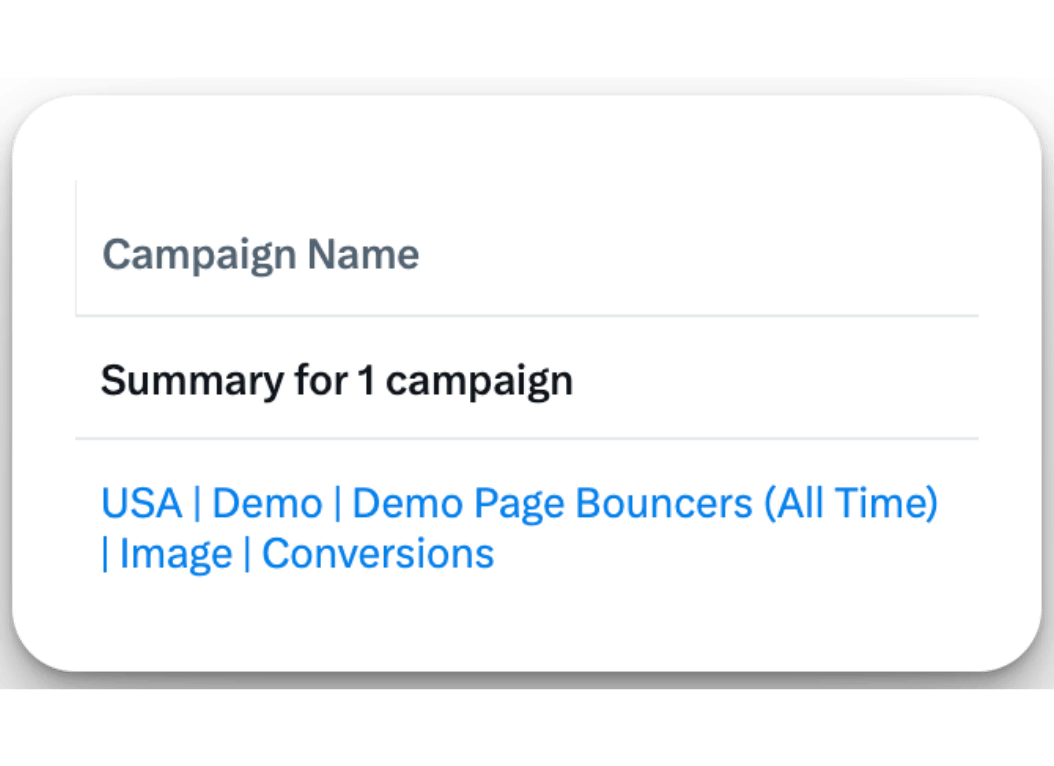
How to Build YouTube Retargeting Campaigns:
Create the following campaigns in the YouTube Ads campaign manager across whichever timeframes are applicable for your account:
Cohort #1: 30-Day YouTube Retargeting
Campaign Name: {Location} | {Offer} | Remarketing (30D) | {Ad Type} | {Objective}
- EX: USA | PM Content | Remarketing (30D) | In-Stream | Views
- EX: USA | Demo | Remarketing (30D) | In-Stream | Conversions
- EX: USA | Social Proof | Remarketing (30D) | In-Stream | Views
Recommended Objectives:
- Content focus = Get views
- Conversion focus = Drive conversions
Recommended Daily Budget: $25-$100/day
Recommended Audiences:
- All website visitors (30D)
- All YouTube video viewers (30D)
- All YouTube subscribers (30D)
Recommended Bid Strategies:
- Content focus = Max CPV
- Conversion focus = Maximize conversions
Ads: Product marketing content, social proof, offers (ex: Demo, Trial)
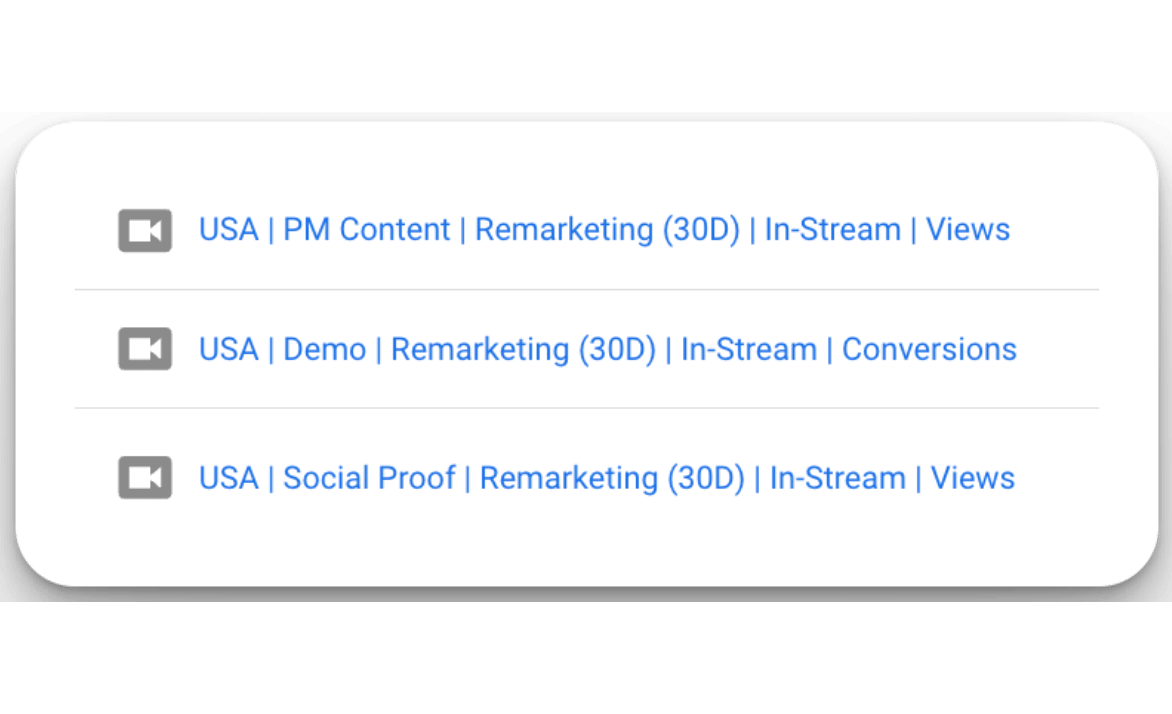
Cohort #2: 90-Day YouTube Retargeting
Campaign Name: {Location} | {Offer} | Remarketing (90D) | {Ad Type} | {Objective}
- EX: USA | PM Content | Remarketing (90D) | In-Stream | Views
- EX: USA | Demo | Remarketing (90D) | In-Stream | Conversions
- EX: USA | Social Proof | Remarketing (90D) | In-Stream | Views
- EX: USA | Thought Leadership | Remarketing (90D) | In-Stream | Views
Recommended Objectives:
- Content focus = Get views
- Conversion focus = Drive conversions
Recommended Daily Budget: $25-$100/day
Recommended Audiences:
- All website visitors (90D)
- All YouTube video viewers (90D)
- All YouTube subscribers (90D)
Recommended Bid Strategies:
- Content focus = Max CPV
- Conversion focus = Maximize conversions
Ads: Product marketing content, social proof, offers (ex: Demo, Trial), thought leadership
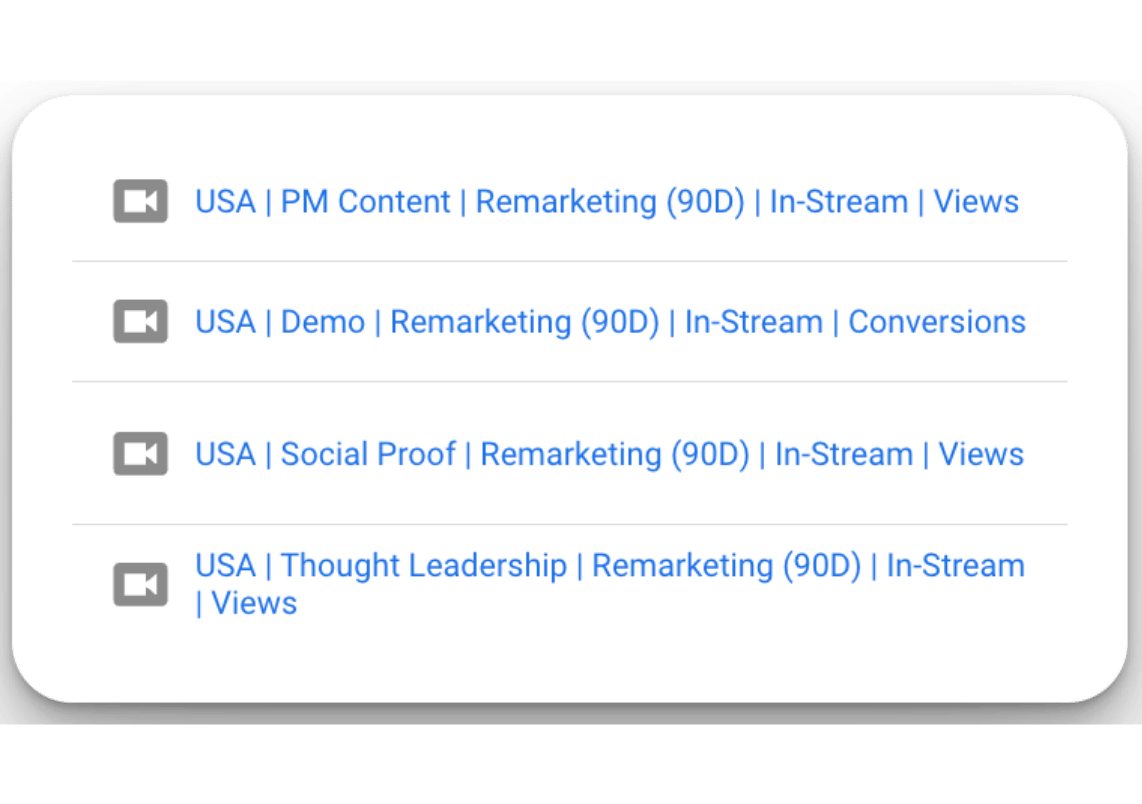
Cohort #3: 180-Day YouTube Retargeting
Campaign Name: {Location} | {Offer} | Remarketing (180D) | {Ad Type} | {Objective}
- EX: USA | PM Content | Remarketing (180D) | In-Stream | Views
- EX: USA | Demo | Remarketing (180D) | In-Stream | Conversions
- EX: USA | Social Proof | Remarketing (180D) | In-Stream | Views
- EX: USA | Thought Leadership | Remarketing (180D) | In-Stream | Views
Recommended Objectives:
- Content focus = Get views
- Conversion focus = Drive conversions
Recommended Daily Budget: $25-$100/day
Recommended Audiences:
- All website visitors (180D)
- All YouTube video viewers (180D)
- All YouTube subscribers (180D)
Recommended Bid Strategies:
- Content focus = Max CPV
- Conversion focus = Maximize conversions
Ads: Product marketing content, social proof, offers (ex: Demo, Trial), thought leadership
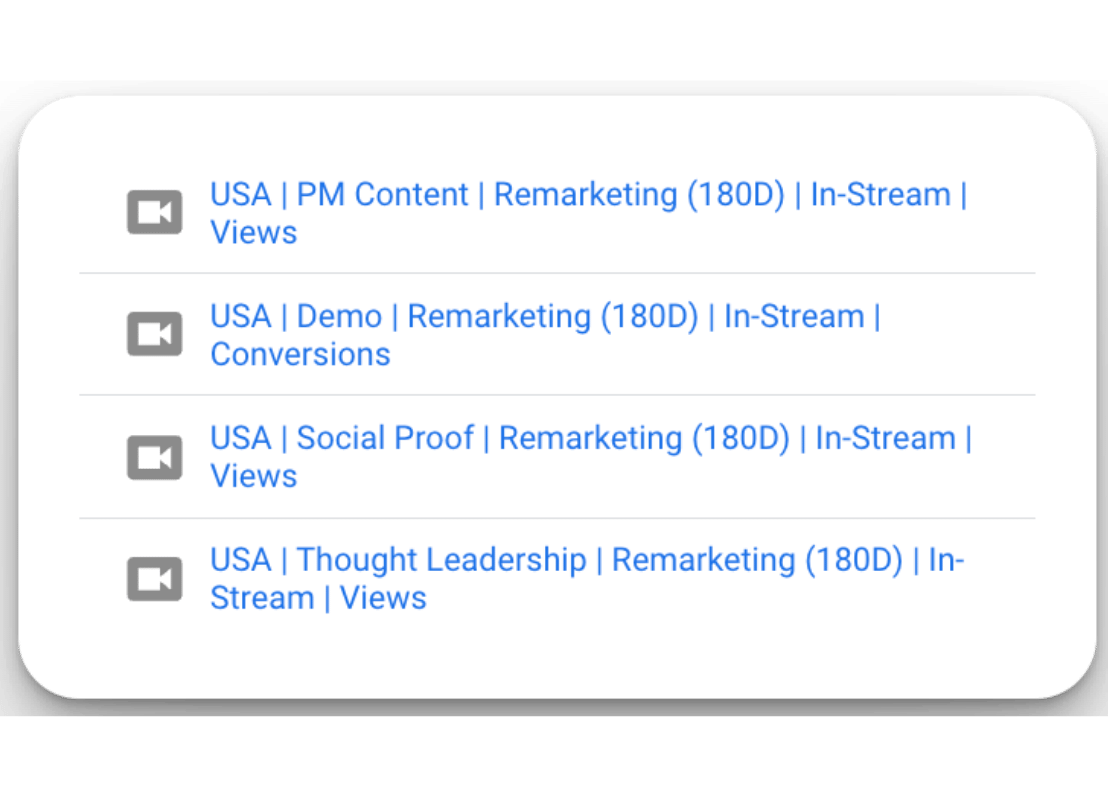
Optional: 30-Day YouTube Offer Bouncers Campaign
If you have the audience size available creating an offer bouncer campaign that shows personalized creative to folks who visited your intent pages and didn’t convert is worth testing.
Campaign Name: {Location} | {Offer} | {Offer Name Bouncers} (30D) | {Ad Type} | {Objective}
- EX: USA | Demo | Demo Page Bouncers (30D) | In-Stream | Conversions
Recommended Objectives:
- Conversion focus = Drive conversions
Recommended Daily Budget: $25-$100/day
Recommended Audiences (layer titles or function if possible):
- All pricing, demo, trial & case study visits
Recommended Bid Strategies:
- Conversion focus = Maximize conversions
Ads: Offers
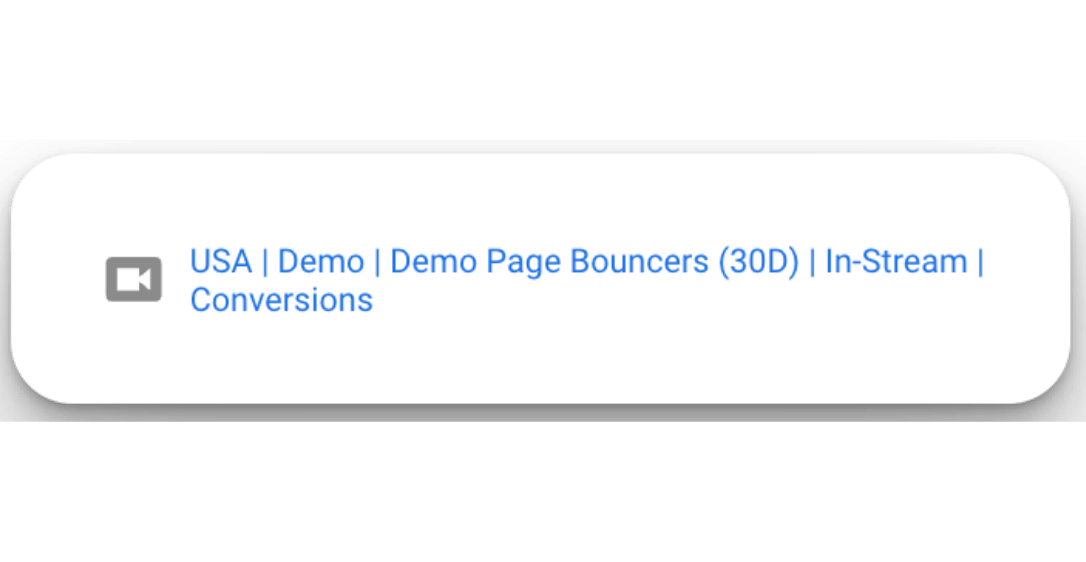
B2B Retargeting FAQ
There’s no shortage of questions around implementing successful retargeting campaigns.
We completely understand the complexity (especially when it’s your first time building them).
Here’s 5 of the most common retargeting questions we hear from clients:
How long does it take to build a retargeting audience?
- 7-30+ days depending on monthly engagement or traffic volumes for the retargeting segment you’re trying to build (ex: website visits, video views, post engagement, etc..)
How many channels should you advertise on?
- Focus on one advertising channel at a time when you have a limited budget (ex: < $3,000/month) master it and then expand to other channels over time.
How do you calculate your starting retargeting budget?
- $25-$100/day is a general rule of thumb you can follow as it’s enough to support the average costs per platform and coverage for small retargeting audiences when starting out.
How does retargeting work?
- Leveraging first party and third party data ad platforms are able to track user behavior in-app and out of platform allowing you to remarket to them based on past behavior.
How often do you need to refresh creatives for retargeting?
- A smaller audience size (ex: < 50,000) typically requires more frequent creative refreshes vs a larger one (ex: > 50,000) to prevent ad fatigue. At minimum you should aim to refresh ad creatives on a monthly basis to stay ahead of ad fatigue.
Launch Checklist
We’ve covered quite a bit in this blueprint!
Here’s a checklist we put together to help you easily reference when launching your retargeting campaigns to make sure you don’t forget anything and avoid common pitfalls.
- LinkedIn Retargeting: Launch Checklist
- Meta Retargeting: Launch Checklist
- X (Twitter) Retargeting: Launch Checklist
- YouTube Retargeting: Launch Checklist
Conclusion & Free Courses
Hope you received a tremendous amount of value from the blueprint! 🎉
If you’re serious about mastering B2B advertising then you definitely need to join 1,000+ B2B marketers leveling up their paid advertising skill sets in AdConversion.
Every one of our on-demand courses are:
✅ 100% free access.
✅ Taught by vetted industry experts.
✅ Have workbooks, resources, and templates.
✅ Less than 10 minutes per lesson.
We believe every marketer should know how to scale paid ads so they can:
• Scale their ideas
• Level up their careers
• Make a positive impact
Click here to join 1,000+ B2B marketers today and start leveling up your advertising skill set.
Takes < 90 seconds to sign up (seriously I timed it 😂)

Heading 1
Heading 2
Heading 3
Heading 4
Heading 5
Heading 6
Lorem ipsum dolor sit amet, consectetur adipiscing elit, sed do eiusmod tempor incididunt ut labore et dolore magna aliqua. Ut enim ad minim veniam, quis nostrud exercitation ullamco laboris nisi ut aliquip ex ea commodo consequat. Duis aute irure dolor in reprehenderit in voluptate velit esse cillum dolore eu fugiat nulla pariatur.
Block quote
Ordered list
- Item 1
- Item 2
- Item 3
Unordered list
- Item A
- Item B
- Item C
Bold text
Emphasis
Superscript
Subscript


Heading
Heading 1
Heading 2
Heading 3
Heading 4
Heading 5
Heading 6
Lorem ipsum dolor sit amet, consectetur adipiscing elit, sed do eiusmod tempor incididunt ut labore et dolore magna aliqua. Ut enim ad minim veniam, quis nostrud exercitation ullamco laboris nisi ut aliquip ex ea commodo consequat. Duis aute irure dolor in reprehenderit in voluptate velit esse cillum dolore eu fugiat nulla pariatur.
Block quote
Ordered list
- Item 1
- Item 2
- Item 3
Unordered list
- Item A
- Item B
- Item C
Bold text
Emphasis
Superscript
Subscript


Heading
Heading 1
Heading 2
Heading 3
Heading 4
Heading 5
Heading 6
Lorem ipsum dolor sit amet, consectetur adipiscing elit, sed do eiusmod tempor incididunt ut labore et dolore magna aliqua. Ut enim ad minim veniam, quis nostrud exercitation ullamco laboris nisi ut aliquip ex ea commodo consequat. Duis aute irure dolor in reprehenderit in voluptate velit esse cillum dolore eu fugiat nulla pariatur.
Block quote
Ordered list
- Item 1
- Item 2
- Item 3
Unordered list
- Item A
- Item B
- Item C
Bold text
Emphasis
Superscript
Subscript


Heading
Heading 1
Heading 2
Heading 3
Heading 4
Heading 5
Heading 6
Lorem ipsum dolor sit amet, consectetur adipiscing elit, sed do eiusmod tempor incididunt ut labore et dolore magna aliqua. Ut enim ad minim veniam, quis nostrud exercitation ullamco laboris nisi ut aliquip ex ea commodo consequat. Duis aute irure dolor in reprehenderit in voluptate velit esse cillum dolore eu fugiat nulla pariatur.
Block quote
Ordered list
- Item 1
- Item 2
- Item 3
Unordered list
- Item A
- Item B
- Item C
Bold text
Emphasis
Superscript
Subscript


Heading
Heading 1
Heading 2
Heading 3
Heading 4
Heading 5
Heading 6
Lorem ipsum dolor sit amet, consectetur adipiscing elit, sed do eiusmod tempor incididunt ut labore et dolore magna aliqua. Ut enim ad minim veniam, quis nostrud exercitation ullamco laboris nisi ut aliquip ex ea commodo consequat. Duis aute irure dolor in reprehenderit in voluptate velit esse cillum dolore eu fugiat nulla pariatur.
Block quote
Ordered list
- Item 1
- Item 2
- Item 3
Unordered list
- Item A
- Item B
- Item C
Bold text
Emphasis
Superscript
Subscript


Heading
Heading 1
Heading 2
Heading 3
Heading 4
Heading 5
Heading 6
Lorem ipsum dolor sit amet, consectetur adipiscing elit, sed do eiusmod tempor incididunt ut labore et dolore magna aliqua. Ut enim ad minim veniam, quis nostrud exercitation ullamco laboris nisi ut aliquip ex ea commodo consequat. Duis aute irure dolor in reprehenderit in voluptate velit esse cillum dolore eu fugiat nulla pariatur.
Block quote
Ordered list
- Item 1
- Item 2
- Item 3
Unordered list
- Item A
- Item B
- Item C
Bold text
Emphasis
Superscript
Subscript


Heading
Heading 1
Heading 2
Heading 3
Heading 4
Heading 5
Heading 6
Lorem ipsum dolor sit amet, consectetur adipiscing elit, sed do eiusmod tempor incididunt ut labore et dolore magna aliqua. Ut enim ad minim veniam, quis nostrud exercitation ullamco laboris nisi ut aliquip ex ea commodo consequat. Duis aute irure dolor in reprehenderit in voluptate velit esse cillum dolore eu fugiat nulla pariatur.
Block quote
Ordered list
- Item 1
- Item 2
- Item 3
Unordered list
- Item A
- Item B
- Item C
Bold text
Emphasis
Superscript
Subscript


Heading
Heading 1
Heading 2
Heading 3
Heading 4
Heading 5
Heading 6
Lorem ipsum dolor sit amet, consectetur adipiscing elit, sed do eiusmod tempor incididunt ut labore et dolore magna aliqua. Ut enim ad minim veniam, quis nostrud exercitation ullamco laboris nisi ut aliquip ex ea commodo consequat. Duis aute irure dolor in reprehenderit in voluptate velit esse cillum dolore eu fugiat nulla pariatur.
Block quote
Ordered list
- Item 1
- Item 2
- Item 3
Unordered list
- Item A
- Item B
- Item C
Bold text
Emphasis
Superscript
Subscript


Heading
Heading 1
Heading 2
Heading 3
Heading 4
Heading 5
Heading 6
Lorem ipsum dolor sit amet, consectetur adipiscing elit, sed do eiusmod tempor incididunt ut labore et dolore magna aliqua. Ut enim ad minim veniam, quis nostrud exercitation ullamco laboris nisi ut aliquip ex ea commodo consequat. Duis aute irure dolor in reprehenderit in voluptate velit esse cillum dolore eu fugiat nulla pariatur.
Block quote
Ordered list
- Item 1
- Item 2
- Item 3
Unordered list
- Item A
- Item B
- Item C
Bold text
Emphasis
Superscript
Subscript


Heading
Heading 1
Heading 2
Heading 3
Heading 4
Heading 5
Heading 6
Lorem ipsum dolor sit amet, consectetur adipiscing elit, sed do eiusmod tempor incididunt ut labore et dolore magna aliqua. Ut enim ad minim veniam, quis nostrud exercitation ullamco laboris nisi ut aliquip ex ea commodo consequat. Duis aute irure dolor in reprehenderit in voluptate velit esse cillum dolore eu fugiat nulla pariatur.
Block quote
Ordered list
- Item 1
- Item 2
- Item 3
Unordered list
- Item A
- Item B
- Item C
Bold text
Emphasis
Superscript
Subscript


Heading
Heading 1
Heading 2
Heading 3
Heading 4
Heading 5
Heading 6
Lorem ipsum dolor sit amet, consectetur adipiscing elit, sed do eiusmod tempor incididunt ut labore et dolore magna aliqua. Ut enim ad minim veniam, quis nostrud exercitation ullamco laboris nisi ut aliquip ex ea commodo consequat. Duis aute irure dolor in reprehenderit in voluptate velit esse cillum dolore eu fugiat nulla pariatur.
Block quote
Ordered list
- Item 1
- Item 2
- Item 3
Unordered list
- Item A
- Item B
- Item C
Bold text
Emphasis
Superscript
Subscript


Heading
Heading 1
Heading 2
Heading 3
Heading 4
Heading 5
Heading 6
Lorem ipsum dolor sit amet, consectetur adipiscing elit, sed do eiusmod tempor incididunt ut labore et dolore magna aliqua. Ut enim ad minim veniam, quis nostrud exercitation ullamco laboris nisi ut aliquip ex ea commodo consequat. Duis aute irure dolor in reprehenderit in voluptate velit esse cillum dolore eu fugiat nulla pariatur.
Block quote
Ordered list
- Item 1
- Item 2
- Item 3
Unordered list
- Item A
- Item B
- Item C
Bold text
Emphasis
Superscript
Subscript


Heading
Heading 1
Heading 2
Heading 3
Heading 4
Heading 5
Heading 6
Lorem ipsum dolor sit amet, consectetur adipiscing elit, sed do eiusmod tempor incididunt ut labore et dolore magna aliqua. Ut enim ad minim veniam, quis nostrud exercitation ullamco laboris nisi ut aliquip ex ea commodo consequat. Duis aute irure dolor in reprehenderit in voluptate velit esse cillum dolore eu fugiat nulla pariatur.
Block quote
Ordered list
- Item 1
- Item 2
- Item 3
Unordered list
- Item A
- Item B
- Item C
Bold text
Emphasis
Superscript
Subscript


Heading
Heading 1
Heading 2
Heading 3
Heading 4
Heading 5
Heading 6
Lorem ipsum dolor sit amet, consectetur adipiscing elit, sed do eiusmod tempor incididunt ut labore et dolore magna aliqua. Ut enim ad minim veniam, quis nostrud exercitation ullamco laboris nisi ut aliquip ex ea commodo consequat. Duis aute irure dolor in reprehenderit in voluptate velit esse cillum dolore eu fugiat nulla pariatur.
Block quote
Ordered list
- Item 1
- Item 2
- Item 3
Unordered list
- Item A
- Item B
- Item C
Bold text
Emphasis
Superscript
Subscript


Heading
Heading 1
Heading 2
Heading 3
Heading 4
Heading 5
Heading 6
Lorem ipsum dolor sit amet, consectetur adipiscing elit, sed do eiusmod tempor incididunt ut labore et dolore magna aliqua. Ut enim ad minim veniam, quis nostrud exercitation ullamco laboris nisi ut aliquip ex ea commodo consequat. Duis aute irure dolor in reprehenderit in voluptate velit esse cillum dolore eu fugiat nulla pariatur.
Block quote
Ordered list
- Item 1
- Item 2
- Item 3
Unordered list
- Item A
- Item B
- Item C
Bold text
Emphasis
Superscript
Subscript


Heading
Heading 1
Heading 2
Heading 3
Heading 4
Heading 5
Heading 6
Lorem ipsum dolor sit amet, consectetur adipiscing elit, sed do eiusmod tempor incididunt ut labore et dolore magna aliqua. Ut enim ad minim veniam, quis nostrud exercitation ullamco laboris nisi ut aliquip ex ea commodo consequat. Duis aute irure dolor in reprehenderit in voluptate velit esse cillum dolore eu fugiat nulla pariatur.
Block quote
Ordered list
- Item 1
- Item 2
- Item 3
Unordered list
- Item A
- Item B
- Item C
Bold text
Emphasis
Superscript
Subscript


Heading
Heading 1
Heading 2
Heading 3
Heading 4
Heading 5
Heading 6
Lorem ipsum dolor sit amet, consectetur adipiscing elit, sed do eiusmod tempor incididunt ut labore et dolore magna aliqua. Ut enim ad minim veniam, quis nostrud exercitation ullamco laboris nisi ut aliquip ex ea commodo consequat. Duis aute irure dolor in reprehenderit in voluptate velit esse cillum dolore eu fugiat nulla pariatur.
Block quote
Ordered list
- Item 1
- Item 2
- Item 3
Unordered list
- Item A
- Item B
- Item C
Bold text
Emphasis
Superscript
Subscript


Heading
Heading 1
Heading 2
Heading 3
Heading 4
Heading 5
Heading 6
Lorem ipsum dolor sit amet, consectetur adipiscing elit, sed do eiusmod tempor incididunt ut labore et dolore magna aliqua. Ut enim ad minim veniam, quis nostrud exercitation ullamco laboris nisi ut aliquip ex ea commodo consequat. Duis aute irure dolor in reprehenderit in voluptate velit esse cillum dolore eu fugiat nulla pariatur.
Block quote
Ordered list
- Item 1
- Item 2
- Item 3
Unordered list
- Item A
- Item B
- Item C
Bold text
Emphasis
Superscript
Subscript


Heading
Heading 1
Heading 2
Heading 3
Heading 4
Heading 5
Heading 6
Lorem ipsum dolor sit amet, consectetur adipiscing elit, sed do eiusmod tempor incididunt ut labore et dolore magna aliqua. Ut enim ad minim veniam, quis nostrud exercitation ullamco laboris nisi ut aliquip ex ea commodo consequat. Duis aute irure dolor in reprehenderit in voluptate velit esse cillum dolore eu fugiat nulla pariatur.
Block quote
Ordered list
- Item 1
- Item 2
- Item 3
Unordered list
- Item A
- Item B
- Item C
Bold text
Emphasis
Superscript
Subscript


Heading
Heading 1
Heading 2
Heading 3
Heading 4
Heading 5
Heading 6
Lorem ipsum dolor sit amet, consectetur adipiscing elit, sed do eiusmod tempor incididunt ut labore et dolore magna aliqua. Ut enim ad minim veniam, quis nostrud exercitation ullamco laboris nisi ut aliquip ex ea commodo consequat. Duis aute irure dolor in reprehenderit in voluptate velit esse cillum dolore eu fugiat nulla pariatur.
Block quote
Ordered list
- Item 1
- Item 2
- Item 3
Unordered list
- Item A
- Item B
- Item C
Bold text
Emphasis
Superscript
Subscript


Heading
Other Articles You May Enjoy.
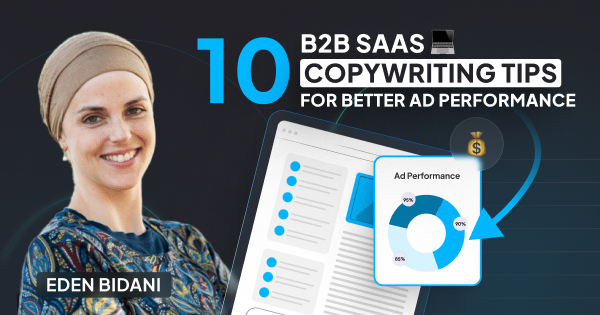
10 B2B SaaS Copywriting Tips for Better Ad Performance
I don’t need to be the one to tell you this, but B2B tech companies have it hard when it comes to getting their advertising to perform.
They’ve got complicated products. And sophisticated audiences (who are all but totally allergic to buzzwords and fluff). And together, they make communicating your company or product’s value super hard.
Having helped countless B2B companies over the past 9 years I’ve learned more than a thing or two about writing copy for these companies.
And today I’m sharing with you my top 10 copywriting tips – tips you can use right away (literally, try them out after you finish reading this) to evaluate your existing ad campaigns and improve their performance, stat.
TABLE OF CONTENTS
- Tip #1: Sell The Click, Not The Product
- Tip #2: Take Something Out Of Your Ad Instead Of Putting More In
- Tip #3: Write First, Edit Later
- Tip #4: Remember How People Interact With Ads
- Tip #5: Use The Slippery Slope
- Tip #6: Don’t Be Afraid to Try Long Copy
- Tip #7: Try to Use Your Voice of Customer As Much As Possible
- Tip #8: Clear Before Clever
- Tip #9: Tie Benefits Back to Something Realistic
- Tip #10: Make Sure Your Copy Passes the “So What” Test
Tip #1: Sell The Click, Not The Product
The first tip is more of a mindset shift: remind yourself that your ad is selling the click, not the product (as a whole).
Prospects don’t see your ad in isolation. They see it in the context of everything else that happens throughout their day, AND in the context of everything else they see on LinkedIn, Google, Facebook or whichever platform your ad is served to them. So unlike an ecom ad, the goal of your ad here is to build excitement and anticipation. You want your prospect to be inspired enough to click on the ad and go where they can learn more about what you have to offer.
This still applies even if you’re providing a free trial, or something else that is free.
Because if you have an average contract value of $50,000-$100,000/year your prospect is NOT going to click on your ad and buy right away.
Instead focus on giving the prospect something – a tip, an idea, an emotional twinge – that will motivate them to click.
This could be through:
- The messaging you use (make sure you’re talking about how you solve business problems, not just “hey our product is really cool”)
- The type of call-to-action (CTA) (making sure it’s not too pushy for people who didn’t know you existed until now)
- The visual in your ad creative (making sure it hits an emotional soft spot)
Remember: You can always go into more depth on the landing page. But that won’t happen if your prospect doesn’t click through in the first place.
Tip #2: Take Something Out Of Your Ad Instead Of Putting More In
Focus on getting one really memorable takeaway across in your ad copy.
Writing copy by committee is never a great strategy and it’s easy to end up with ads that are saying so many different things that the prospect won’t take away any one thing in particular.
Let’s say your product’s main value propositions are: it’s fast, it’s easy to use, and it saves money.
Instead of stuffing all of that information into the same ad, I would write 3 variations:
- Ad Variation 1: Fast
- Ad Variation 2: Easy
- Ad Variation 3: Saves Money
Test each message separately so you can see which performs better AND so the prospect can remember your core value proposition.
Pro tip: you can say the same message 1,000 different times or more by repurposing the way you communicate that message to the market through different creatives, ad types, and copy.
Tip #3: Write First, Edit Later
There are so many times when we sit down to try to write an ad and it’s really hard.
First get all your thoughts, ideas, and concepts out in a document, then let it sit for a couple of hours, and finally go back to it with fresh eyes.
If you just try to write it in one session it’s going to be messy and you’ll spend forever tweaking it.
The idea is that you get to write a really stupid first draft. But you KNOW that it’s going to be bad. So that gives you the chance to get the bad ideas out to make way for the good stuff. Your goal is to come back later to edit and make it better.
I’ve lost count of how many times my first line in the body copy becomes my headline or other parts of my copy shift places with each other because they’re better suited for a different part of the ad. But I’m only able to make these connections with fresh eyes.
Pro tip: you can use ChatGPT for brainstorming but even still you need to let the copy sit. Give yourself time to process it so you can edit it and not just run with it at face value.
Tip #4: Remember How People Interact With Ads
Each element of your ad is a part of the puzzle.
People will stop the scroll because the creative caught them. Then they'll look at the headline. Then they go up and read the body copy. And finally they go back down to the headline before clicking.
The prospect's eyes are going all over the place which means you can’t afford to have copy that’s disjointed.
The headline leads into the body copy and should support the creative. And the body copy should support the headline. All the elements have to work together.
As Eugene Schwartz once said “copy is not written, it’s assembled".
Treat each element of your ad with equal importance and make sure it makes sense when you look at it from the eyes of your prospect.
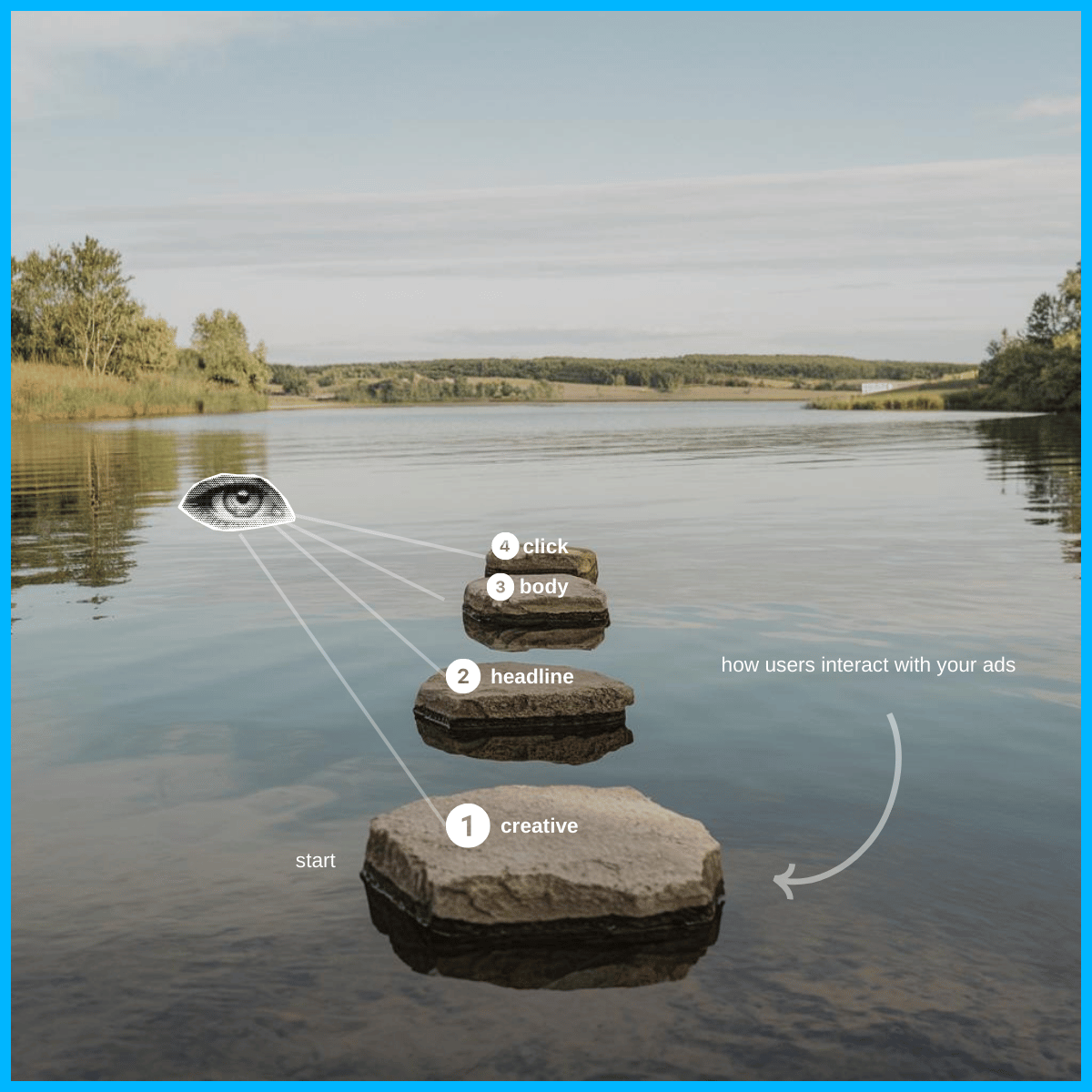
Pro tip: you can’t create ads in isolation, you need your designer and copywriter working together to ensure each variable in your ad works together (headline, body copy, creative).
Tip #5: Use The Slippery Slope
Your first line of copy should get the reader excited to read the second line. The second line should motivate the reader to read the third line. And so on. Direct marketer Joseph Sugarman calls this the “slippery slope”. It makes sure your ad is interesting to read and that the ideas inside it are easy to digest.
The best way to check and test your messaging for clarity and word choice is to read it out loud.
If you’re in the middle of a sentence and you paused for breath, you should place a period. That will help your sentences flow more naturally one into the other.
Tip #6: Don’t Be Afraid to Try Long Copy
I have a bone to pick with people who say “nobody reads online!” Because of course they don’t – if they don’t have something interesting to read.
People binge on Netflix series, video games, novel trilogies, and more for hours in one go.
When you have people's attention you can keep sharing with them new details. But you have to earn their attention, first. (Which won’t happen with clickbait.)
What can you give them in your ad that will make them feel they got value from this interaction, no matter how fleeting it was?
- Did they learn something new?
- Did you make them feel something?
- Did you make them think for a second?
If you can do at least one of those three things you’ll earn their attention.
It’s hard to do this in 150 characters which is why long form copy is so powerful.
Don’t be afraid to push up until that 600 character limit if needed.
Long copy will also lead to a greater dwell time and provide so much more context and opportunity for you to build motivation so they have a reason to click through.
The takeaway here is that people will read your long form ads if it’s interesting to them. But they won’t read even short copy if it’s terrible.
Side note: When writing ad copy I create 2-3 variations for the headline and the body, usually testing out different lengths (short vs long).
Here’s my simple but effective copywriting template I use in Google Docs:
LinkedIn ads template | Eden Bidani
Pro tip: it’s easy for ads to get stuck in the same creative loops, don’t forget to brainstorm new creative concepts to test.
Tip #7: Try to Use Your Voice of Customer As Much As Possible
If no one in the product marketing or CS team is interviewing your customers do this ASAP.
Get on a call with them and ask them questions such as:
- How do you use the product?
- What is the impact of your product?
The goal here isn’t to get testimonials, it’s to understand how your customers talk.
You’ll walk away knowing the benefits that matter to them and challenges.
I’d also recommend talking with sales and asking them what are the top customer objections that prospects say and exactly how they describe it.
Using the same words and language your customers use allows you to communicate in their voice.
These insights are so powerful that not even ChatGPT can brainstorm this for you.
For example I used to work with a company that created $700 work bags and I interviewed a customer that mentioned she used to carry around a “mom bag”.
What did she mean by that? “A shapeless, old ugly bag.”
That word “mom bag” is so unique and reflective of the voice of our customers that using that in our landing page copy instantly resonated and resulted in tremendous lifts in conversion rates.
Five customer interviews can be all it takes.
Tip #8: Clear Before Clever
Jay Abraham once said sometimes the easiest way to sell a horse is to say “horse for sale”.
You have a fleeting moment with your prospects engaging with your ads.
So even if you have to use specific, complicated terms (for your sophisticated audience) you need to focus on making your copy as clear as possible.
For example, try to simplify your language as much as possible. Yes, this might result in you using less voice of customer, or using a different brand tone of voice, and other elements of your messaging. But clear will always convert best.
Consider the words you are using and find synonyms that imply the same meaning with less cognitive load.
John Carlton refers to these as “power words” for example:
Sometimes you want to say fast but you should be saying swift.
Swift implies a very different connotation than fast.
It’s a whole different level of sophistication above “fast” but it’s still a simple word.
How would you say this same thing to a friend? Is a great frame to have.
Remember to avoid complicated and overdone words like omnichannel 🤮
Tip #9: Tie Benefits Back to Something Realistic
Everyone LOVES to talk about benefits – think: “Grow your business!”, “Transform your workplace!", “Win more customers!”, or “Optimize your life…!” 🙄
It’s not that it’s not true. They are. But they’re just so high-level and vague people struggle to grasp them. You need to tie them back to something tangible – something realistic that your prospects identify with. Otherwise, they just come off as fluff.
So make sure the claims you make in your ads are specific. And even better, back up your claims by connecting them to a feature or capability of your product.
Take the step to connect your benefits back to something realistic.
Pro tip: even better than talking about how your benefits connect to something realistic, SHOW PROSPECTS HOW this happens with supporting images or videos.
Tip #10: Make Sure Your Copy Passes the “So What” Test
You should be totally skeptical about your copy (just like prospects will be).
People aren’t stupid — even if they fall victim to clickbait they will bounce from your landing pages.
Every time you look at your copy ask yourself so what? And pick it apart to see where it’s fluff.
Sit back and look through to see where you’re missing proof points or what can be removed.
You’ll be able to find all those tiny things that will throw people off reading your ads.
At the end of the day your audience will look at the total sum of your ad (headline, body copy, creative) and if there are elements out of place such as:
- Run on sentences
- Improper formatting
- Typos and obvious errors
All of these details will affect whether the audience feels they can trust you with their click.
So what allows you a third person frame to find what looks off, and what can be stronger.
Pro tip: search for free ad mockup software on Google to find tools you can use to see what your copy will look like to your audience within the platform you’re advertising.
Hope you found this article helpful! 👏
Connect with me on LinkedIn and let’s keep the conversation going.
And if you’re in need of copywriting assistance check us out at CAPE Agency.
Resources for mastering B2B advertising
If you’re serious about mastering B2B advertising then you definitely need to join 1,000+ B2B marketers leveling up their paid advertising skill sets in AdConversion.
Here’s 4 reasons why you should consider joining. Every one of our on-demand courses are:
✅ 100% free access.
✅ Taught by vetted industry experts.
✅ Have workbooks, resources, and templates.
✅ Less than 10 minutes per lesson.
We believe every marketer should know how to scale paid ads so they can:
- Scale their ideas
- Level up their careers
- Make a positive impact
Click Here to Join 1,000+ B2B Marketers Today and start levelling up your advertising skill set.
Takes < 90 seconds to sign up (seriously we timed it 😂)
People Also Ask
How can I effectively measure the success of my B2B SaaS copywriting efforts?
Utilize key performance indicators (KPIs) such as conversion rates, click-through rates (CTR), and engagement metrics to assess the effectiveness of your copy. A/B testing different versions of your copy can also provide insights into what resonates best with your audience.
What are the best practices for aligning copywriting with the buyer’s journey in B2B SaaS marketing?
Tailor your copy to address the specific needs and pain points of your audience at each stage of the buyer’s journey—awareness, consideration, and decision. This ensures that your messaging is relevant and persuasive throughout the customer lifecycle.
How can I incorporate SEO strategies into my B2B SaaS copywriting to improve search visibility?
Conduct thorough keyword research to identify terms your target audience is searching for. Integrate these keywords naturally into your copy, including headings, meta descriptions, and body text, to enhance search engine optimization (SEO) without compromising readability.
What role does storytelling play in B2B SaaS copywriting, and how can I implement it effectively?
Storytelling helps humanize your brand and makes complex concepts more relatable. Incorporate customer success stories, use cases, or hypothetical scenarios that demonstrate the value and impact of your solution in real-world applications.
How can I ensure my B2B SaaS copywriting maintains a consistent brand voice across different platforms and materials?
Develop a comprehensive style guide that outlines your brand’s tone, language preferences, and messaging guidelines. Ensure all team members and stakeholders adhere to this guide to maintain consistency across all marketing channels and content.

How to Create LinkedIn Audiences that Convert
Sometimes, LinkedIn Ads fail due to poor creatives, messaging, or offers.
But many times — and in my experience, most of the time — the problem is actually the audience.
If you aren’t reaching your ICP, it’s almost impossible to drive conversions.
After running LinkedIn Ads for many hypergrowth startups, I’ve developed a methodology to ensure that I’m getting in front of the right people and minimizing wasted spend for my clients.
I’ll be breaking down my entire process below 👇
TABLE OF CONTENTS
- Step 1: Define your ICP
- Step 2: Brainstorm your targeting
- Step 3: Draft your audiences in LinkedIn Campaign Manager
- Step 4: Refine your audiences
- Step 5: Adjust based on insights
- Conclusion
Step 1: Define your ICP
If you’re taking over a new account and don’t have any audiences yet, here’s where I recommend starting:
1. Explore the website to get some initial ideas on the target job functions and industries of your personas.
2. Talk to your clients. Are there certain industries, company sizes, job titles, or job functions that have historically driven more revenue?
3. Listen to demo calls to gain a deeper understanding of a) what pain points their product solves and b) who resonates most with these pain points
Step 2: Brainstorm your targeting
Once you have a strong understanding of your ICP, it’s time to look at the targeting options available within LinkedIn Ads.
To do this, you can make a copy of this LinkedIn persona database sheet, which contains all the job titles and industries available within LinkedIn Campaign Manager.
If you want to target IT professionals, for example, you can add the filter Text contains “Information Technology”, and you’ll find all 389 IT-related job titles that are available.
Based on these results, you can determine exactly what job titles (or job function + seniority) you want to target.
Also, by looking through the industries tab, you can define the industries you want to reach in your campaigns.
Pro Tip: LinkedIn’s industry categorization can be a bit confusing. If you aren’t sure what industries you should be targeting, look up your best-fit customers on LinkedIn. What industries are they in? These are likely the ones you should be targeting.

Step 3: Draft your audiences in LinkedIn Campaign Manager
Once you have a solid understanding of your ICP and the job titles and industries you want to go after, you’re ready to go into LinkedIn Campaign Manager and create your audiences.
Here’s how you do it:
1. Navigate to the audiences tab, on the left hand side of LinkedIn Campaign Manager.
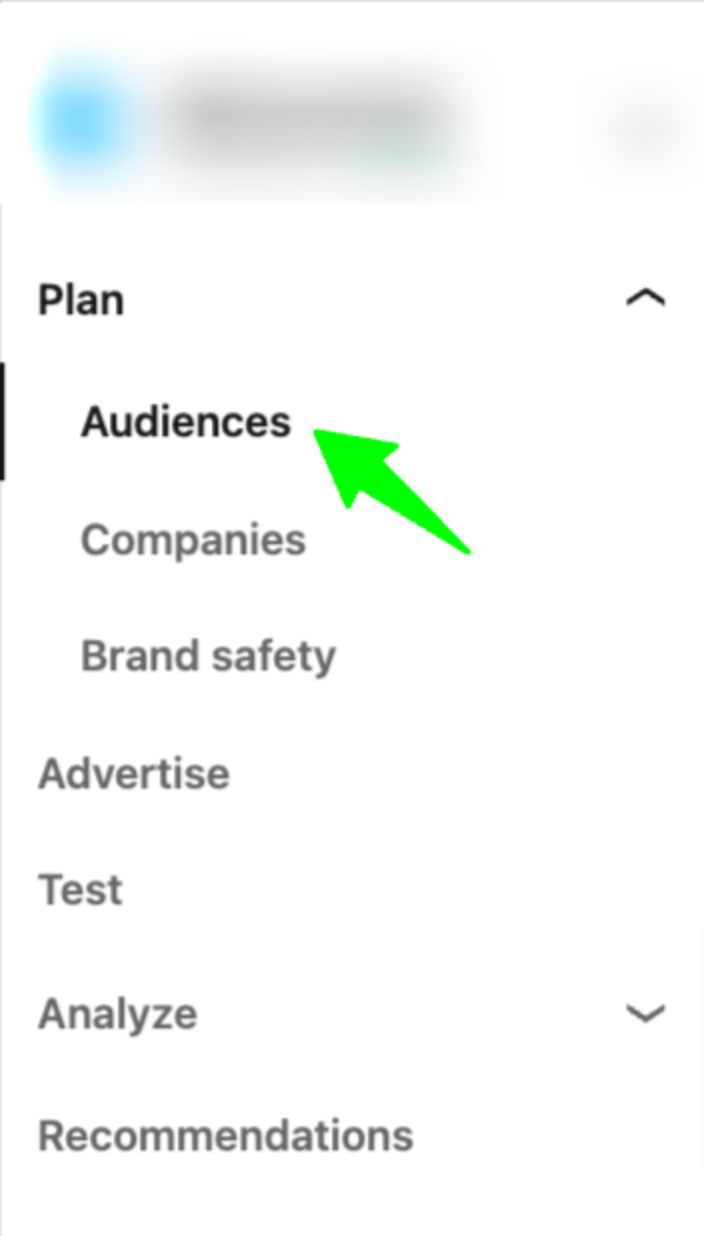
2. Go to “Saved”, and then click on “Create Audience”
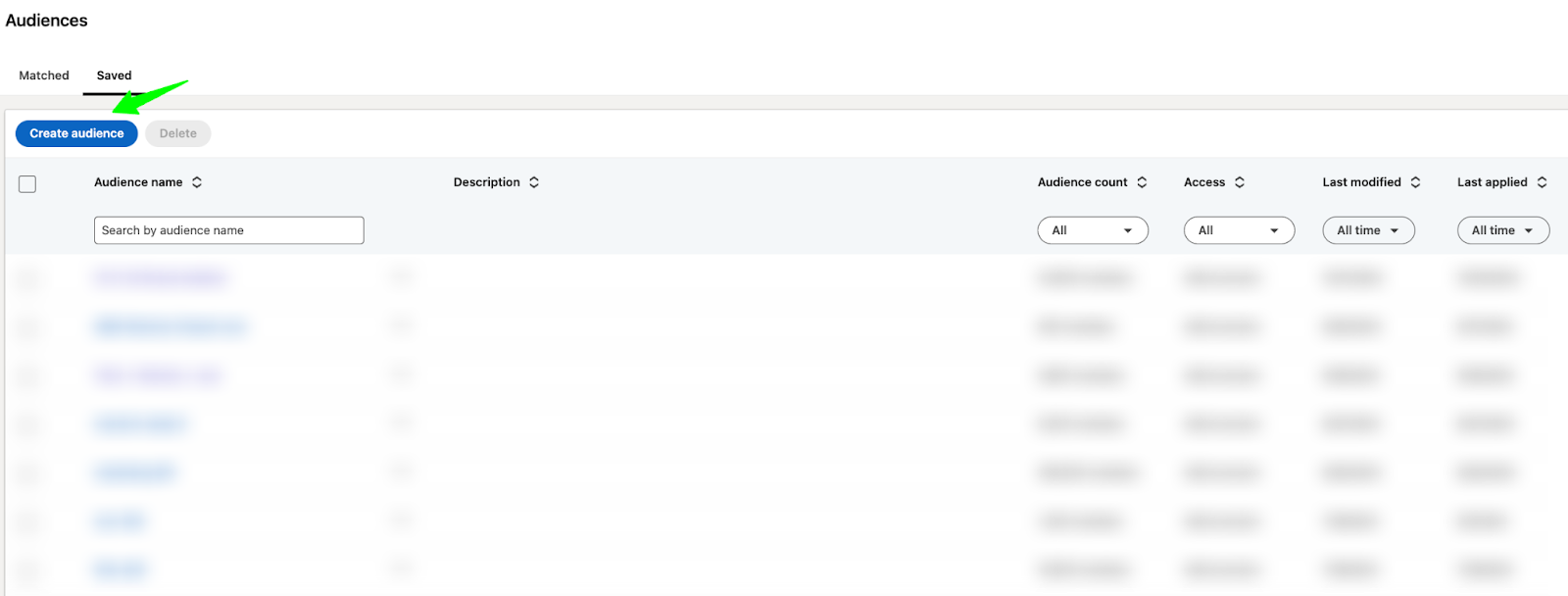
3. Click on “Edit” and input your targeting criteria.

4. Apply your targeting criteria (in the bottom right corner of your screen)

5. Save your audience so you can come back to it later. You can do this in the top right corner of your screen.
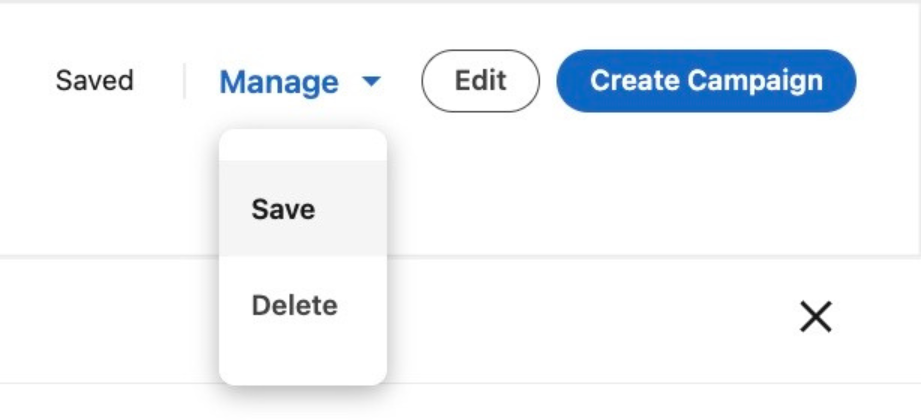
Here are the top 3 audiences that I’ve seen the most success with for capturing demand (feel free to steal or adapt to your company’s needs)
1. Remarketing
90-day Website Visits + 90-day Video Views + 90-day Single Image Ad Interactions + 90-day Company Page Visitors + 90-day Content Lead Gen Form Submissions
AND
Target Locations
AND
Target Job Titles (Substitute for Job Function and Skills if audience is too small)
***Typically I like to go with a 90-day window, but you could go with a longer 180-day window if you have a longer sales cycle.
2. Tier 1 & Tier 2 Accounts
Tier 1 & Tier 2 Account Lists
AND
Target Job Titles
AND
Target Company Size
AND
Target Locations
3. Open opportunities
Companies in the open opportunity phase
AND
Target Job Titles
AND
Target Locations
Step 4: Refine your audiences
Now that you’ve drafted your audience, you’re almost ready to launch, but not quite.
Before going live, it’s important to refine your audiences by making exclusions.
Otherwise, you’ll end up wasting money on irrelevant people.
Here’s how you do it:
1. Access the saved audience you already created

2. Refine the Audience
Look at the “Member” and “Company” sections of your audience for exclusion ideas.
In the member tab, you can see what job titles, job functions, and seniorities you’re targeting.
For example, if you’re aiming to target the IT job function and 21% of your audience consists of Engineering or Military, you might exclude these irrelevant functions.
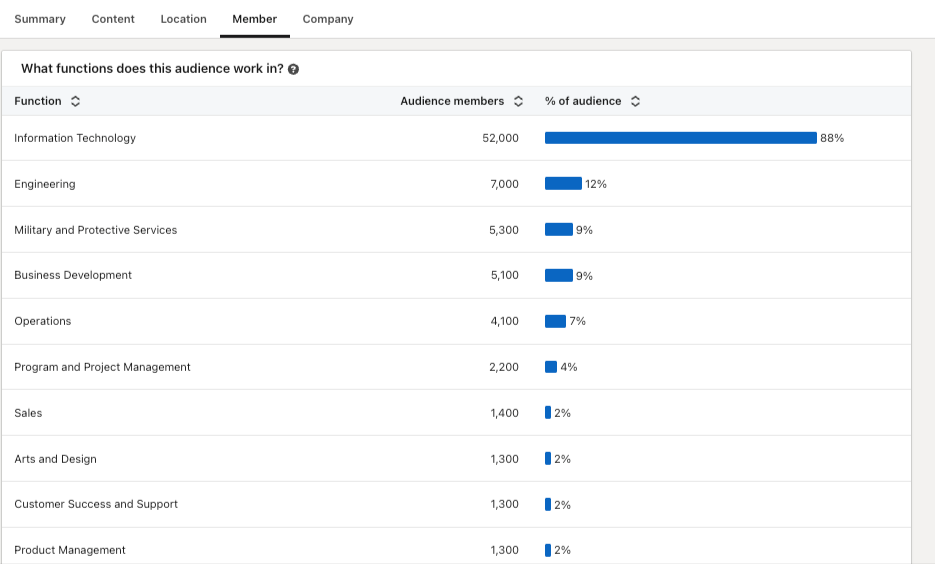
In the company tab, you can review what industries, company sizes, and companies you’re targeting.
For example, if you’re aiming to target FinServ and realize that 13% of your audience is in Hospitals and Healthcare, you may want to exclude it from your targeting.
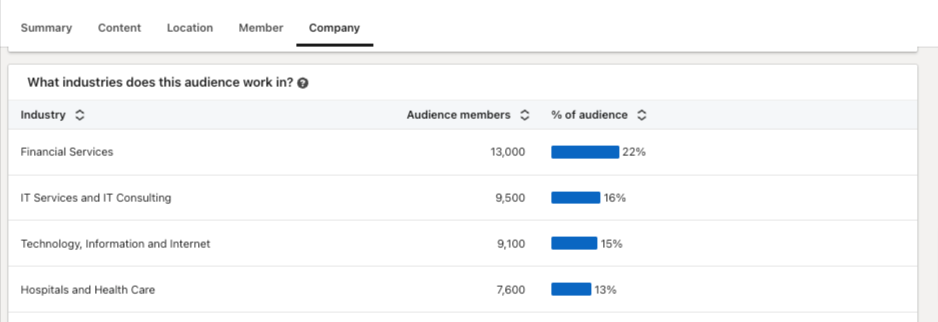
Go through all available options in your saved audience and refine as much as possible.
Once you’re happy with the exclusions you’ve made, you can add this audience to your campaigns.
Here are the top exclusions that I typically make to avoid wasted spend (feel free to use as inspiration)
1. Irrelevant Industries
2. Irrelevant job functions
3. Irrelevant seniorities
4. Up-to-date list of customers and competitors
5. Current employees
6. People who have visited the login or support pages
7. Poor fit titles (ie students, teachers, retired, interns, analysts)
8. Company sizes outside of ICP
9. People who have recently filled out demo forms
Step 5: Adjust based on insights
After making exclusions and launching your campaigns, your work isn’t finished. In order to be successful with LinkedIn Ads, you need to continually check and adjust your targeting.
To do this, make sure you look at your demographics report on a weekly basis.
This can be found in the top right corner of LinkedIn Campaign Manager. To access it, simply select your campaign and click on “Demographics.”

Now, you’ll be able to see the job functions, job titles, companies, industries, seniorities, etc. that your campaigns are reaching.
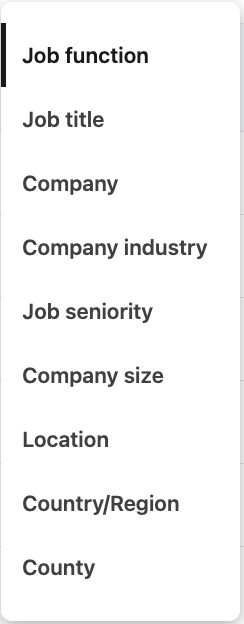
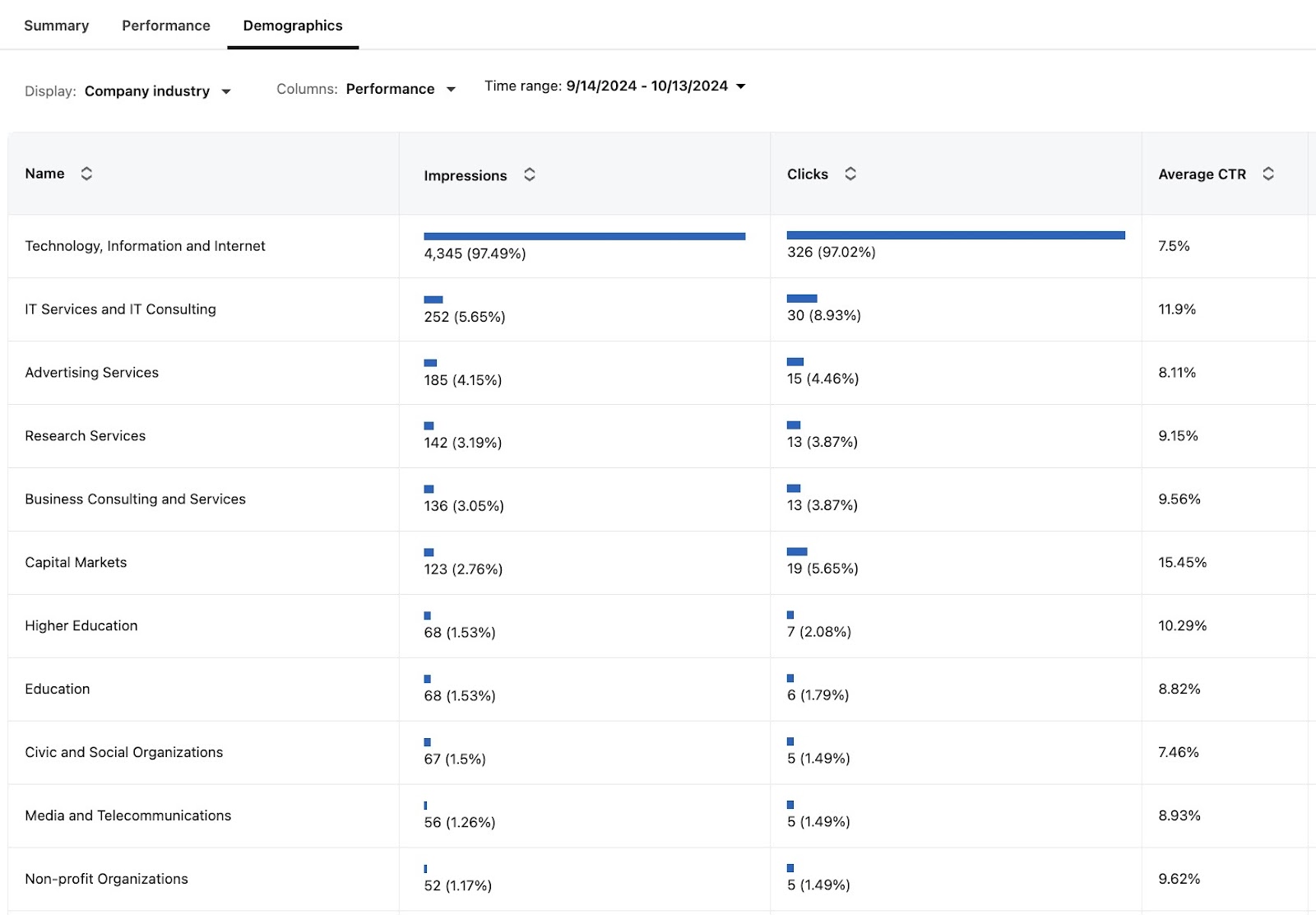
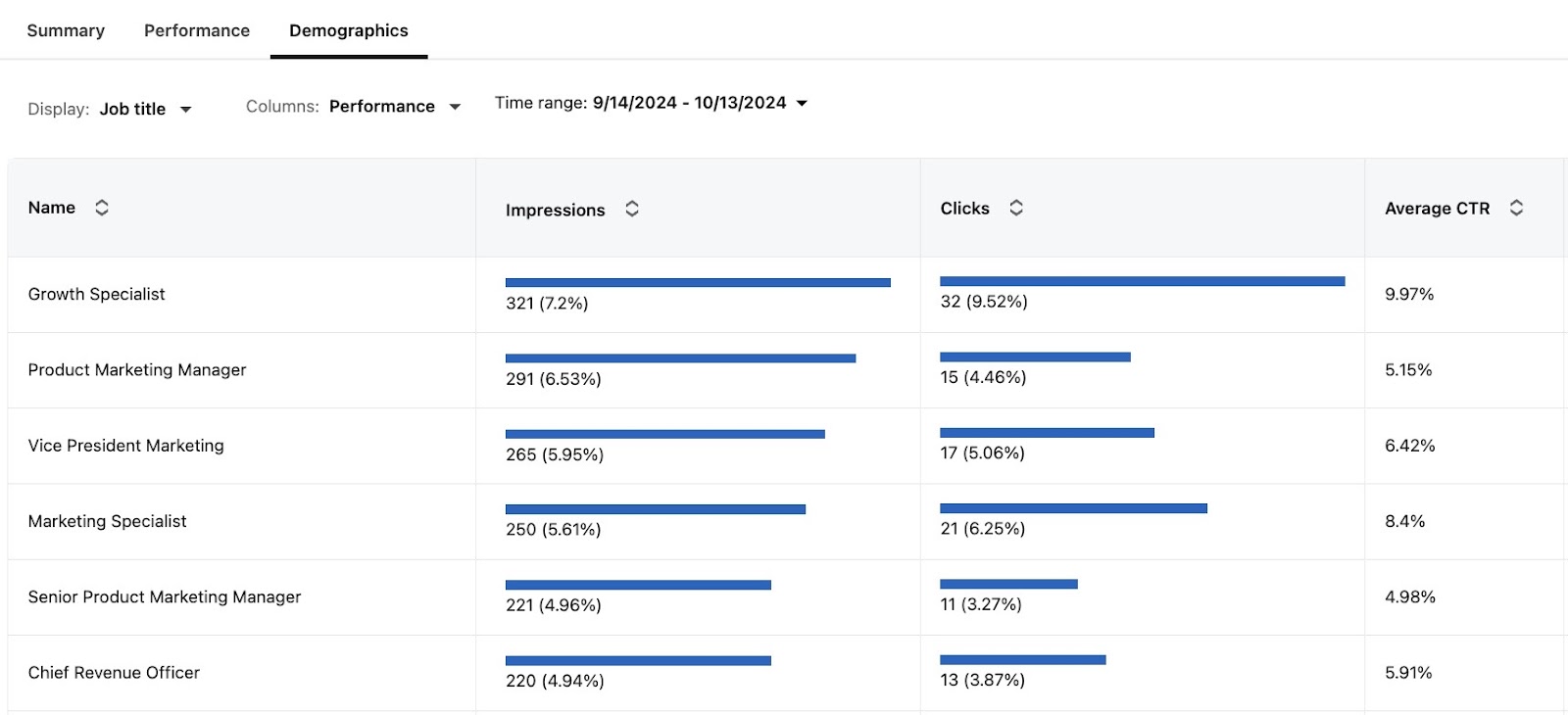
Look through all of these insights – are the people you’re reaching closely aligned with your intended targeting?
Are there certain job titles, functions, companies, industries, etc. that you want to exclude?
Doing this exercise may seem tedious or insignificant, but these small details are often the difference between success and failure.
Conclusion
To summarize, if you want to generate conversions on LinkedIn Ads:
1. Make sure you get extremely clear on who you want to target.
2. Consider testing proven targeting combinations, such as retargeting, tier 1 and tier 2 accounts, and open opportunities.
3. Audit your audiences in LinkedIn Campaign Manager and make all the necessary exclusions to avoid wasted spend.
4. After launch, consistently check your demographics report and adjust your audiences as needed.
P.S. If you have any questions and would like to get in touch, feel free to send me a message on LinkedIn
Master B2B LinkedIn Ads with these 3 Free Courses:
If you want to become a LinkedIn Ads pro, check out our free B2B LinkedIn Ads courses, where you'll learn how to launch, optimize, and scale your campaigns to drive pipeline and revenue.
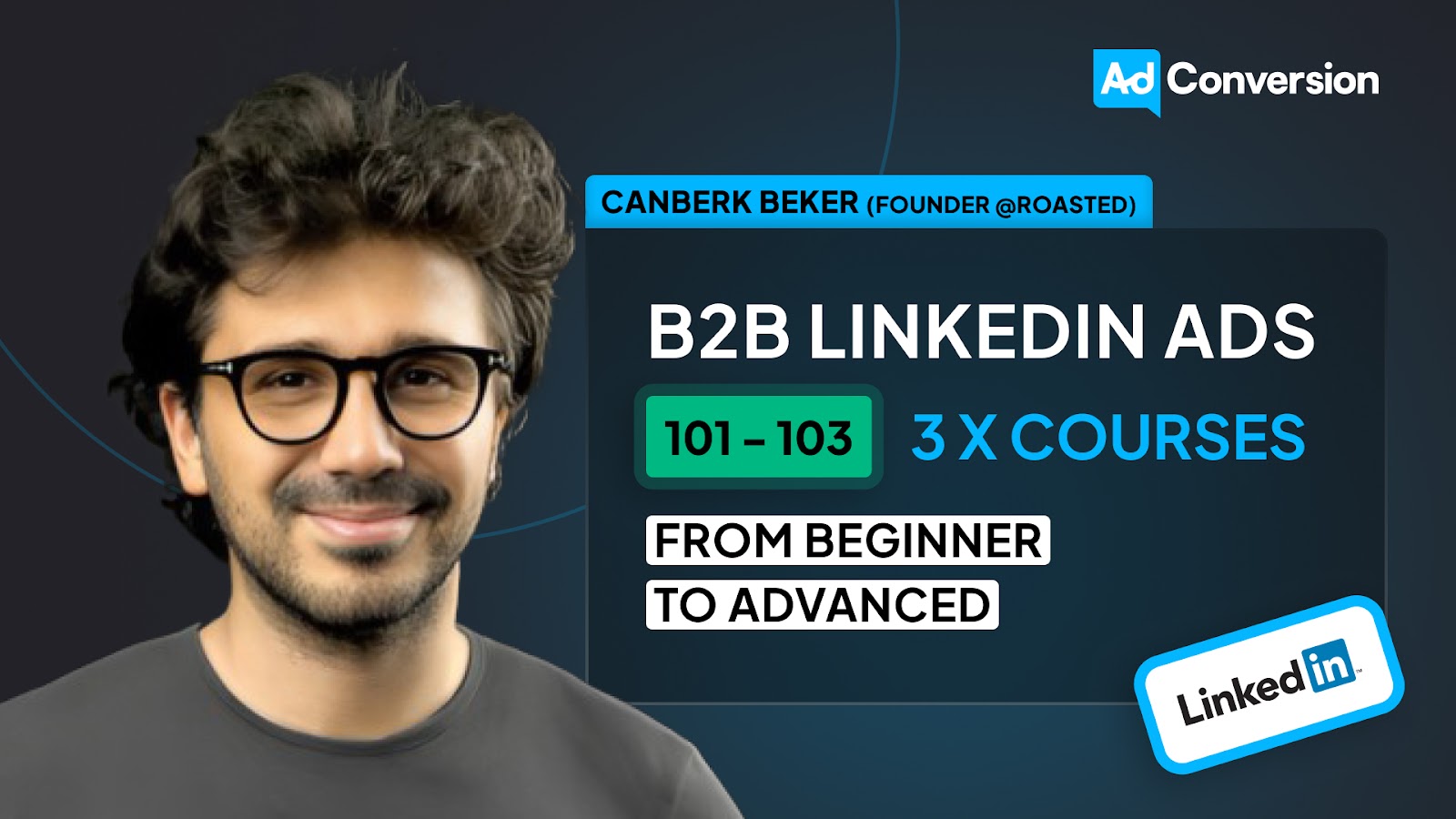
Here's what you'll learn in each course:
⚙️ B2B LinkedIn Ads 101 - The Ultimate Crash Course for New LinkedIn Advertisers
- Foundations For LinkedIn Ads Success
- Measurement: Tracking & Key Principles
- Targeting: Reaching Your Dream Buyers
- Ads: Mastering The 9 Ad Formats
🎯 B2B LinkedIn Ads 102 - The Blueprint for LinkedIn Ads Optimization
- Monitoring: How To Spot Performance Trends
- Auditing: How To Find The Darlings You Need To Kill
- Reporting: How To Transform Data Into Insights
- Optimization: How To Make Your LinkedIn Ads Profitable
🚀 B2B LinkedIn Ads 103 - Advanced Scaling Strategies From $25M In Ad Spend
- Concepts of Scaling
- Divide and Conquer
- Learnings From $25M+ In LinkedIn Ad Spend
Click Here to Join 1,000+ B2B Marketers Today and start leveling up your advertising skill set.
Takes < 90 seconds to sign up (seriously we timed it 😂)
People Also Ask
How can I effectively measure the success of my LinkedIn ad campaigns in terms of audience engagement and conversion rates?
Utilize LinkedIn’s Campaign Manager to monitor key performance indicators (KPIs) such as click-through rates (CTR), conversion rates, and cost per conversion. Implement LinkedIn’s conversion tracking to assess how many ad interactions lead to desired actions, providing insights into campaign effectiveness.
What are the best practices for refining audience targeting to minimize wasted ad spend on LinkedIn?
Leverage LinkedIn’s advanced targeting options, including job titles, industries, company sizes, and seniority levels, to align your ads with your ideal customer profile (ICP). Regularly analyze campaign data to identify underperforming segments and adjust targeting parameters accordingly to optimize ad spend.
How can I utilize LinkedIn’s audience insights to enhance my ad creatives and messaging?
Analyze demographic data and engagement metrics to understand which audience segments interact most with your ads. Tailor your ad creatives and messaging to resonate with these segments, addressing their specific pain points and interests to increase relevance and engagement.
What strategies can I employ to test and optimize different audience segments on LinkedIn?
Implement A/B testing by creating multiple ad variations targeting different audience segments. Compare performance metrics to determine which segments yield the highest engagement and conversions, and allocate more resources to the top-performing audiences.
How can I integrate LinkedIn audience targeting with other marketing channels for a cohesive strategy?
Align your LinkedIn audience targeting with other platforms by creating consistent buyer personas across channels. Use LinkedIn’s Matched Audiences feature to retarget website visitors or upload contact lists, ensuring a unified approach that reinforces your marketing messages across different touchpoints.

How to get LinkedIn-like Targeting with YouTube Ads for B2B
LinkedIn has hands down the BEST targeting options available for B2B marketers.
Which leads most brands to only advertising on LinkedIn and not much else for social.
If you’re looking for a new channel to scale ABM and/or reach your ideal customer.
In this article you’ll learn 3 YouTube Ads targeting methods worth testing 👇
TABLE OF CONTENTS:
- Targeting option 1: Steal from LinkedIn
- Targeting option 2: Leverage tech
- Targeting option 3: Build custom audiences
Targeting option 1: Steal from LinkedIn
Let’s face it LinkedIn is the BEST for account-based targeting.
The first-party company data they have is unmatched and updated regularly.
This is why 99% of B2B marketers are forced to advertise on LinkedIn.
If you’re pushing a ton of site traffic from LinkedIn Ads and confident in your audience targeting.
Steal that LinkedIn Ads traffic by remarketing to them on YouTube! 🔥
Build a retargeting audience using utm_source = linkedin for YouTube
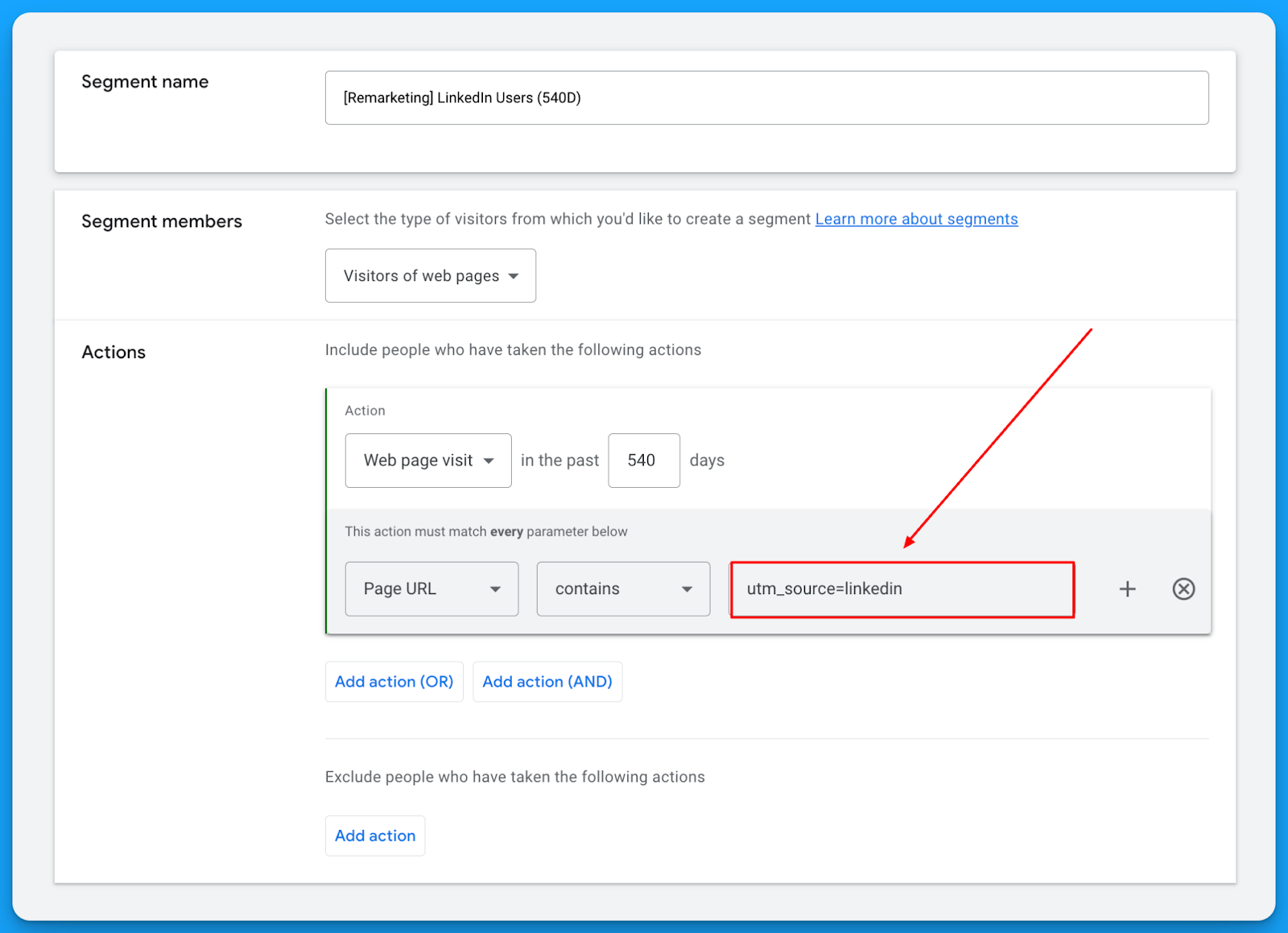
Or whatever your utm_source is for your LinkedIn Ad campaigns.
You can also further filter by utm_campaign if the size is large enough.
This way you’re getting in front of the same users on YouTube for a fraction of the cost.
Targeting option 2: Leverage tech
Google allows you to upload contact lists for audience targeting.
These lists can include; existing customers, sales qualified leads, leads in nurture and so much more.
As long as your matched lists exceed 100 in size you can use it for targeting or exclusion on YouTube.
Depending on your CRM (ex: Salesforce, HubSpot) there are different technologies you can use to automatically import contact lists into Google Ads for targeting.
Some of those tools include:
Hubspot <> Google Ads Integration
If you’re a Hubspot user you’re in luck!
HubSpot makes it really easy to upload dynamic audiences to Google Ads via integration.

Salesforce <> Google Ads Integration
If you’re using Salesforce this also can be done via direct integration with Google Ads.
Simply link the two tools together via the Data Manager in your account.
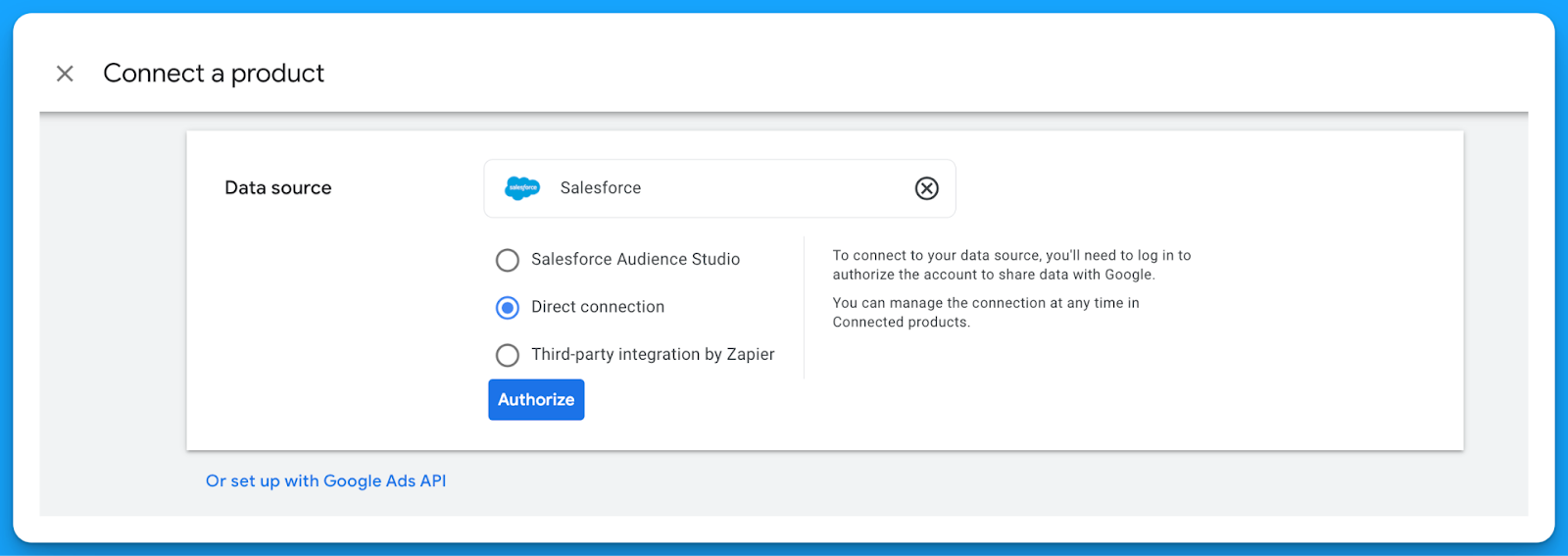
Zapier
Using a CRM that doesn’t have a direct integration with Google Ads?
If you’re in this bucket, I highly recommend exploring Zapier to automate your contact list uploads.
Zapier will act as the bridge between your CRM and Google Ads, here’s an example of how we automated contact lists imports from ActiveCampaign:
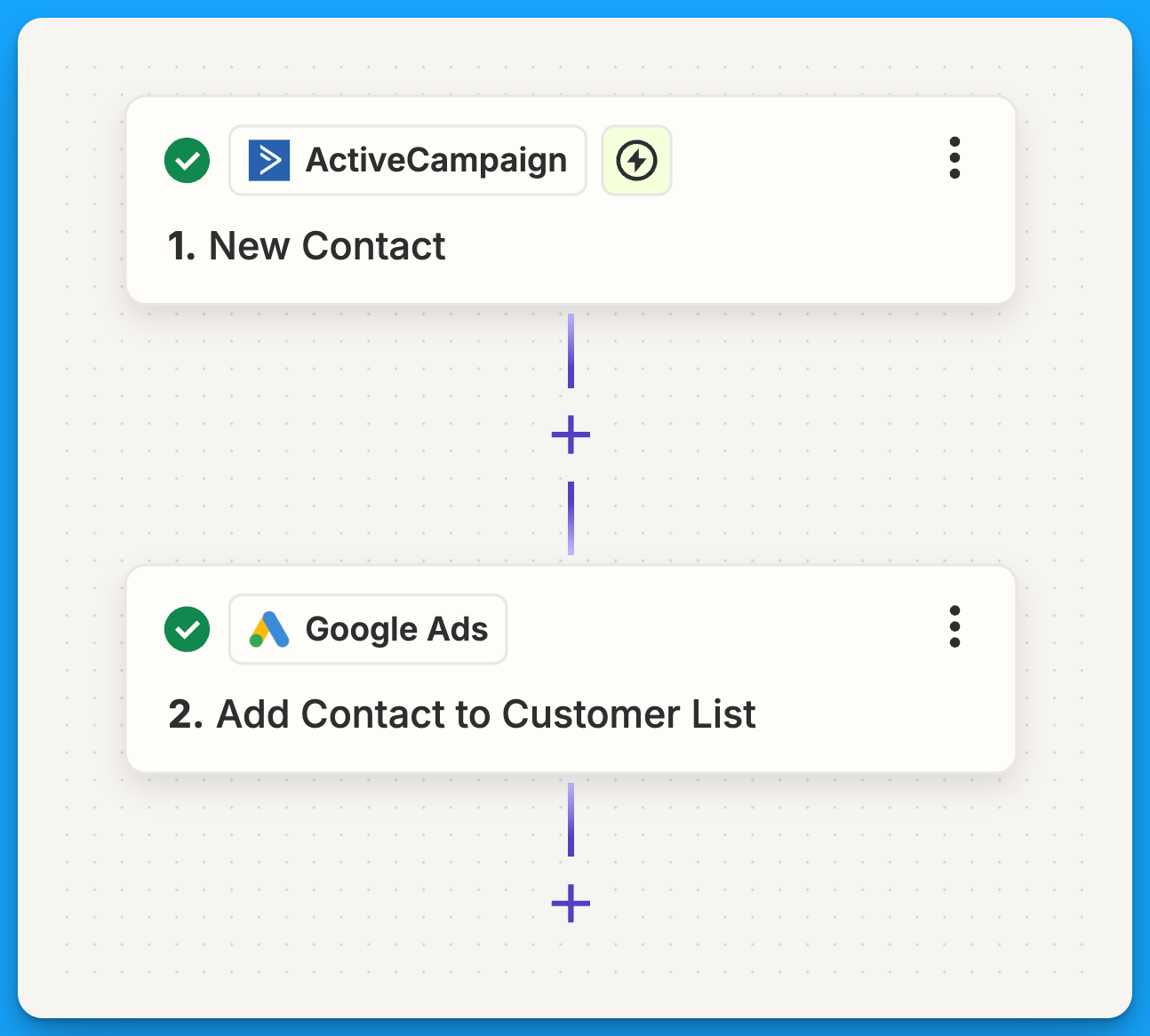
Targeting option 3: Build custom audiences
Fun fact! Google owns YouTube, arguably the second largest search engine in the world.
The amount of behavioural data Google has is incomprehensible 🤯
Lucky for us we can take advantage of it with custom audiences.
Custom audiences allow you target based on:
- What they searched on Google: reach the same Google searchers on YouTube for a fraction of the cost.
- Interests or purchase intention: reach people based on relevant keyword interests or in-market behaviour.
- Websites browsed: add URLs to reach people who visit similar sites.
- Apps used: target users who use certain Google Play Store apps.
Here’s 3 ways to use custom audiences for B2B targeting:
- Brand keywords of your target accounts

- Company page & LinkedIn page URLs of your target accounts

- Google Play Apps of your target accounts (if applicable)
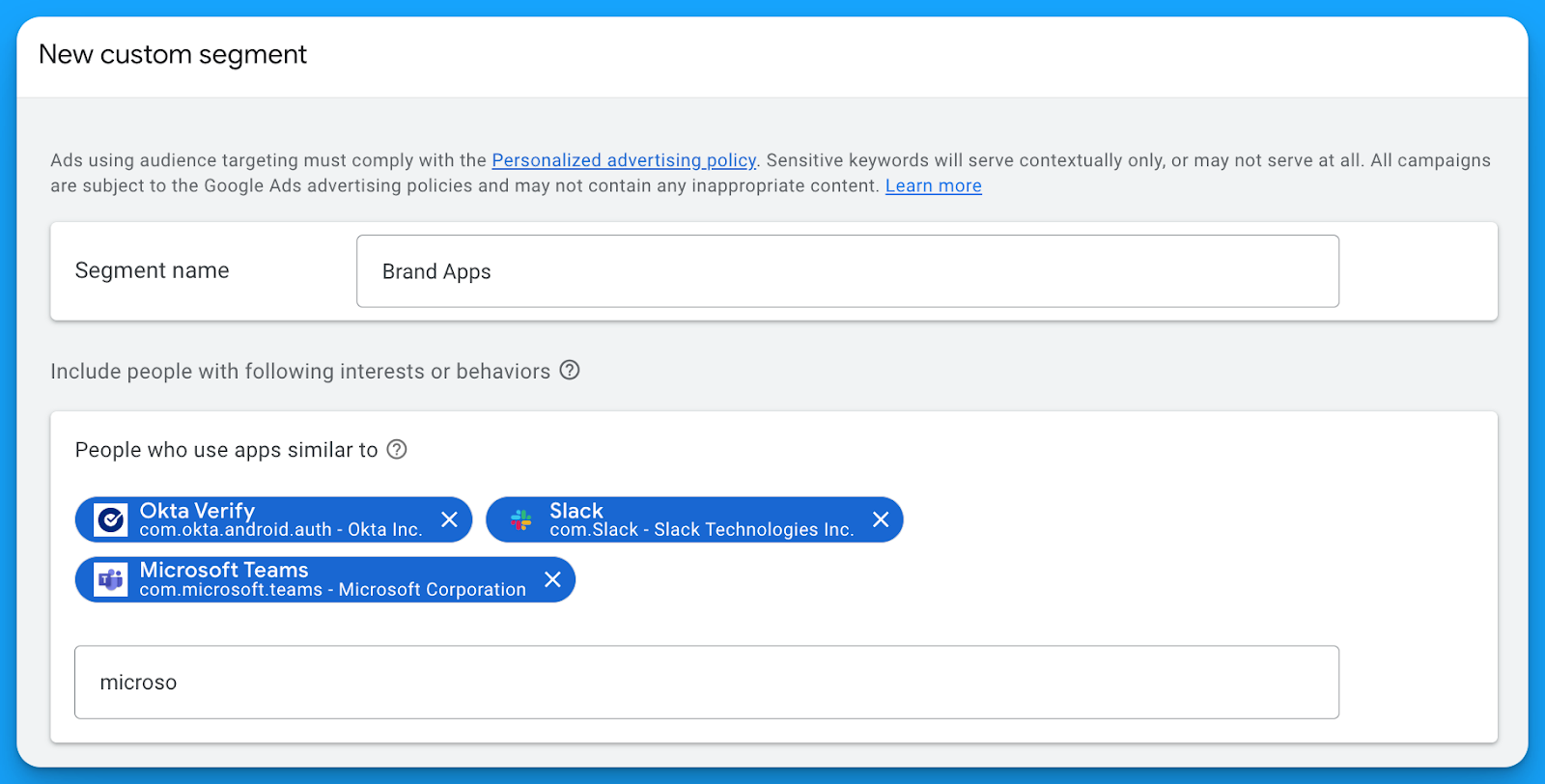
You can also target high-intent solution keywords, and competitor names.
The opportunities are truly endless in terms of the types of keywords you can target.
Start as specific as you can and expand based on your reach.
Hope you found this article helpful!
From Clicks to Conversions: Master Google Ads for B2B 🔥
If you want to become a Google Ads pro, check out our free B2B Google Ads courses, where you'll learn how to launch, optimize, and scale your campaigns to drive pipeline and revenue.

Here's what you'll learn in each course:
⚙️ B2B Google Ads 101 - How to Launch Dangerously Effective Campaigns for Beginners
- The Googleverse: The Game You're Playing & How To Win
- Measurement: How to Make Sure You're Profitable
- Targeting: How to Show Up For the Right Searcher
- Planning: Putting It All Together
🎯 Google Ads 102 - How to Clicks Into Profit
- Visibility: How To Find the Hole Sucking Profits
- Workflows: How to Optimize On a Daily, Weekly, Monthly & Quarterly Basis
- Experimentation: How to Test & Automate Profitability
- Troubleshooting: How To Solve Inevitable Problems
🚀 Google Ads 103 - How to Scale Google Ads For Advanced Advertisers
- Methodology: How to Vertically Scale Google Ads From A-Z
- Campaigns: Scaling Horizontally Through Campaign Themes
- Channels: Scaling Outside of Paid Search
Click Here to Join 1,000+ B2B Marketers Today and start leveling up your advertising skill set.
Takes < 90 seconds to sign up (seriously we timed it 😂)
People Also Ask
How can I effectively measure the success of my YouTube Ads campaigns in reaching B2B audiences?
Utilize YouTube’s analytics to monitor key performance indicators (KPIs) such as view rates, click-through rates (CTR), and conversion rates. Implement tracking pixels and UTM parameters to assess the impact on lead generation and sales.
What are the best practices for creating engaging video content that resonates with B2B audiences on YouTube?
Develop content that addresses specific pain points and interests of your target audience. Incorporate clear messaging, professional visuals, and strong calls-to-action to encourage engagement.
How can I integrate YouTube Ads into my existing B2B marketing strategy?
Align your YouTube Ads with broader marketing campaigns to ensure consistent messaging across channels. Use insights from other platforms, like LinkedIn, to inform your YouTube targeting and content strategies.
What are the cost considerations when using YouTube Ads for B2B marketing?
YouTube Ads operate on a pay-per-view or pay-per-click basis, allowing for flexible budgeting. It’s essential to monitor spending closely and adjust bids and targeting to optimize return on investment.
How can I ensure compliance with data privacy regulations when uploading contact lists for targeting on YouTube?
Ensure that all contact data is collected and used in accordance with relevant data privacy laws, such as GDPR or CCPA. Obtain explicit consent from individuals before using their information for targeted advertising.
.jpg)
10 Tips You Need to Know Before Hiring Your Next Ad Agency or Consultant
Working with an advertising agency, freelancer, or consultant?
After the past 12 years working in-house I know what good and bad looks like.
In this article I’m going to share with you my hard lessons learned on working with these partners.
And if you’re an agency owner, freelancer, or consultant reading this (take notes!) 📝
These tips are bucketed into four parts: people, product, process, and results.
Let’s dive in!
TABLE OF CONTENTS:
- Tip #1: Be clear on your communication needs and expectations
- Tip #2: Decide your meeting cadence
- Tip #3: Get clear on who and what for your tools
- Tip #4: Review your brand foundations
- Tip #5: Make sure your extended team knows the audience targeting
- Tip #6: Define your operational plumbing
- Tip #7: Share your historical benchmarks
- Tip #8: Be clear on your naming conventions
- Tip #9: Have clear trackable goals
- Tip #10: Set clear timelines and deliverables
[process] Tip #1: Be clear on your communication needs and expectations
You have to be upfront about this from the beginning.
Where and how often are the two key questions here:
- Where will we be communicating? (ex: Slack)
- How soon should you expect a response? (ex: within 24 hours)
- How fast can I expect a certain task to be completed? (ex: 72 hours)
You need to tell your partners what you expect from them in terms of communication.
Steal this template:
“Hey {Name}, I want to be really clear that with the agencies I work with I expect a response from my slack or emails within {timeframe, ex: 12 business hours}”.
This is equally as important for those of us managing clients as it allows you to more effectively prioritize your communications with clients and triage your day.
[process] Tip #2: Decide your meeting cadence
This tip connects with the previous around framing expectations.
You have to get clear on how often you’re going to be meeting, is it weekly, bi-Weekly, monthly?
Communicate your expectations on how often you’ll meet and the options available.
By getting clear on your needs and how fast you want to get things done will allow you to answer this.
The best part about defined meeting cadences is that it allows you to hold people accountable.
It’s a forcing function that makes sure you’re getting what you need fast enough.
My preferred meeting cadence:
Weekly for the first six weeks to build trust and create momentum then move towards bi-weekly.
Within the first 6-weeks of working with a new agency or consultant you’ll want to ensure they are set up with:
- Systems access
- Clearly defined goals
- Clarity on your ICP and audience
From here everything is addressed and you can move to a bi-weekly cadence.
Again this is my personal preference align according to your needs!
If you want some tips on how to run an effective meeting check out my LinkedIn post 🎉
[process] Tip #3: Get clear on who and what for your tools
The last thing you want is for it to take four weeks for your agency to get plugged into your system.
Get your new partners access to your systems as fast as possible so they can begin adding value.
Build a document with a clear list of all the primary tools they’ll need access for and who to contact.
If the agency, consultant, or freelancer you’re onboarding already has clear documentation already on how you can provide them access to their primary tools this is a green flag! 🟢
If you can take the initiative to build an internal version of this document even better.
You know your marketing operations person's name, make sure they know as well.
The more people working together across teams the more important this becomes.
[product] Tip #4: Review your brand foundations
Make sure your agency, freelancer, or consultant understands your brand.
Your brand foundations consists of:
- What does your solution do?
- What’s your unique value prop?
- What’s your origin story?
- Who are your competitors?
- What’s your tone of voice?
Even better if your partners can sit in on a live demo (or at the minimum watch a recording).
If your partners don’t get sold on the unique value you provide they will never be able to make an impact with the campaigns they create for you (and red flag if they don’t want to know! 🔴).
[product] Tip #5: Make sure your extended team knows the audience targeting
We touched on this on tip #4 but this is so important it deserves its own tip.
Audience targeting is the foundation of everything you’re going to be doing.
You need to be absolutely clear on:
- Job titles
- Job functions
- Company size
- Industries
Really, really, really hone in on this! 🙏
Make sure your extended teams knows this as well.
This is where your buyer persona comes into play, if you need help on how to craft one check out Module 2 of my B2B Advertising Foundations course where I show you how to piece it together.
Give them as much customer information as possible because they have to know this.
They need to know what good vs bad leads look like.
Pro tip:
Keep all this customer information in a shared document so your partners can refer back to it in the future when needed and setup a shared channel to monitor lead quality 🔥
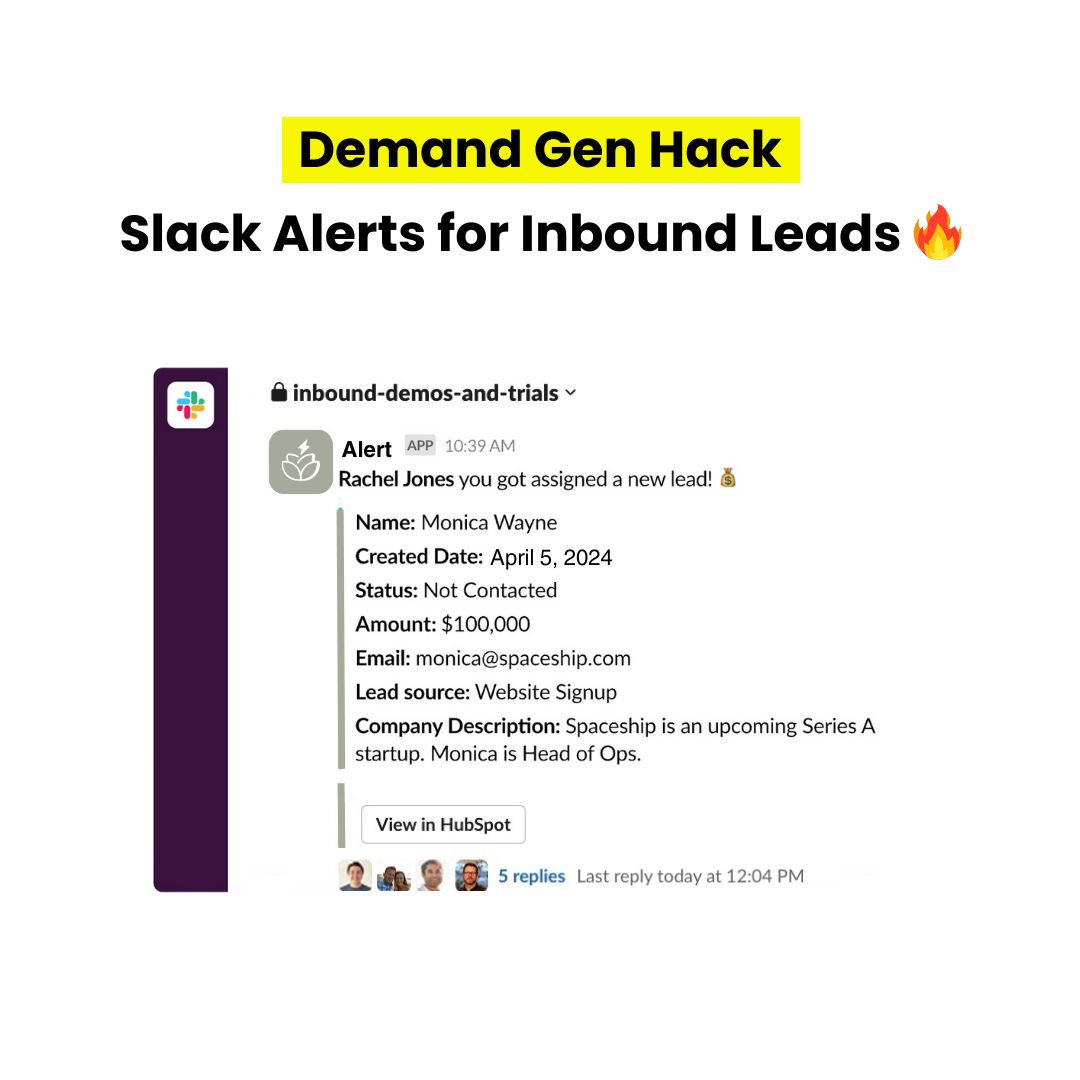
[process] Tip #6: Define your operational plumbing
You need to be specific on how things should be tracked.
The goal isn’t to just drive leads, it’s to scale legit qualified pipeline and revenue.
Work with your extended teams to map out your customer lifecycle operations.
For example, they should be clear on:
- Once someone fills out a form, now what?
- How are leads being handed off to sales?
- How is the team being notified on new leads?
- How are they being followed up with?
From here it’s piecing together the right UTM conventions for measurement, connecting forms in our marketing automation tools so be able to route appropriately.
Walk through all of these steps and the points in-between so things are tracked.
Take my word for it, defining this will save you a lot of headaches at the end of the quarter! 😅
[results] Tip #7: Share your historical benchmarks
You need to first understand your historical benchmarks so you can share them.
Reverse engineer your funnel to understand your performance between steps.
This will look different for every company but here’s an example for sales led:
- Meetings Booked
- Meetings Completed
- Opportunities
- Pipeline
- Revenue
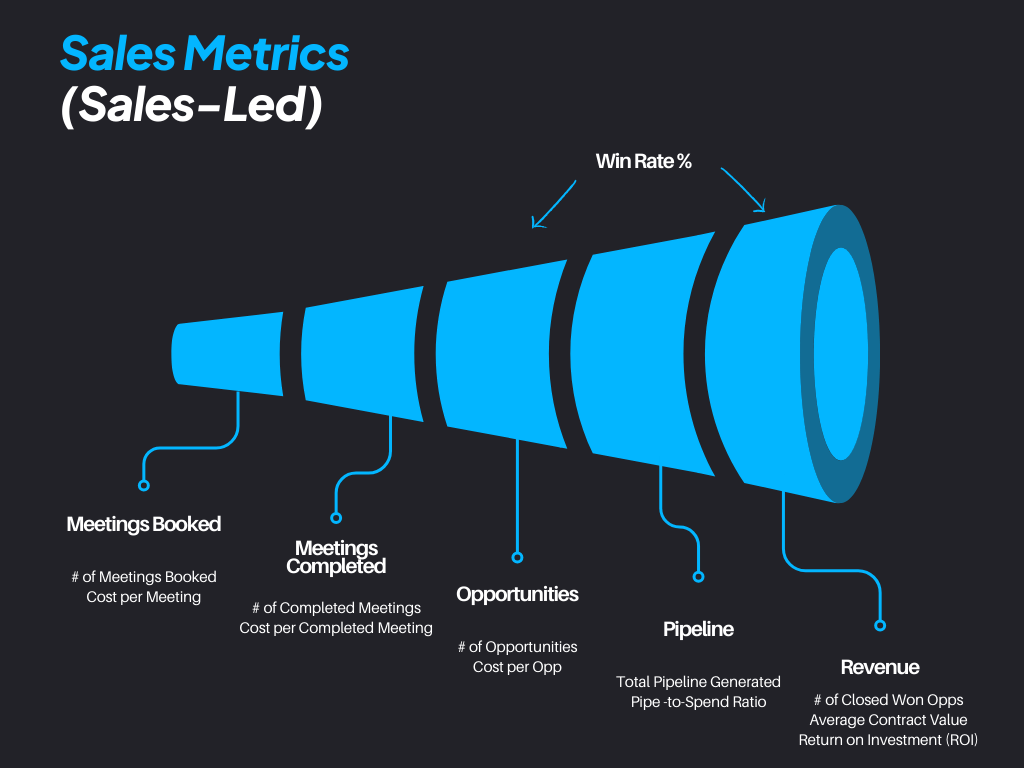
Knowing the difference between steps is crucial to improve efficiency.
If your agency or consultant isn’t trying to reverse engineer your funnel that’s a red flag! 🔴
Share these historical benchmarks and hold them accountable.
[Process] Tip #8: Be clear on your naming conventions
Your partners need to be able to jump inside your ad accounts and understand what’s happening.
The first step is making sure they are informed on your naming conventions.
Align on naming conventions for:
- Forms
- Campaigns
- Creatives
And if you’re reading this and don’t have existing naming conventions, ask yourself:
What are the questions I’d like to answer from my campaigns?
For example, I want to know:
- What’s my performance by region?
- What’s my performance by campaign objective?
- What’s my performance by ad?
Then use these answers to include them in your naming convention.
This is a really small in the weeds tactical step but worth sharing.
[results] Tip #9: Have clear trackable goals
Determine the metrics that matter that your advertising partners should track and the frequency in which they should be reporting on these goals to you.
I personally like to report on these weekly to make sure everything is pacing appropriately.
This also allows you to pivot quickly when things start to go off track.
When determining the metrics that matter, also brainstorm your leading indicators.
Leading indicators are clear metrics that help you determine early signs of success.
For example, depending on your campaigns objective it might look a bit different:
- Lead gen = qualified leads created
- Awareness = engagement rate by ad type
Just choose something that can happen quickly within the first 7 days of a campaign going live and is a relevant milestone that will ultimately lead to your end goal.
🟢 An early and specific goal is better than no goal at all.
Without this clarity you or your partners won’t be able to prioritize what needs to be done.
If you’re struggling with deciding on your goals go back to tip #7 and understand your benchmarks.
[results] Tip #10: Set clear timelines and deliverables
Defining the success metrics that matter and the roadmap to get there is CRUCIAL.
You have to be clear upfront timelines for both parties or it’s going to get squirrely 🐿😅
If it’s not defined upfront as you go things will go sideways.
Communicate to your agency, consultant, or freelancer:
Here’s what we expect from month 1, 2, and so on…
You’re hiring these experts to come in and solve a specific problem.
The goal is to hold your partner accountable to the outcome and not tasks.
This keeps you focused on the things that matter (ex: funnel optimization, benchmarks, goals).
I hope you found these 10 tips helpful and the best of luck in your future partnerships! ♥️
Connect with me on LinkedIn, and let’s keep the conversation going.
You can also visit my website here for more valuable content.
Jumpstart Your B2B Marketing Career
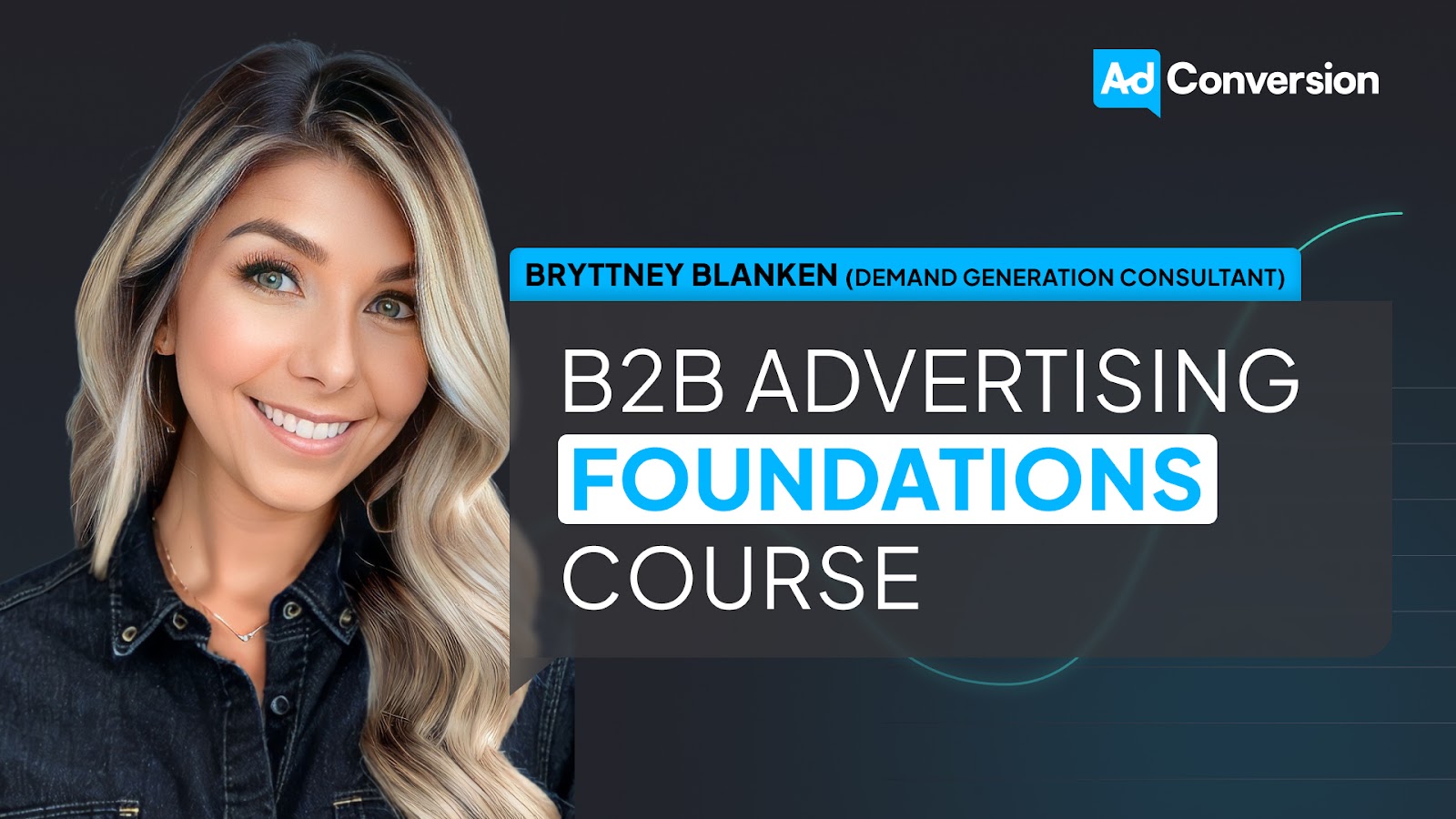
If you’re serious about mastering B2B advertising, then you definitely need to check out my free course that will teach you the foundational knowledge to becoming a high-performing B2B marketer who knows how to use advertising to drive legit business and revenue impact without the fluff or wasting your time and money learning the ropes the hard way.
- Module 1: you’ll get a crash course in the B2Bverse and master terminology, sales processes, and working across teams.
- Module 2: you’ll learn how to become your customer's psychologist and understand them deeply with buyer personas that allow you to craft effective messaging.
- Module 3: you’ll master the B2B funnel and learn how to think like a CEO to identify performance bottlenecks and convert more leads into revenue.
- Module 4: you’ll learn how to put it all together and build your go-to-market strategy that gets your ad in front of your dream buyers and converts attention.
This course was designed with absolute beginners in mind.
Accelerate your learning curve and start the course today for free.
People Also Ask
What should I look for when evaluating a digital marketing agency’s or freelancer’s portfolio?
Look for case studies or examples of work relevant to your industry or goals. Examine metrics like ROI, lead generation, or brand awareness improvements. Ensure their style and results align with your business objectives.
How can I assess the expertise of a digital marketing agency or freelancer before hiring?
Ask about their certifications (e.g., Google Ads, HubSpot), years of experience, and client testimonials. Request examples of campaigns they’ve worked on and inquire about their understanding of your niche.
What key questions should I ask during the discovery call with a potential agency or freelancer?
• Questions might include:
• What industries have you worked with?
• How do you approach campaign strategy?
• What KPIs do you typically focus on?
• How often will we receive updates or reports?
How can I ensure smooth communication and collaboration with a marketing agency or freelancer?
Establish clear communication channels (e.g., Slack, email) and agree on response times. Schedule regular check-ins or status meetings to align on progress and adjust strategies as needed.
What are red flags to watch out for when hiring an agency or freelancer?
Be cautious if they guarantee immediate results, avoid sharing clear metrics, or lack transparency about pricing or deliverables. A reputable partner will provide realistic expectations and detailed proposals.
Should I choose an agency or freelancer for my marketing needs?
Agencies offer a team with diverse expertise, while freelancers may provide more personalized attention. Choose based on your budget, the complexity of your campaigns, and the need for specific skills.
How can I track the ROI of hiring a digital marketing agency or freelancer?
Set clear goals and KPIs upfront, such as lead volume, cost per lead, or revenue growth. Use analytics tools to monitor campaign performance and schedule regular reviews with your partner to evaluate progress.
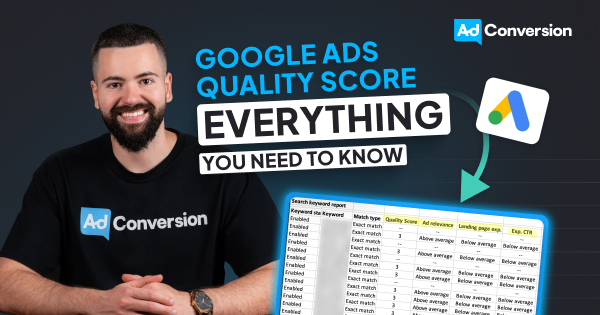
Google Ads Quality Score: Everything You Need To Know (2024)
Mastering quality score is essential if you want to pay less per click and outrank competitors.
In this article you’ll learn the 80/20 of what you need to know about quality score.
Let’s dive into it!
TABLE OF CONTENTS:
- Quality Score Simplified
- How is Quality Score Calculated?
- How to audit your Quality Score?
- How to improve your Quality Score?
- Quality Score FAQ
Quality Score Simplified
Back in 2005, Google released Quality Score.
This is a number from 1-10 that Google created to determine how relevant your ads are to what people are searching for (1 being the lowest relevance, and 10 being the highest).

Google want’s people who search to find what they are looking for.
This way they come back to Google and search again in the future.
Quality Score is how they gamified the system to achieve this objective.
It’s the perfect trinity between advertiser, searcher, and Google:
- Advertisers are rewarded with lower costs when having higher quality scores
- People searching for answers on Google will now find more relevant information
- Because people find relevant information they use Google again in the future
Before Quality Score was introduced Google was filled with tons of irrelevant ads leading to a poor experience for searchers and ultimately less people using Google in the future.
(In my opinion) Quality Score was one of the most important features released that transformed Google into the most dominant search engine in the world.
The secret to improving Quality Score is relevance.
How is Quality Score Calculated?
Ad relevance, landing page experience, and expected CTR are the three variables that go into calculating your Quality Score. Depending on how relevant each is to your keywords you’ll have a final score between 1-10 (1 being the lowest relevance, and 10 being the highest).
Ad Relevance
A metric that determines how relevant your keywords are to your ad copy.
Above average signifies great relevance, below average signifies room for improvement, below average signifies poor keyword and ad copy relevance.
Ad relevance is 100% in your control and below average ad relevance is usually the result of poor ad group structure resulting from too many keywords and/or few variations of ad copy.
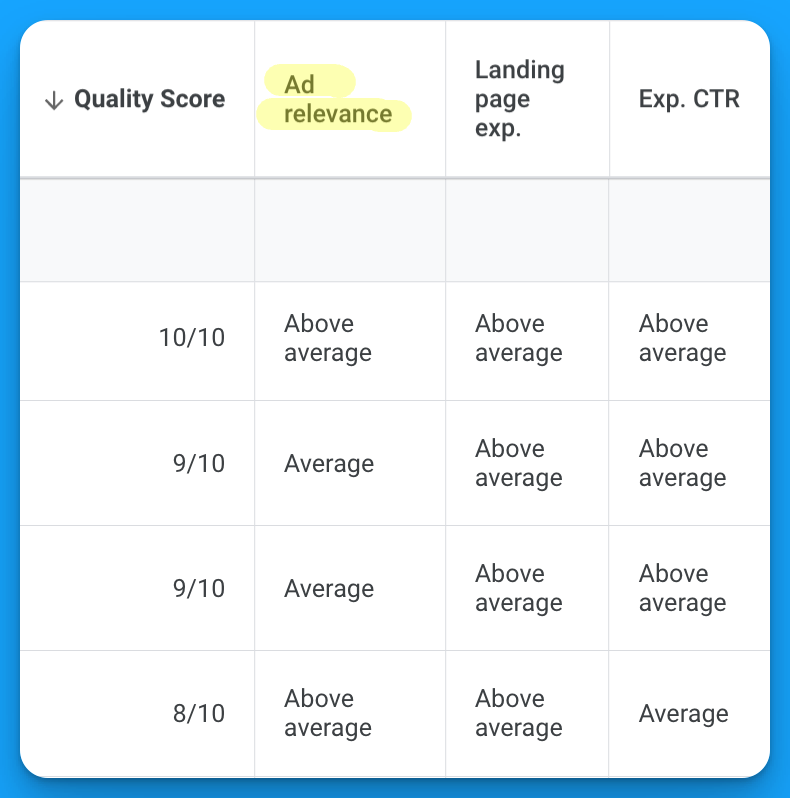
Landing Page Experience
A metric that determines how relevant your keywords, ads, and post click experience matches the search intent of the user.
It’s not just about having your keywords on the page, it also takes into consideration page load speeds, page structure (ex: H1, H2s, H3s), and mobile optimization.
Above average signifies a great landing page experience, average signifies room for improvement, and below average signifies poor post click experience.
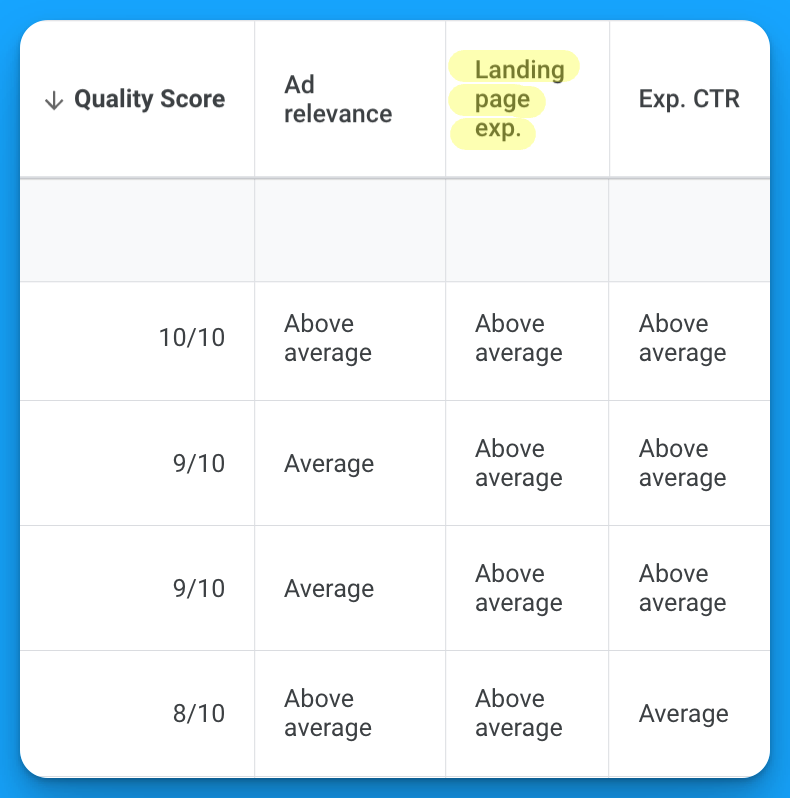
Expected CTR
A metric that determines the likelihood of someone clicking on your ads once seen in the Google search results.
In my experience auditing Google Ads accounts this is the #1 most common variable that drags down quality score for most accounts since it’s the least in your control.
This is Google’s perception based on historical and predicted performance on how well you believe your ad will be engaged with.
Above average signifies a highly engaging ad, average signifies room for improvement, and below average signifies poor ad engagement.
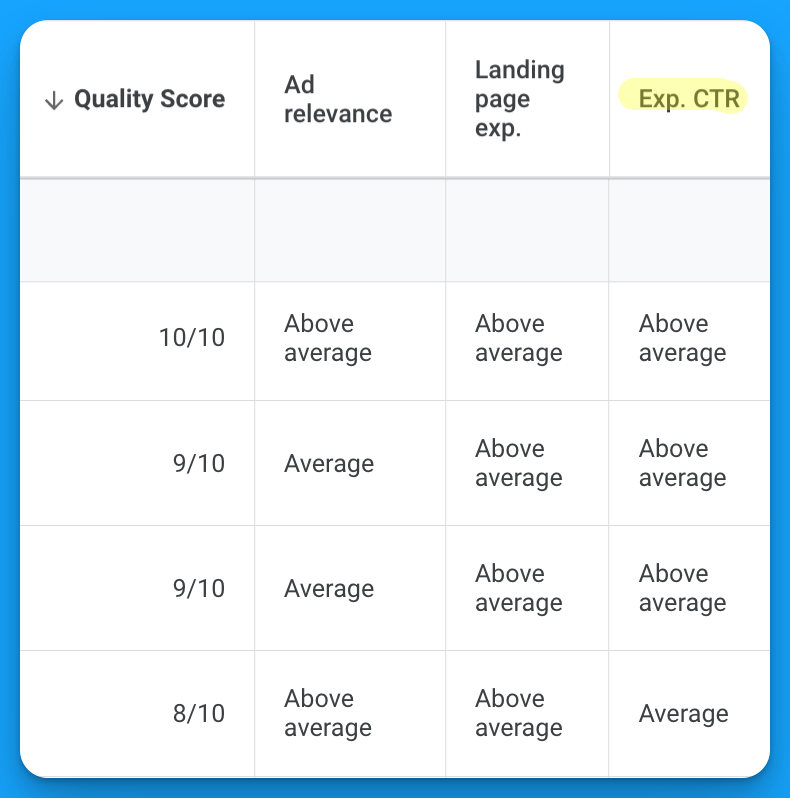
How to audit your Quality Score?
Once you understand the basics of quality score that it is a factor of relevance and three components that determine whether you’re a 1-10 the next logical question becomes:
What’s impacting my quality score performance?
Here’s how to run a Google Ads quality score to find what’s impacting your performance.
[EMBED YOUTUBE VIDEO]
Step 1 - Download a keyword report
Within your Google Ads manager navigate to the keywords section within your account:
Campaigns > Keywords (press G + K for a keyboard shortcut)
Modify your keyword columns to include:
- Quality Score
- Ad Relevance
- Landing Page Experience
- Expected CTR
Once completed download your keywords into a CSV.
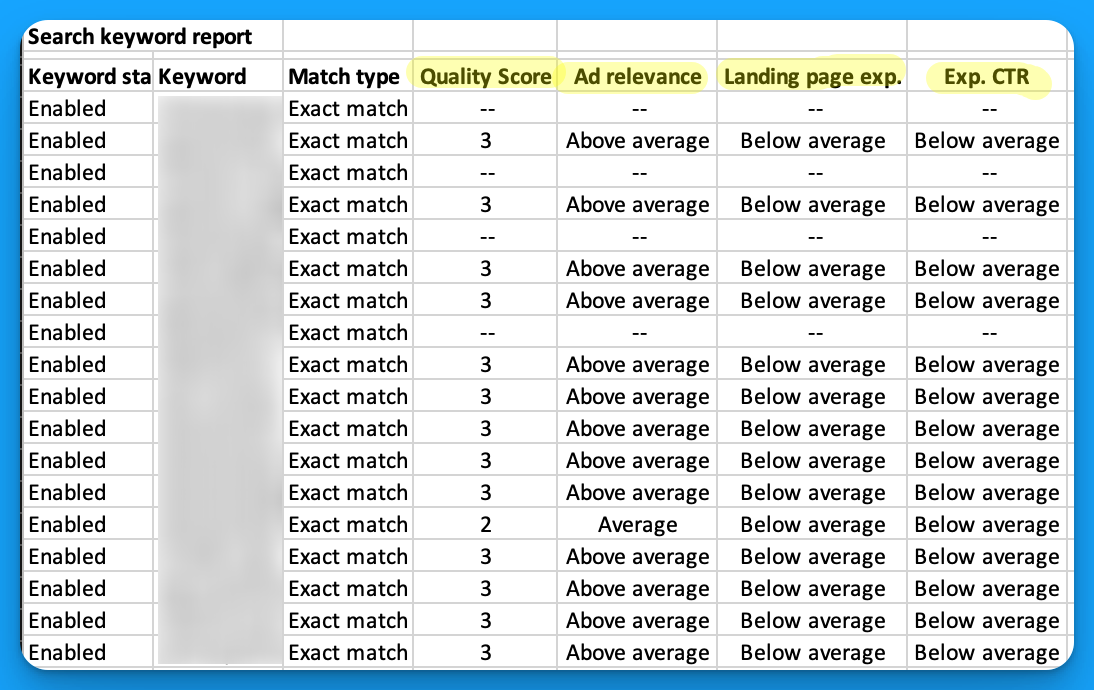
Step 2 - Summarize your keywords into a pivot table
Pivot tables are great for summarizing large amounts of data.
Within Excel navigate to Insert > PivotTable to summarize your keyword report.
Once complete format your table as follows:
- Rows = Quality Score
- Values = Count of Keywords
- Filter = Quality score 1-10 (exclude —)
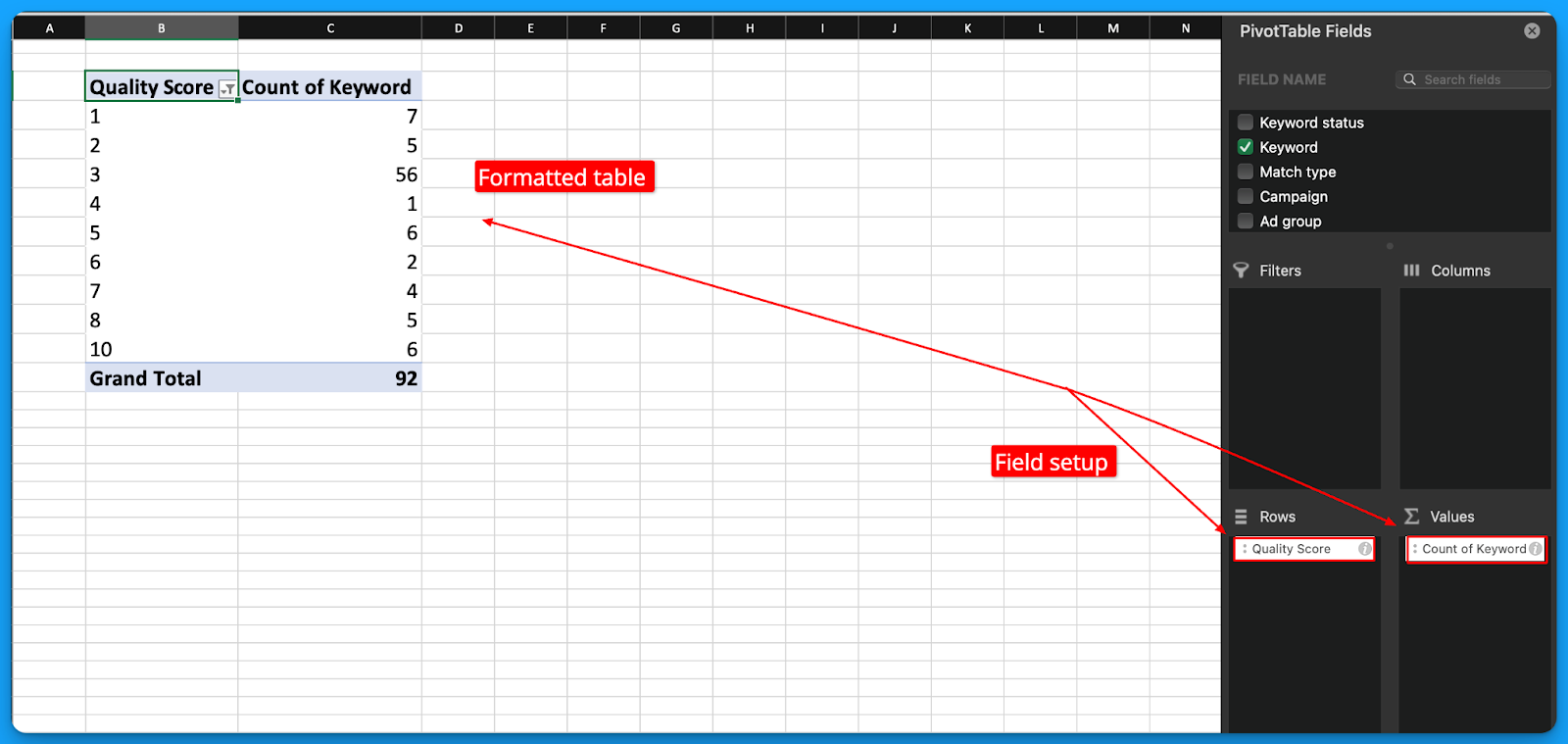
Step 3 - Drill down to understand Quality Score performance
With your table setup now you can easily see overall quality score performance and drill down into specific elements such as ad relevance, landing page experience, and expected CTR.
Switch your rows to drill down into each element of quality score to diagnose performance:
- Ad Relevance; rows = Ad Relevance, values = count of keywords
- Landing Page Experience; rows = Landing Page Experience, values = count of keywords
- Expected CTR; rows = Expected CTR, values = count of keywords

How to improve your Quality Score?
After completing your Google Ads Quality Score audit it should be pretty clear which factor of QS is hurting your performance? (ex: ad relevance, landing page experience, expected CTR).
Here’s some recommendations on how to improve each QS factor:
Improving Ad Relevance
Below average ad relevance is a symptom of poor ad group structure.
If you have below average ad relevance, fear not! Because this is 100% in your control.
Here’s some tips to improve your ad relevance:
- Add more headline variations to your responsive search ads to include the keywords within your ad groups.
- Keep your ad groups tightly grouped with thematic keywords, for the keywords that can’t fit the theme consider putting it into its own group with relevant copy.
- Consolidate your active keywords and remove below average ad relevance variations that are not receiving any worthwhile impressions or clicks.
Improving Landing Page Experience
Below average landing page experience is a symptom of poor post click experience.
If you’ve been neglecting your landing pages this is where it’s going to bite you.
Here’s some tips to improve landing page experience:
- Include your primary keyword in your headline 1 to match search intent and your ad copy.
- Run your landing page through PageSpeed Insights to find how you can improve the mobile and desktop experience.
- Follow on page SEO best practices and have proper headline, and content formatting. Remember Google will crawl your landing pages so make sure it’s technically sound.
- Install a session recording tool to see how users behave on your landing page, the insights here are invaluable at understanding gaps.
Improving Expected CTR
This is Google’s perception on how likely your ads will be clicked.
Unfortunately this aspect of Quality Score is the least in your control but that doesn’t mean there isn’t anything you can do to improve it.
Here’s some tips to improve your expected clickthrough rate:
- Use as many ad extensions as possible (ex: sitelink, image, structured snippet, etc). Ad extensions provide more info to the searcher and make your ads larger.
- Test new RSA ad copy on a monthly basis to consistently try and improve your ad clickthrough rate performance on an ongoing basis.
- Monitor your account clickthrough rate trends month over month to combat negative trends. You can set up an automated rule within Google Ads to be notified automatically via email.
- Audit your search terms report and build your negative keyword lists. Block irrelevant impressions of your ads so that you can actually drive clicks.
- Experiment with dynamic keyword insertion to see if it positively affects your ad CTR.
Quality Score FAQ
How long does it take to improve your quality score?
Technically every time your keyword enters an auction quality score is recalculated to determine placement of your ad in relation to your competitors.
However in my experience it usually takes a month to see significant changes in your overall score.
Should you worry about low quality scores?
Yes, low quality scores should cause concerns but it shouldn’t be your initial priority. The first goal should be to drive relevant traffic and convert users.
If you’re not currently accomplishing this then stressing about quality score is pointless as it’s really only a factor of reducing your costs and improving visibility.
If you’re not already converting the visibility you do have, getting more of it won’t help.
What is a good quality score?
A good quality score will fluctuate depending on your keyword strategy but overall I’d recommend having 70% of enabled keywords in your account with a score > 7.
Just know this is highly circumstantial and if you’re running a competitive keyword strategy you will have lower quality scores by default given the difficulty of including your competitors in your ads.
Hope you found this article helpful! 🔥
Check out our video tutorial linked if you want a visual walkthrough.
From Clicks to Conversions: Master Google Ads for B2B 🔥
If you want to become a Google Ads pro, check out our free B2B Google Ads courses, where you'll learn how to launch, optimize, and scale your campaigns to drive pipeline and revenue.

Here's what you'll learn in each course:
⚙️ B2B Google Ads 101 - How to Launch Dangerously Effective Campaigns for Beginners
- The Googleverse: The Game You're Playing & How To Win
- Measurement: How to Make Sure You're Profitable
- Targeting: How to Show Up For the Right Searcher
- Planning: Putting It All Together
🎯 Google Ads 102 - How to Clicks Into Profit
- Visibility: How To Find the Hole Sucking Profits
- Workflows: How to Optimize On a Daily, Weekly, Monthly & Quarterly Basis
- Experimentation: How to Test & Automate Profitability
- Troubleshooting: How To Solve Inevitable Problems
🚀 Google Ads 103 - How to Scale Google Ads For Advanced Advertisers
- Methodology: How to Vertically Scale Google Ads From A-Z
- Campaigns: Scaling Horizontally Through Campaign Themes
- Channels: Scaling Outside of Paid Search
Click Here to Join 1,000+ B2B Marketers Today and start leveling up your advertising skill set.
Takes < 90 seconds to sign up (seriously we timed it 😂)
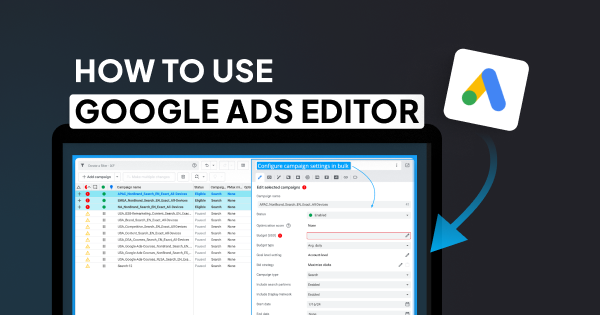
How To Use The Google Ads Editor In 2025: Bulk Upload Campaigns, Ads & Keywords
There’s nothing worse than making bulk changes natively in Google Ads.
If you’re ready to save hours bulk uploading campaigns, ads, and keywords.
Mastering the Google Ads Editor is essential.
Let’s cover everything you need to know 👇
TABLE OF CONTENTS:
- What is the Google Ads Editor?
- How to get started with the Google Ads Editor?
- How to bulk upload campaigns, keywords, and ads with the Google Ads Editor
60-second crash course on the Google Ads Editor
What is the Google Ads Editor?
It’s a free tool that you can install to update your campaigns offline including altering campaign settings, adjusting keyword bids, and creating new campaigns, ads, and ad groups.
Any serious Google advertiser uses the editor to save hours performing tedious tasks.
Make sure you download the latest version of the editor to follow along in this article.
How to get started with the Google Ads Editor?
After installation add your Google Ads account within the Account Manager and download all campaigns so you have the most recent version of your account.
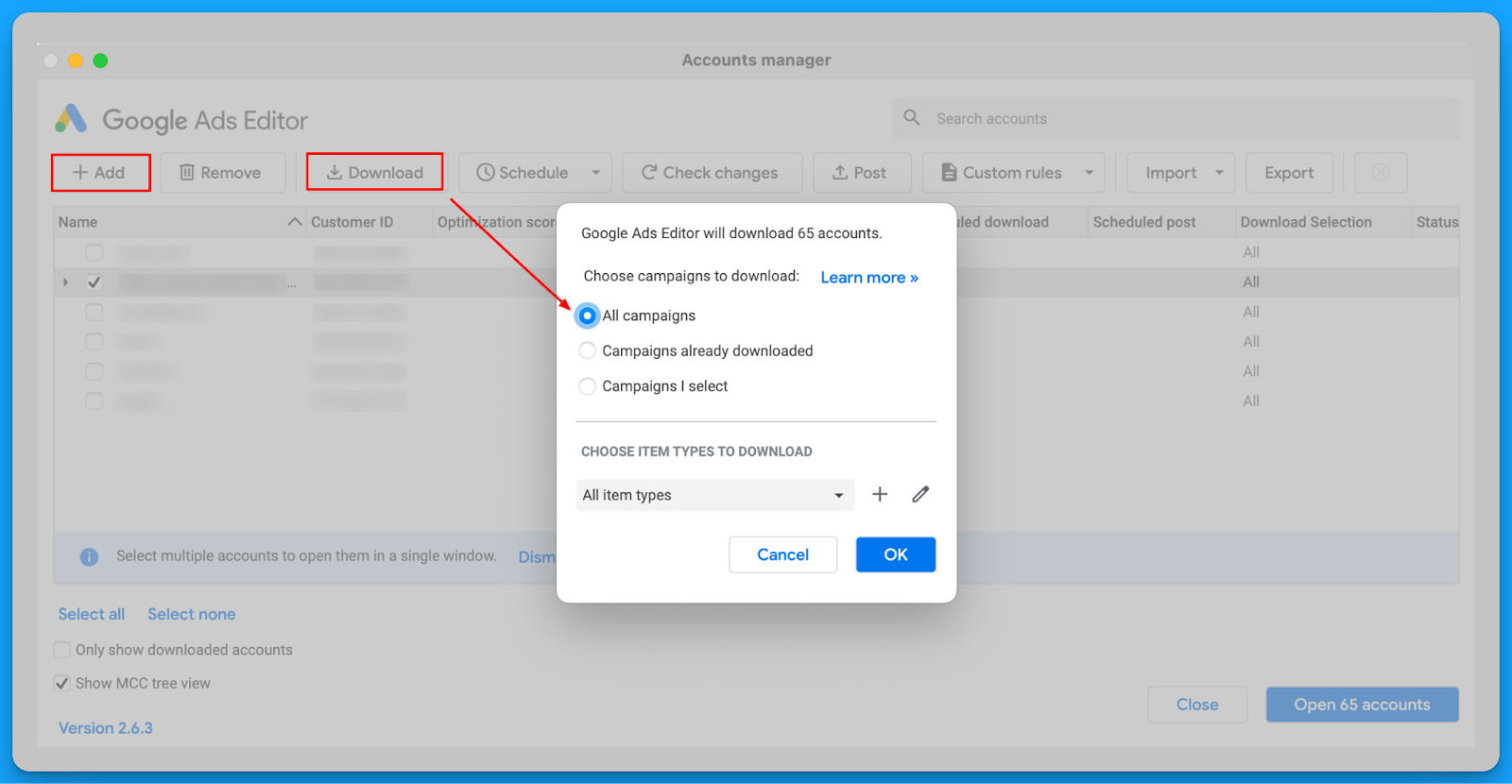
The Google Ads Editor follows the same account structure:
Account > Campaign > Ad Group > Keyword > Ads

Highly recommend using the Hide Empty Types filter to reduce irrelevant options visible.
How to bulk upload campaigns, keywords, and ads with the Google Ads Editor
The easiest way to bulk upload campaigns into the editor is using a google sheet template.
This template should have the following fields fields available (at minimum):
- Campaign
- Ad Group
- Keyword
Get a copy the example template below here <<

Once you have your template copy you’re ready to get started.
Step 1: configure your campaign import template
Fill in your import template with all the relevant campaign names, ad group, keywords, and ads.
Do not modify the column headers as these are meant to match the editors default fields.
Feel free to fill in whichever fields you find most relevant.
Step 2: Upload your campaign import template
Once you’ve completed setting up your campaign import template with all your relevant details it’s time to import your campaigns into the editor.
Navigate to Account > Import > Paste Text to begin the import process:

Once complete copy all of the column headers and rows you filled in in your import template and paste them into the import from text window:
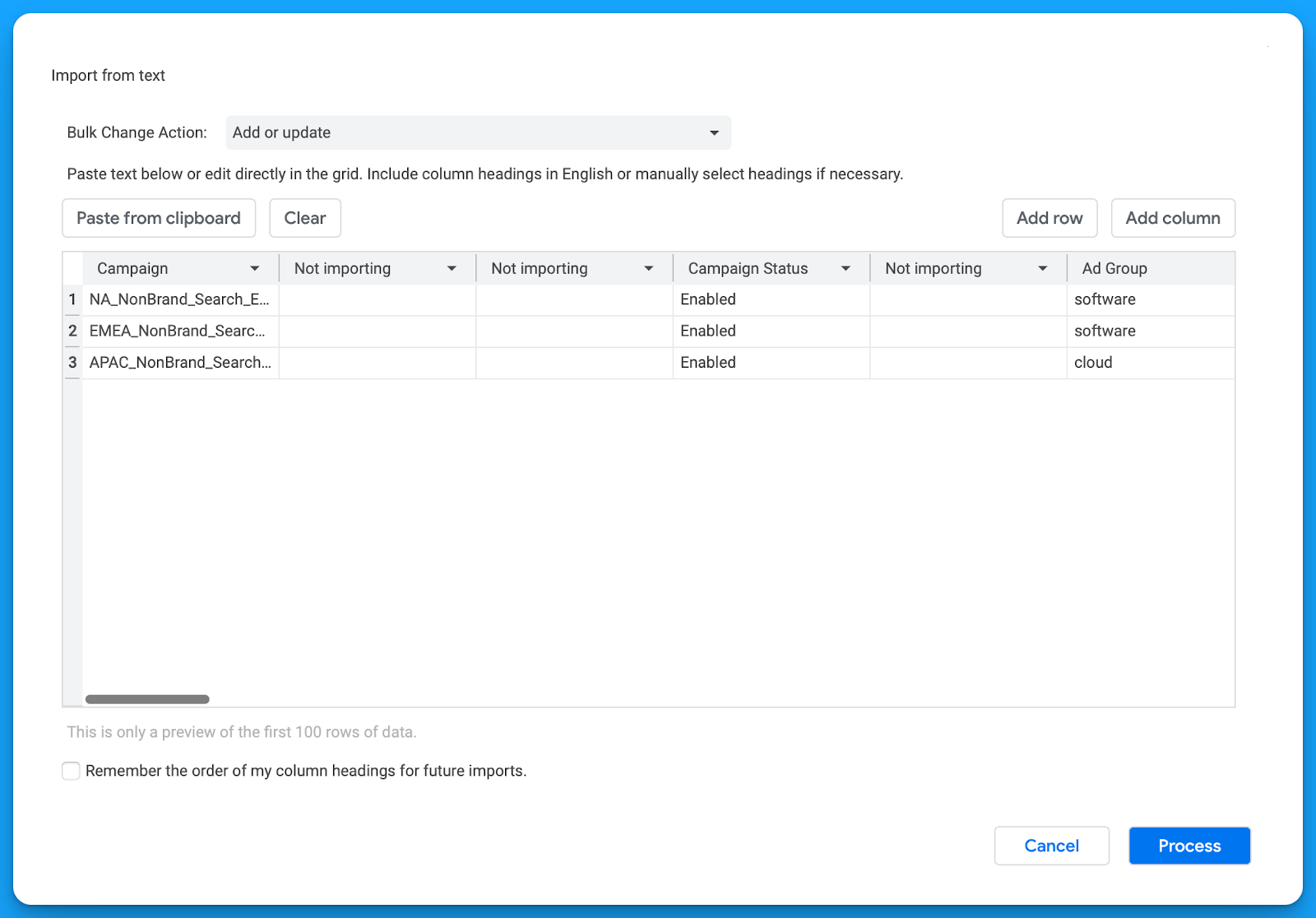
Don’t worry about the blank “Not importing” columns this is due to the formatting of the import template I provided, instead review the fields that are filled in the column headers.
Make sure everything is looking accurate according to what you want to import.
Once complete click Process to import the campaigns, keywords, and ads.
Step 3: Configure your campaign settings and publish
After reviewing your changes make sure to select Keep in order to retain them.
Now you should have all of your campaigns, ad groups, keywords, and ads that you filled into your import template visible within the Google Ads Editor.
The final step is to configure your campaign and publish your changes.
Highlight each of your new campaigns at the sametime to apply the same campaign settings across of all them at once 🚀
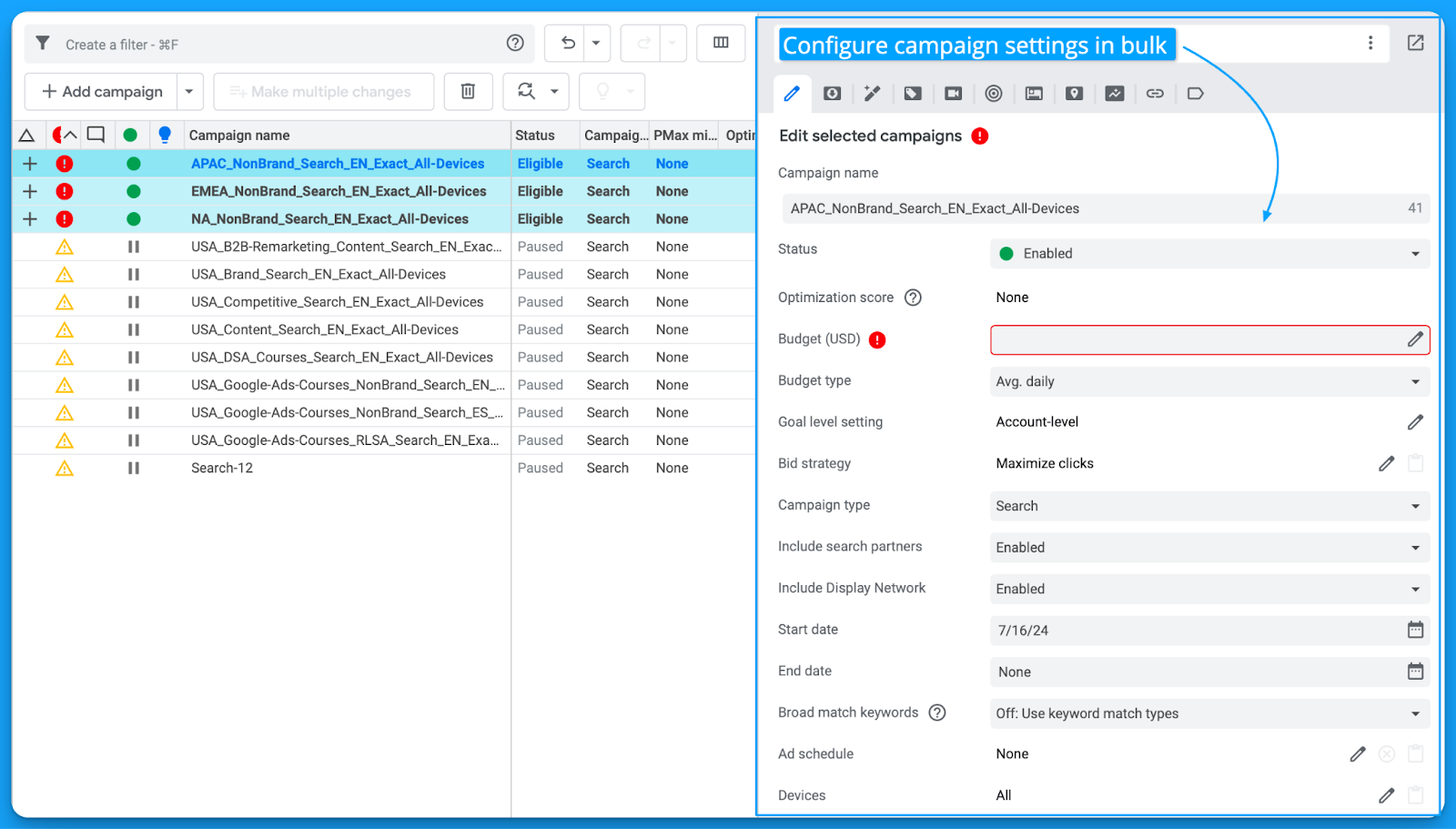
Review all available campaign settings and uncheck the Display Network for search.
If you don’t want your campaigns to spend when published, change the status to Paused.
Once your campaigns are ready to be published into your live Google Ads account.
Select Post > Post Changes > Selected Campaigns
That’s it! 🎉you’ve just saved hours and created campaigns in bulk.
Hope you found this article helpful, see you in the next one!
From Clicks to Conversions: Master Google Ads for B2B 🔥
If you want to become a Google Ads pro, check out our free B2B Google Ads courses, where you'll learn how to launch, optimize, and scale your campaigns to drive pipeline and revenue.

Here's what you'll learn in each course:
⚙️ B2B Google Ads 101 - How to Launch Dangerously Effective Campaigns for Beginners
- The Googleverse: The Game You're Playing & How To Win
- Measurement: How to Make Sure You're Profitable
- Targeting: How to Show Up For the Right Searcher
- Planning: Putting It All Together
🎯 Google Ads 102 - How to Clicks Into Profit
- Visibility: How To Find the Hole Sucking Profits
- Workflows: How to Optimize On a Daily, Weekly, Monthly & Quarterly Basis
- Experimentation: How to Test & Automate Profitability
- Troubleshooting: How To Solve Inevitable Problems
🚀 Google Ads 103 - How to Scale Google Ads For Advanced Advertisers
- Methodology: How to Vertically Scale Google Ads From A-Z
- Campaigns: Scaling Horizontally Through Campaign Themes
- Channels: Scaling Outside of Paid Search
Click Here to Join 1,000+ B2B Marketers Today and start leveling up your advertising skill set.
Takes < 90 seconds to sign up (seriously we timed it 😂)
People Also Ask
How can I ensure data accuracy when performing bulk uploads in Google Ads Editor?
Before uploading, validate your data by checking for formatting errors, duplicate entries, and alignment with Google Ads policies. Utilize the “Check Changes” feature in Google Ads Editor to identify and resolve any issues prior to posting.
What are the best practices for structuring CSV files for bulk uploads in Google Ads Editor?
Ensure your CSV files have clear headers corresponding to the fields in Google Ads. Maintain consistent formatting, use UTF-8 encoding, and include all required columns to prevent upload errors.
How can I manage and track changes made through Google Ads Editor?
Regularly download the latest account data to keep your offline version updated. After making changes, use the “Post Changes” feature to upload them. Keep detailed records of modifications for future reference and accountability.
What are common pitfalls to avoid when using Google Ads Editor for bulk changes?
Avoid making extensive changes without intermediate uploads, as this can complicate troubleshooting. Ensure all changes comply with Google Ads policies to prevent disapprovals. Regularly synchronize your offline and online accounts to maintain consistency.
How can I leverage Google Ads Editor to optimize campaign performance?
Utilize bulk editing features to efficiently adjust bids, update ad copy, and refine targeting across multiple campaigns. Regularly analyze performance data to inform strategic adjustments, enhancing overall campaign effectiveness.



%20-%20new%20v2.png)























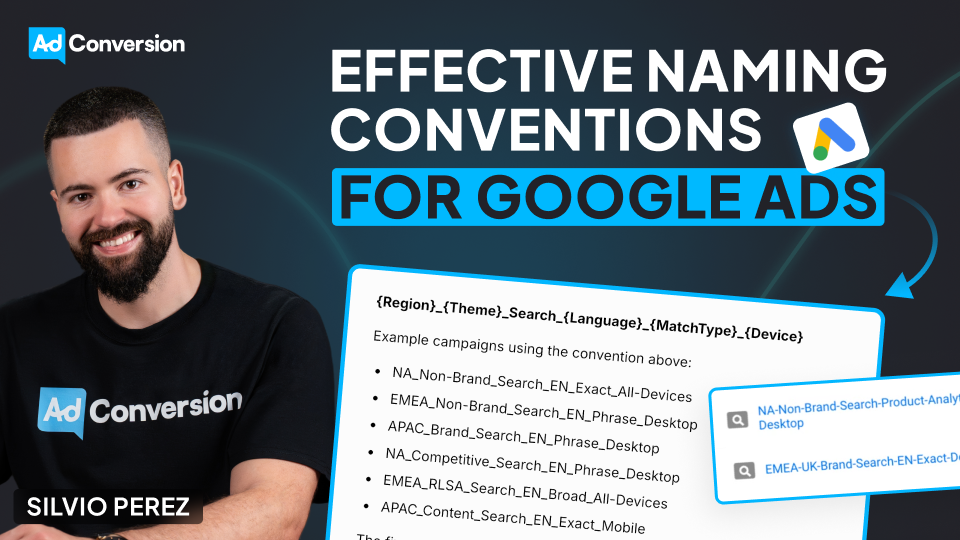
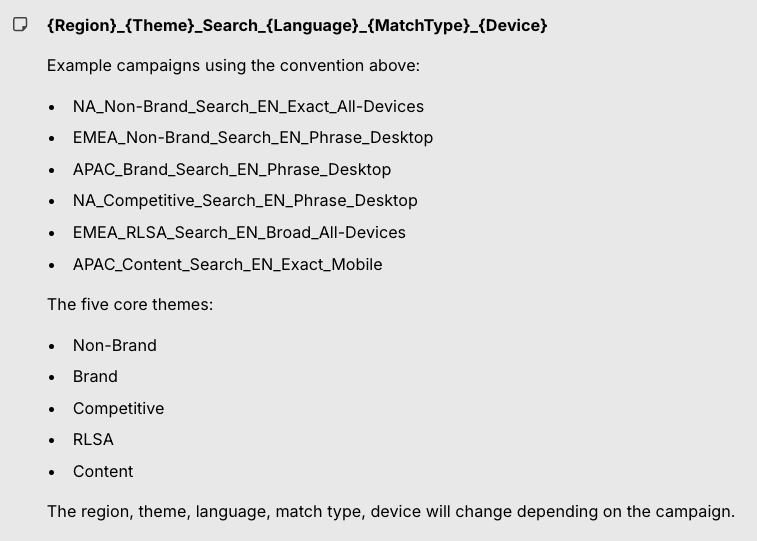

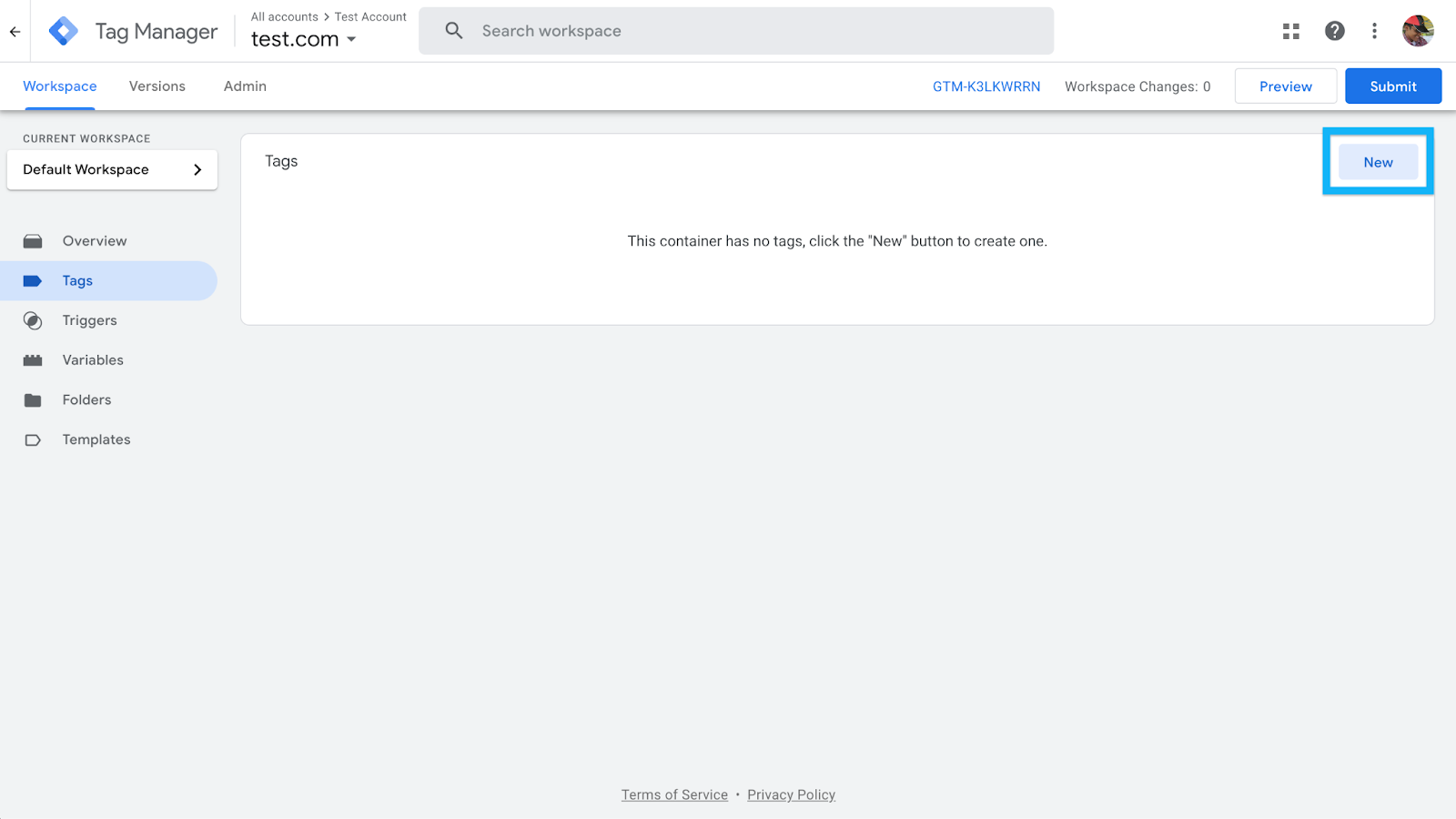
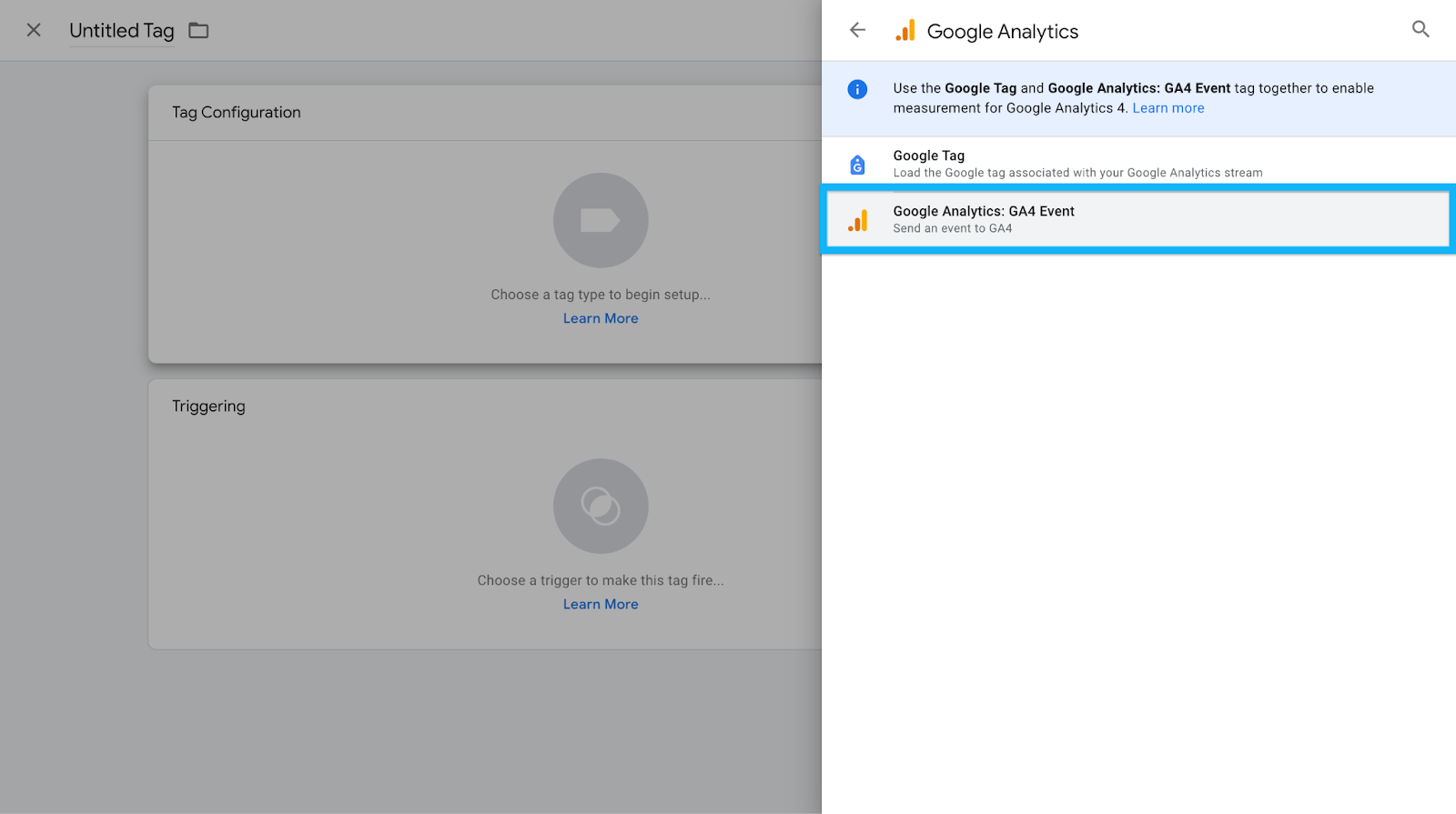
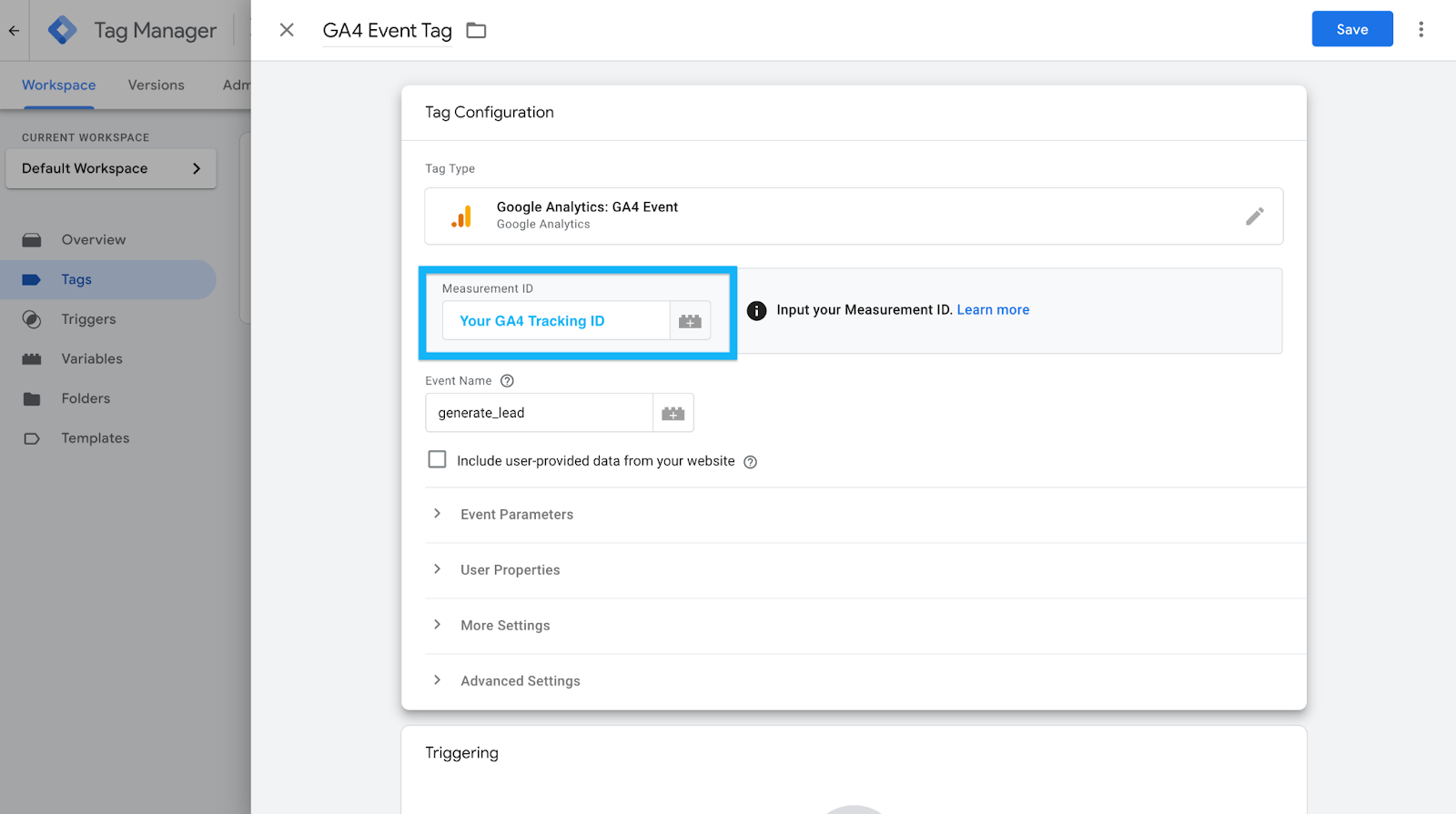
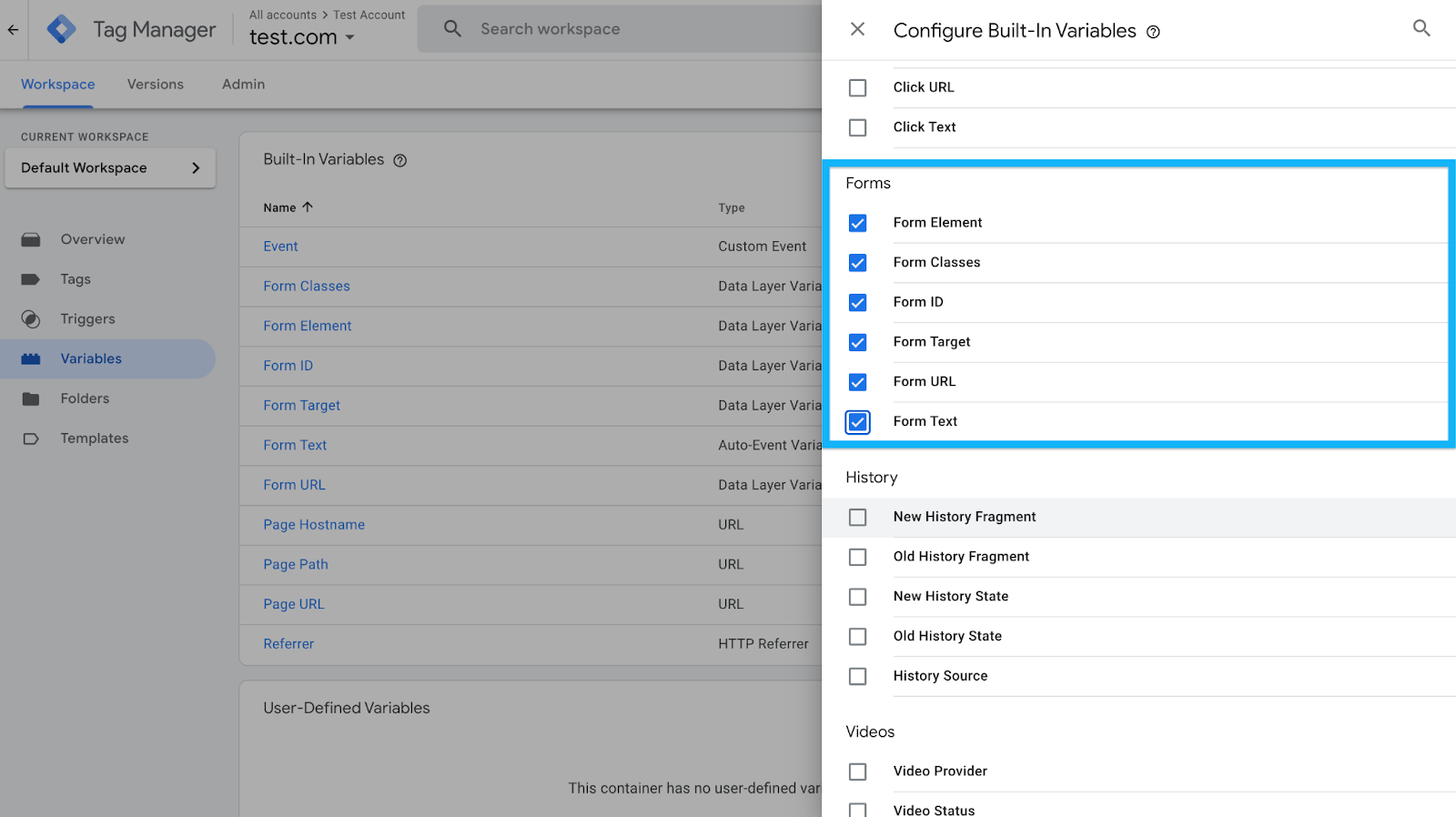

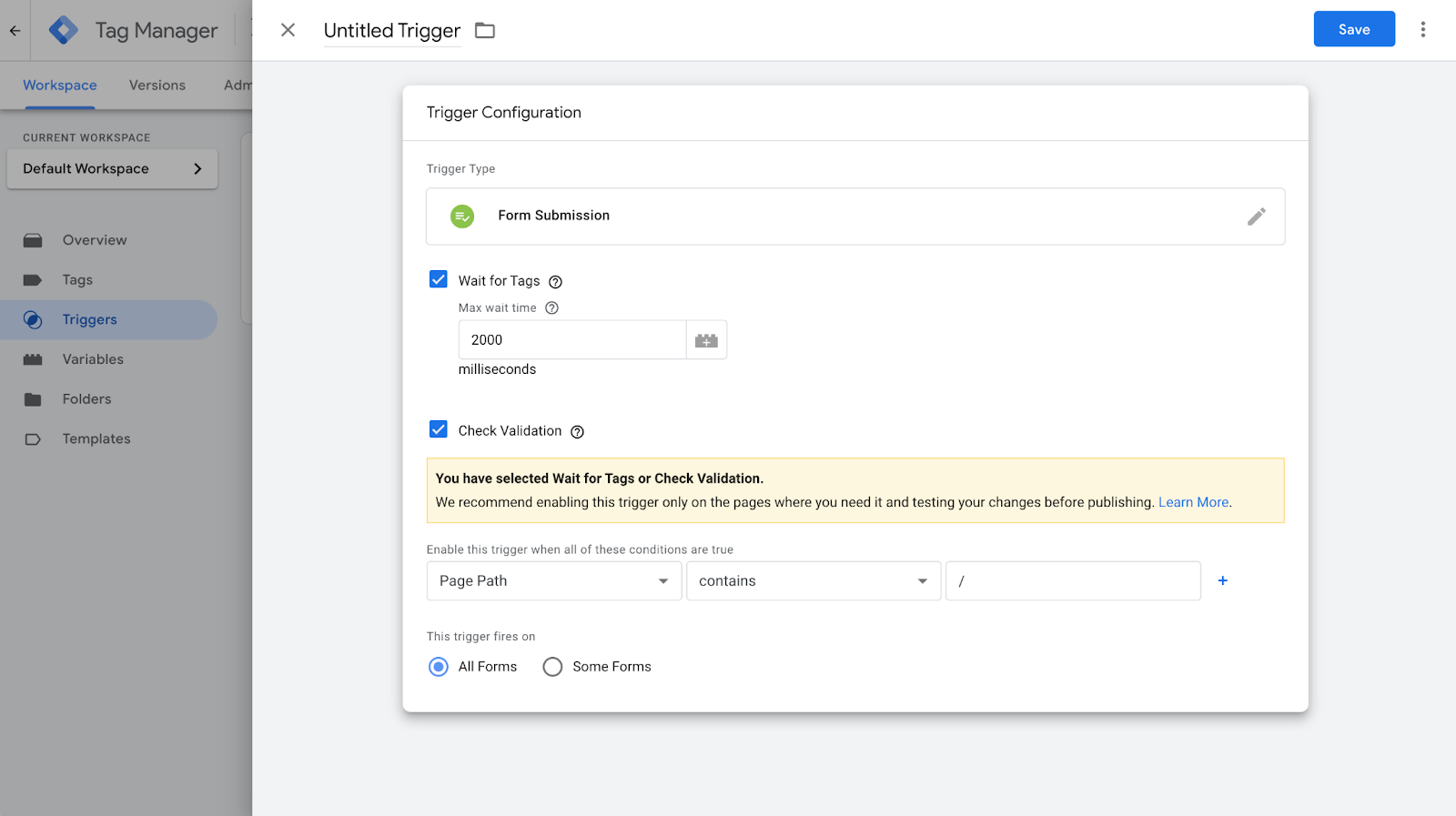
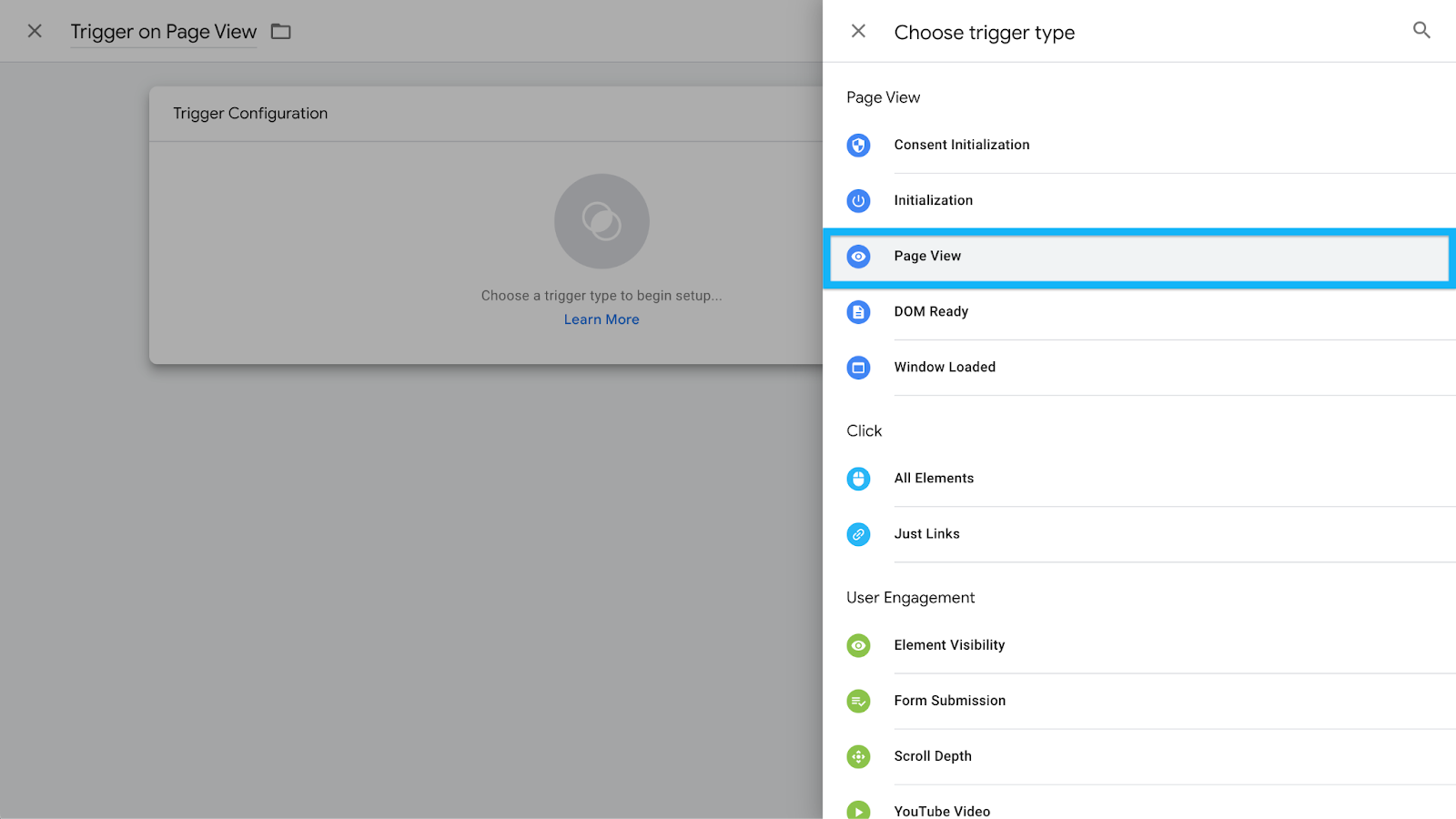
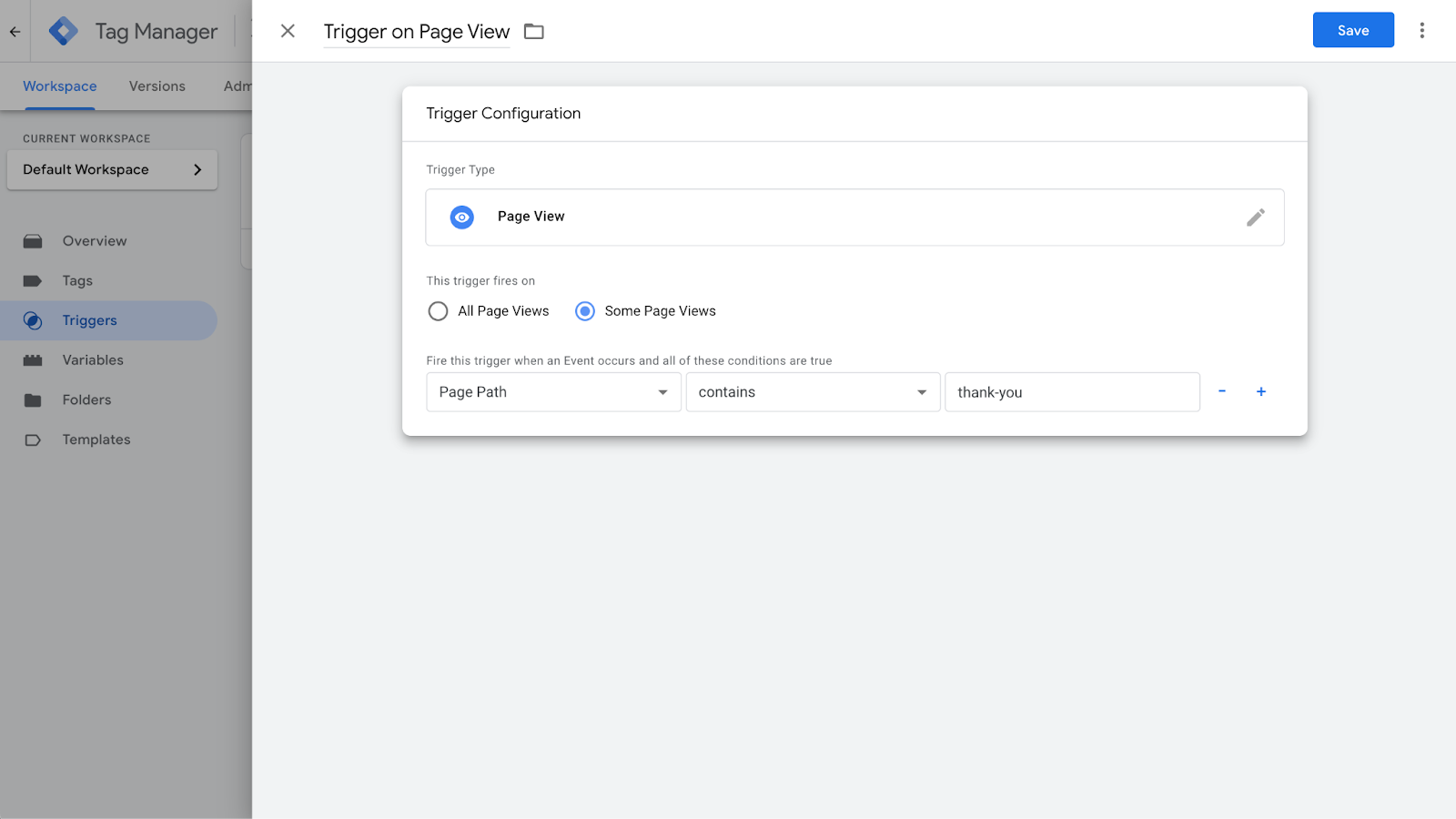
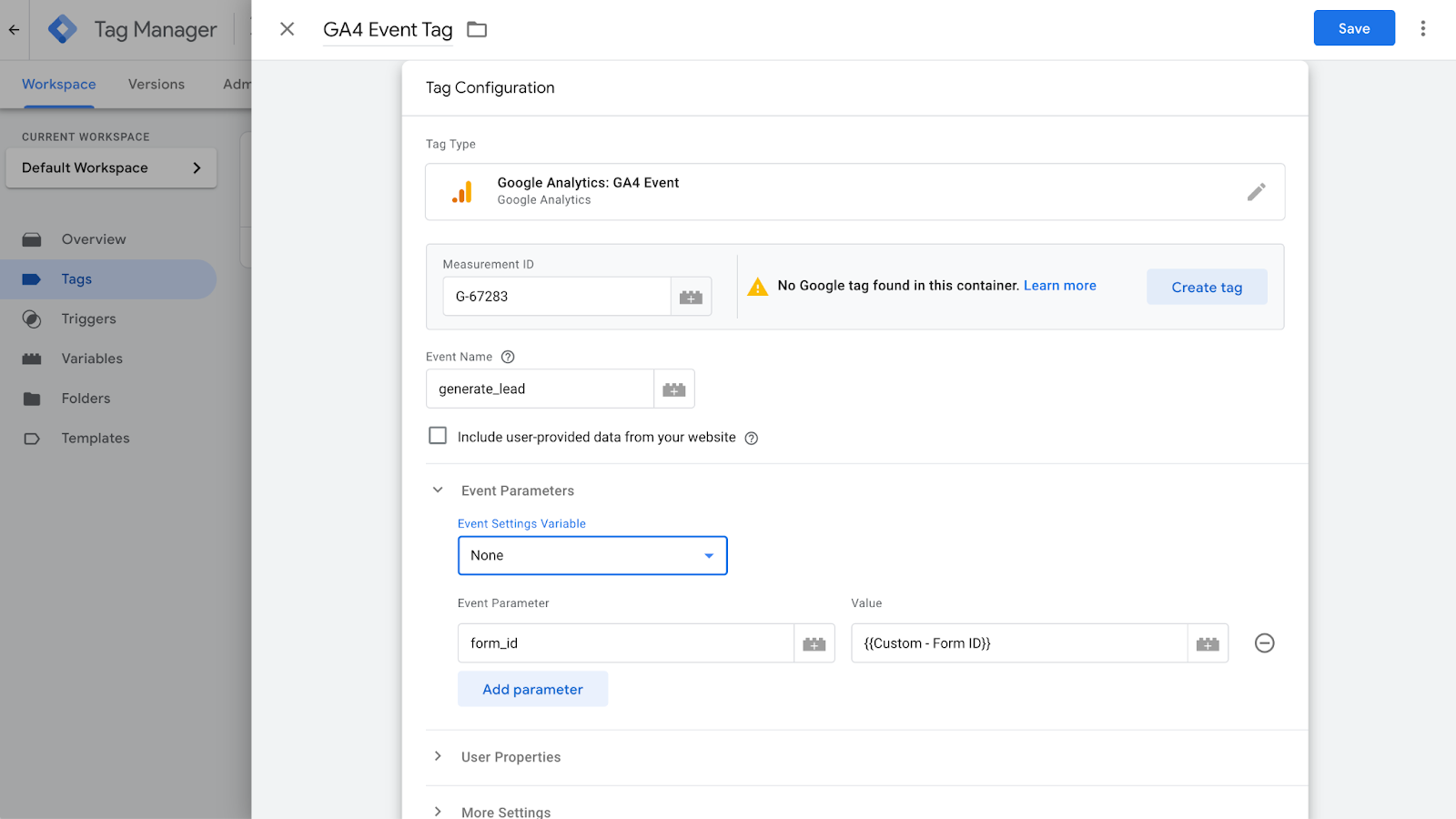
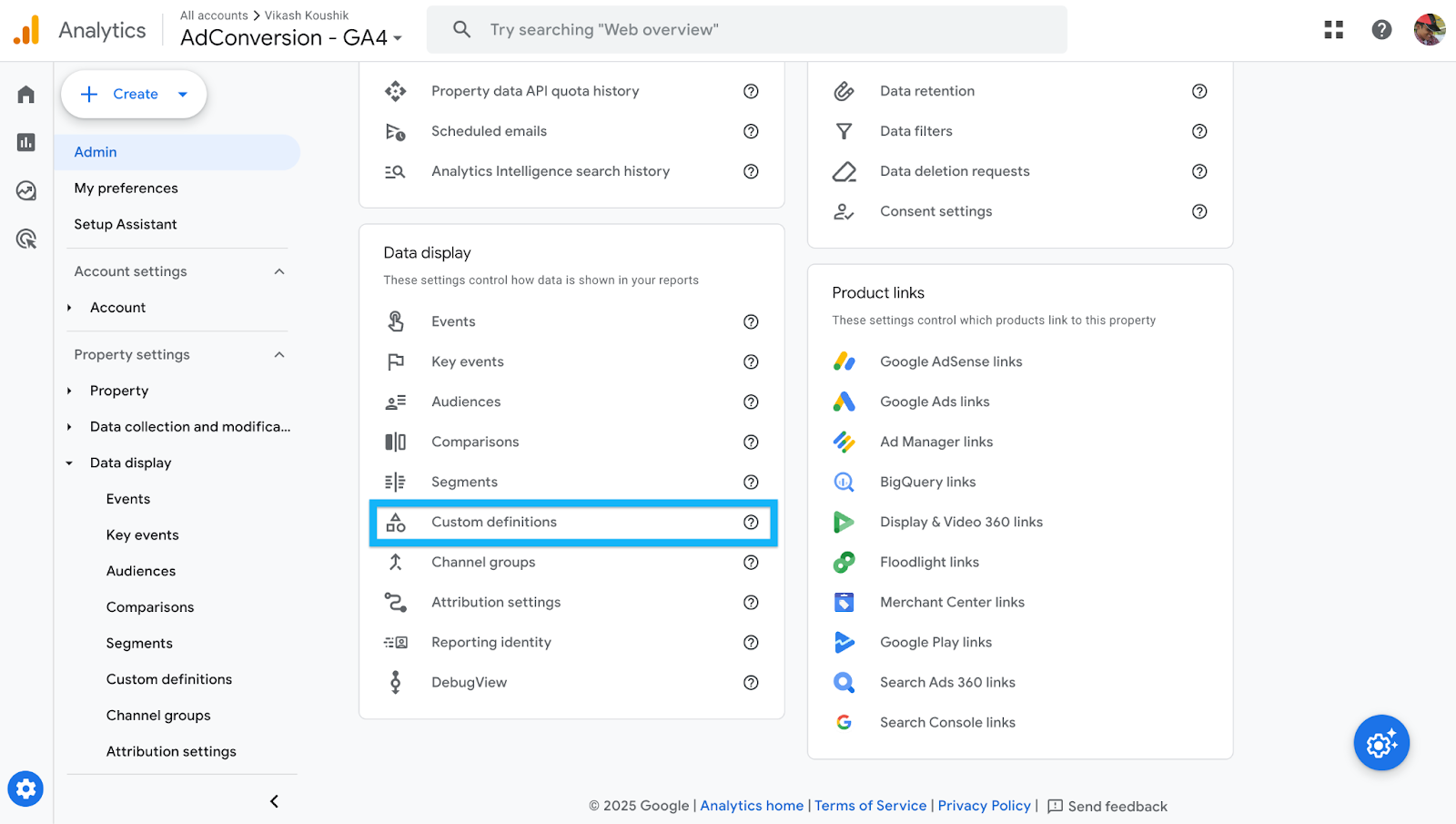



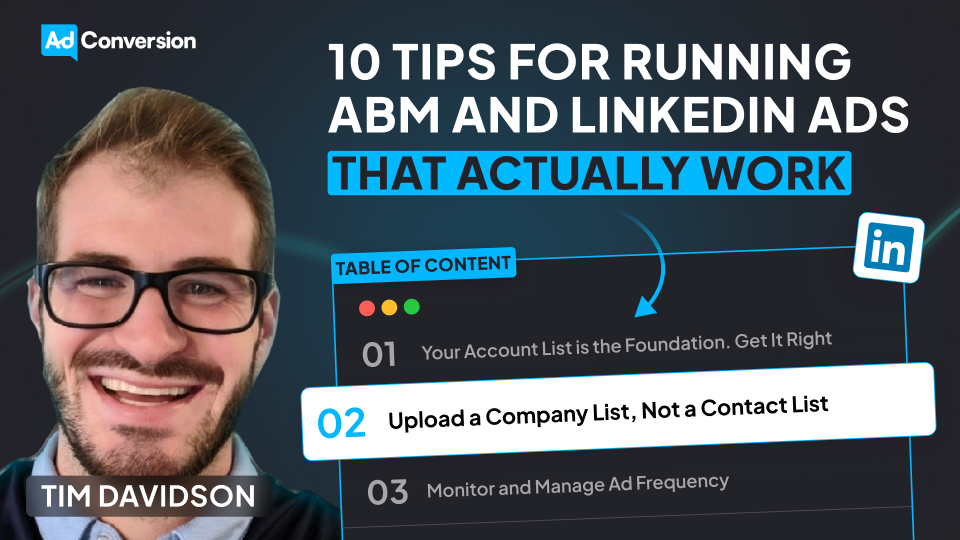
.jpeg)
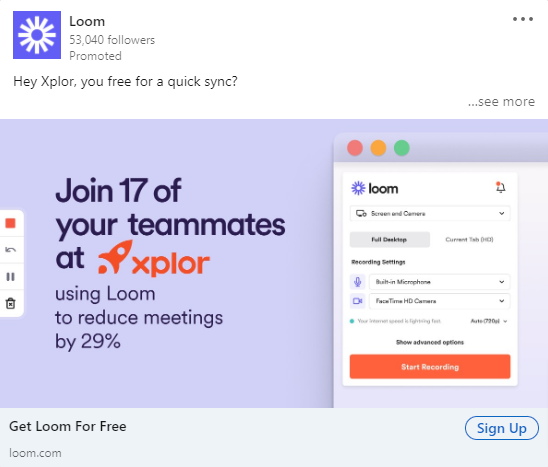

.png)


